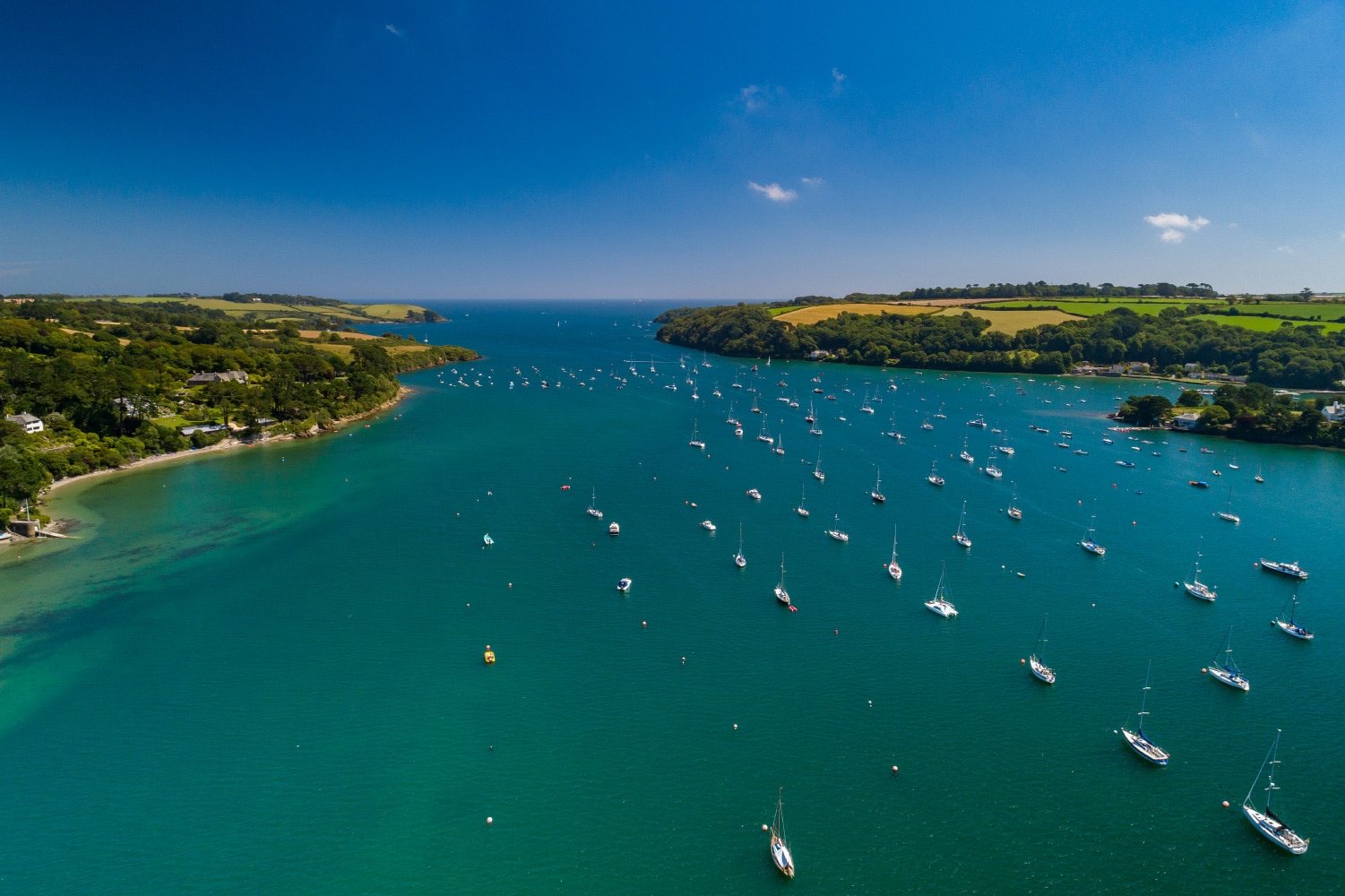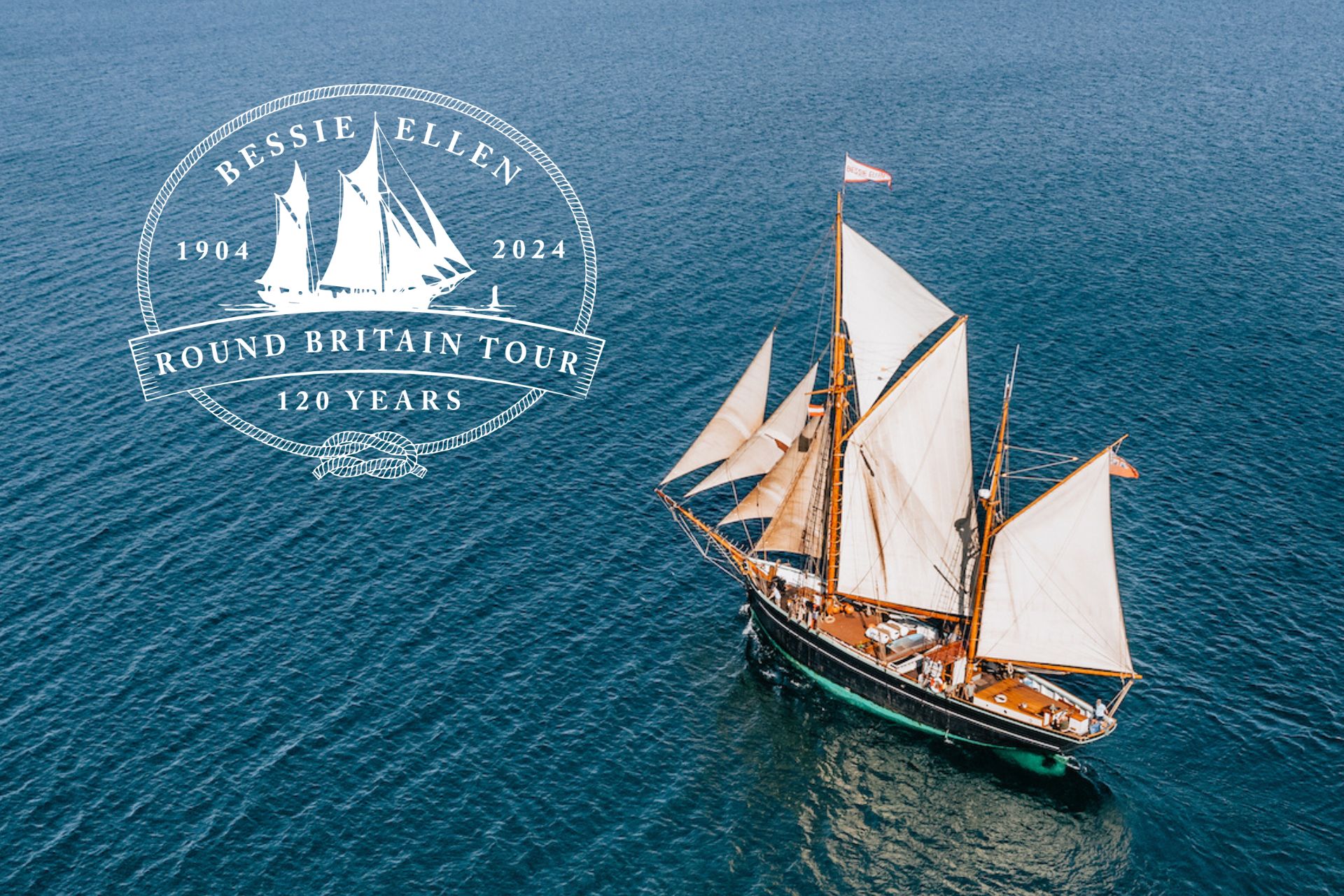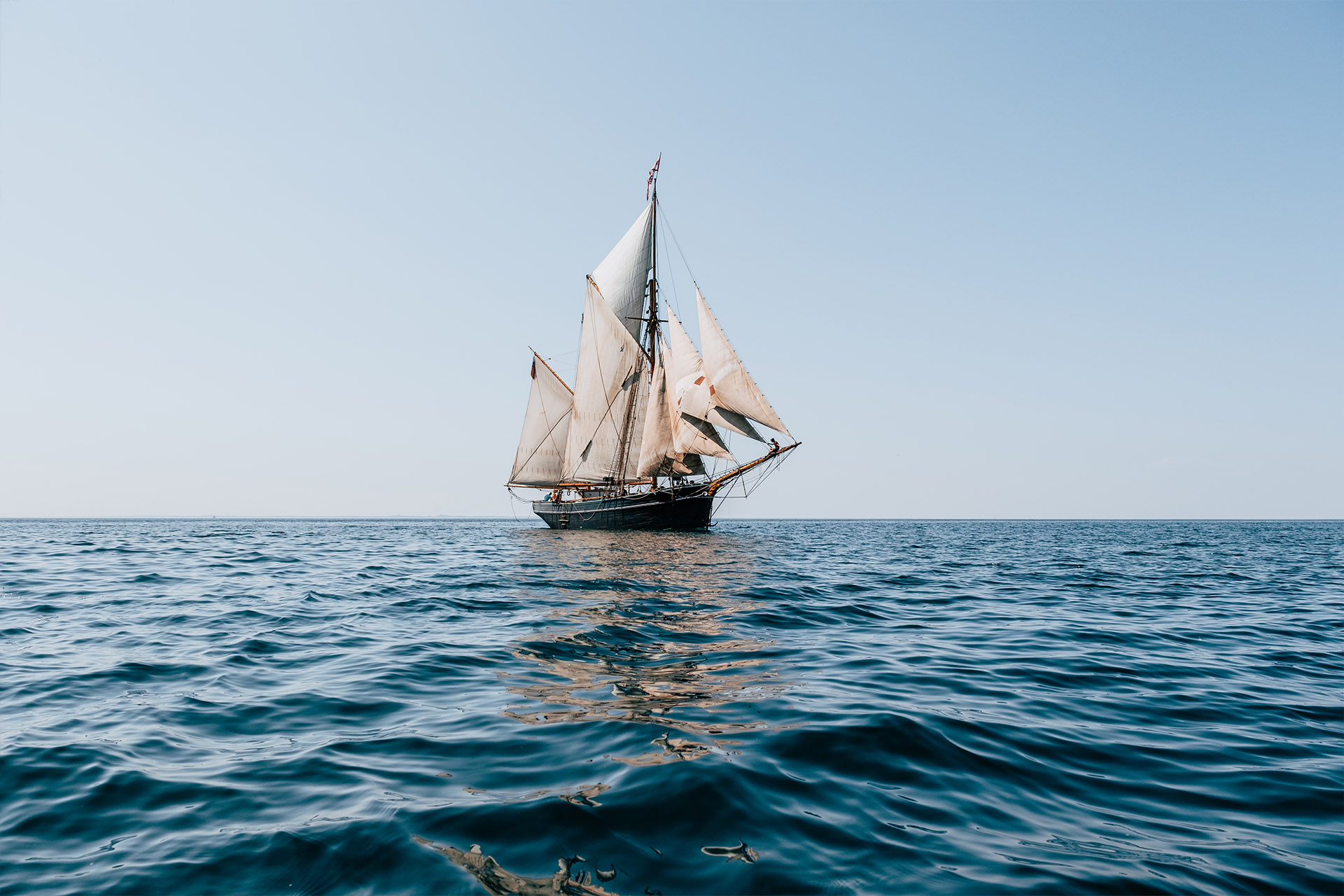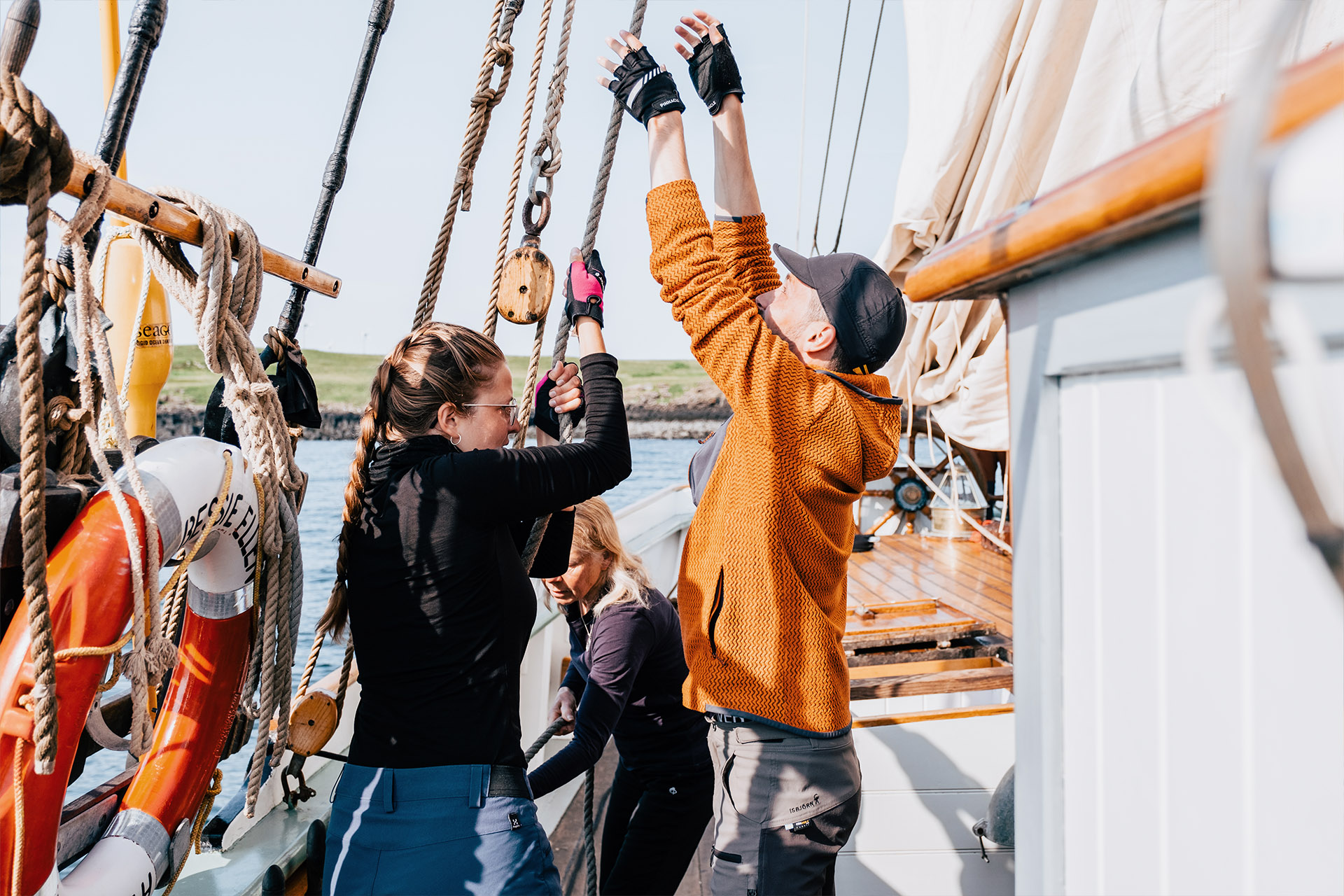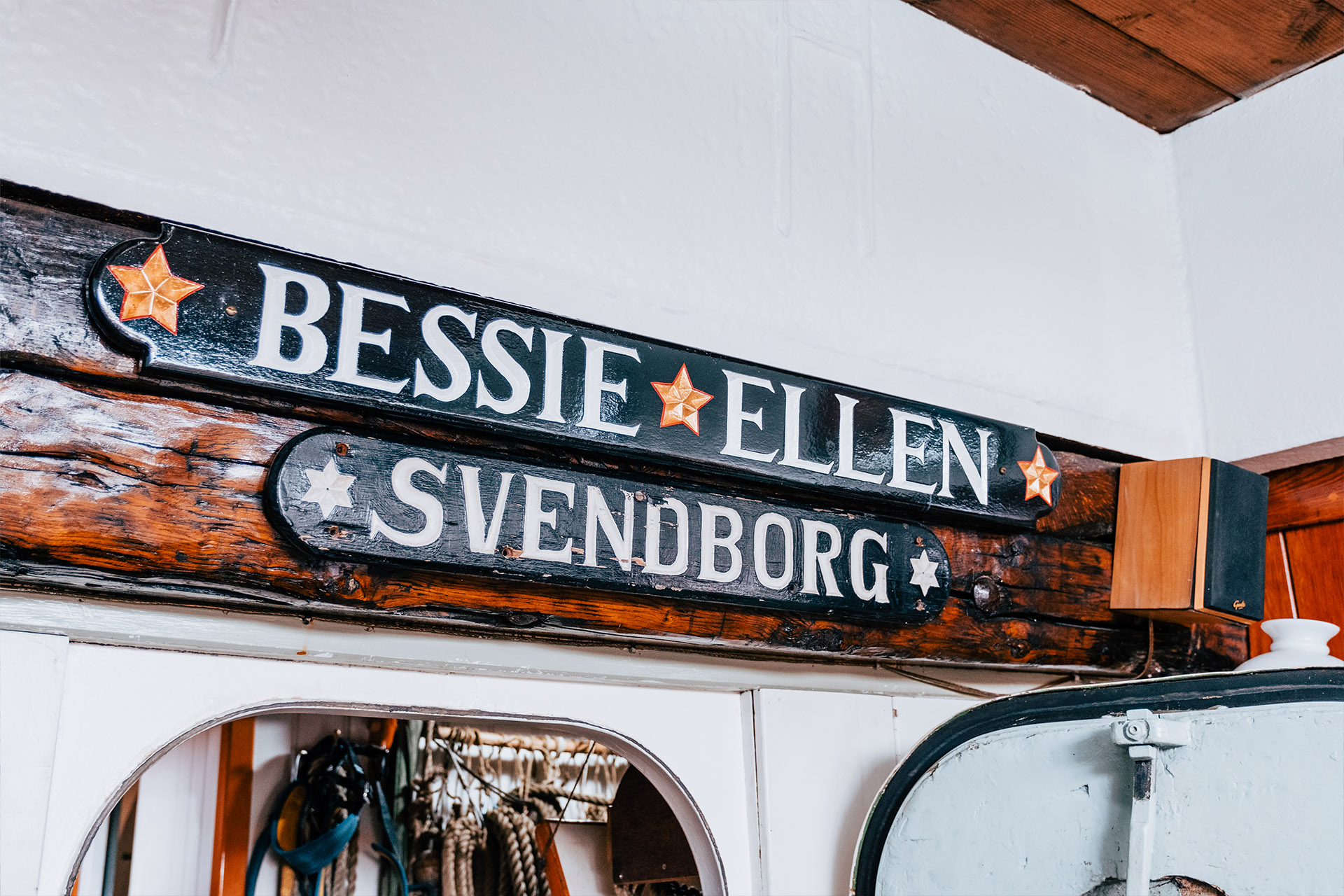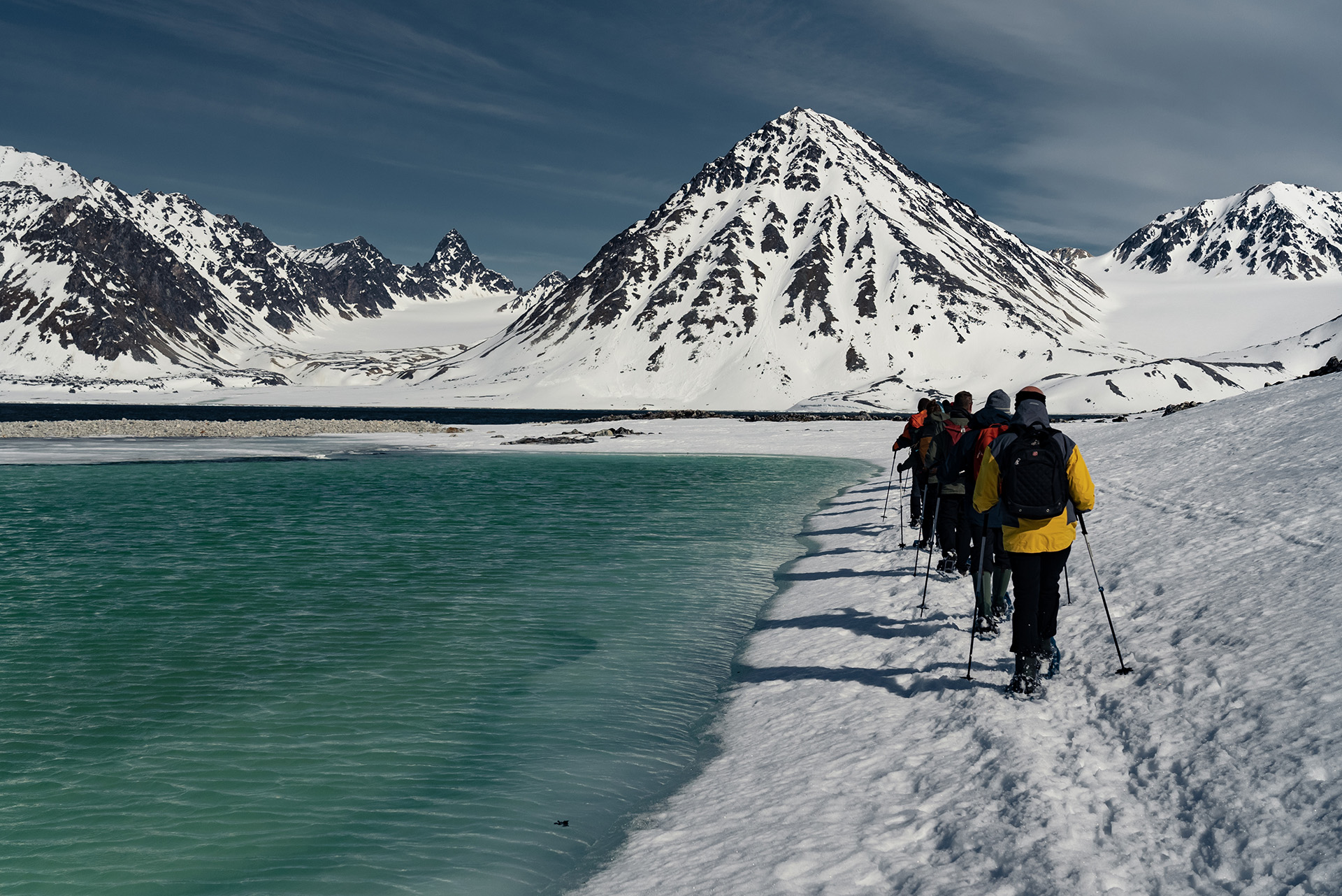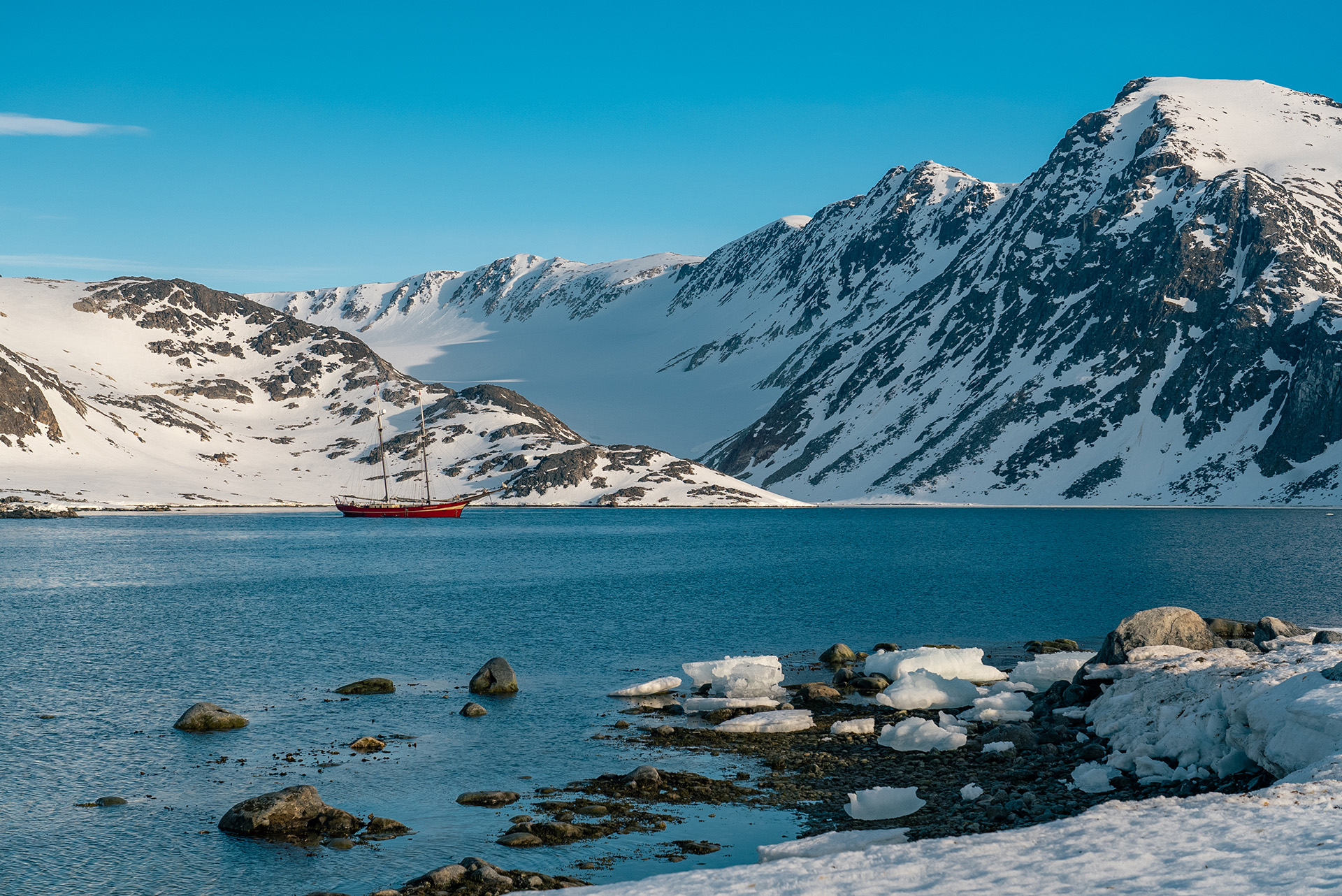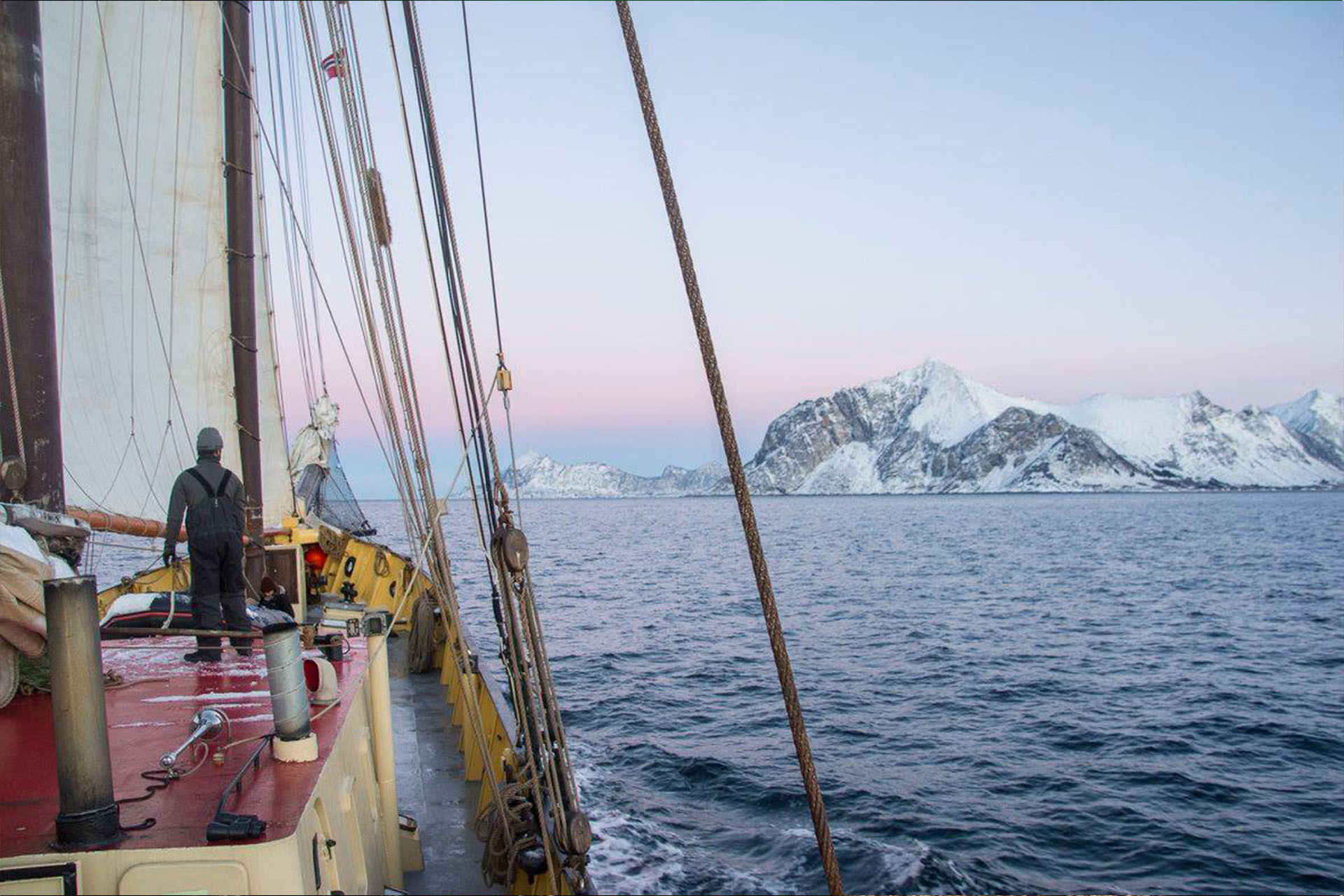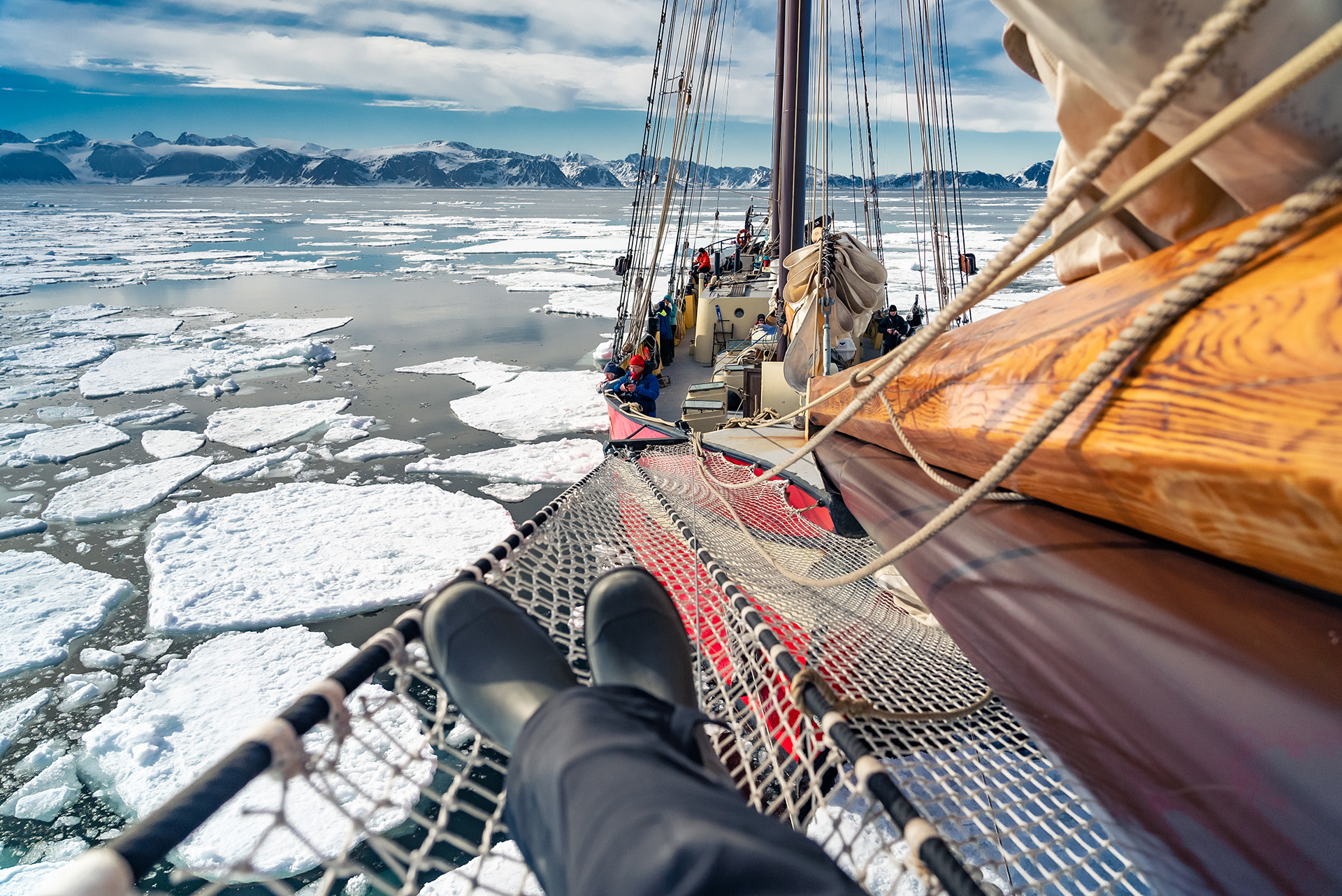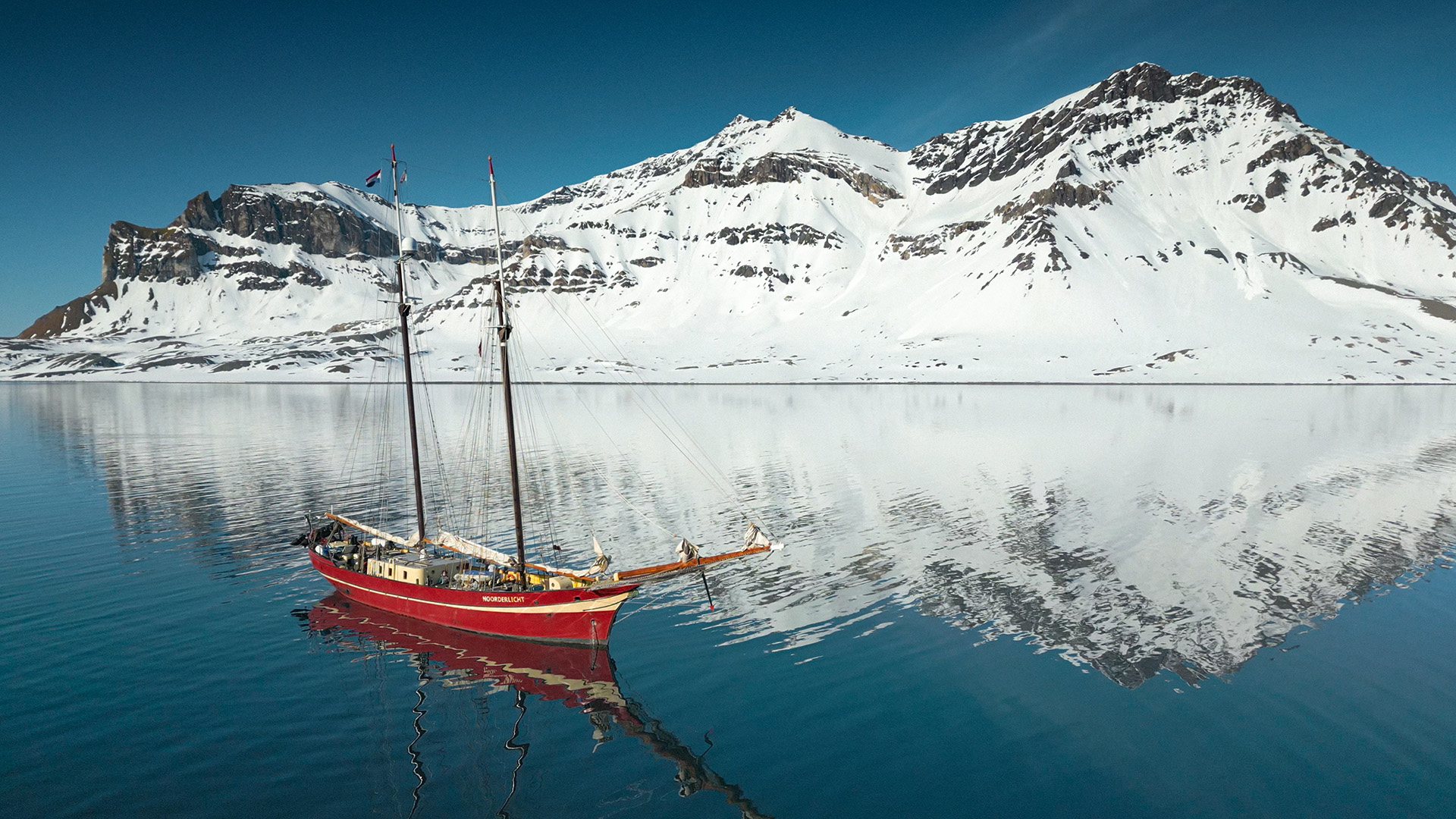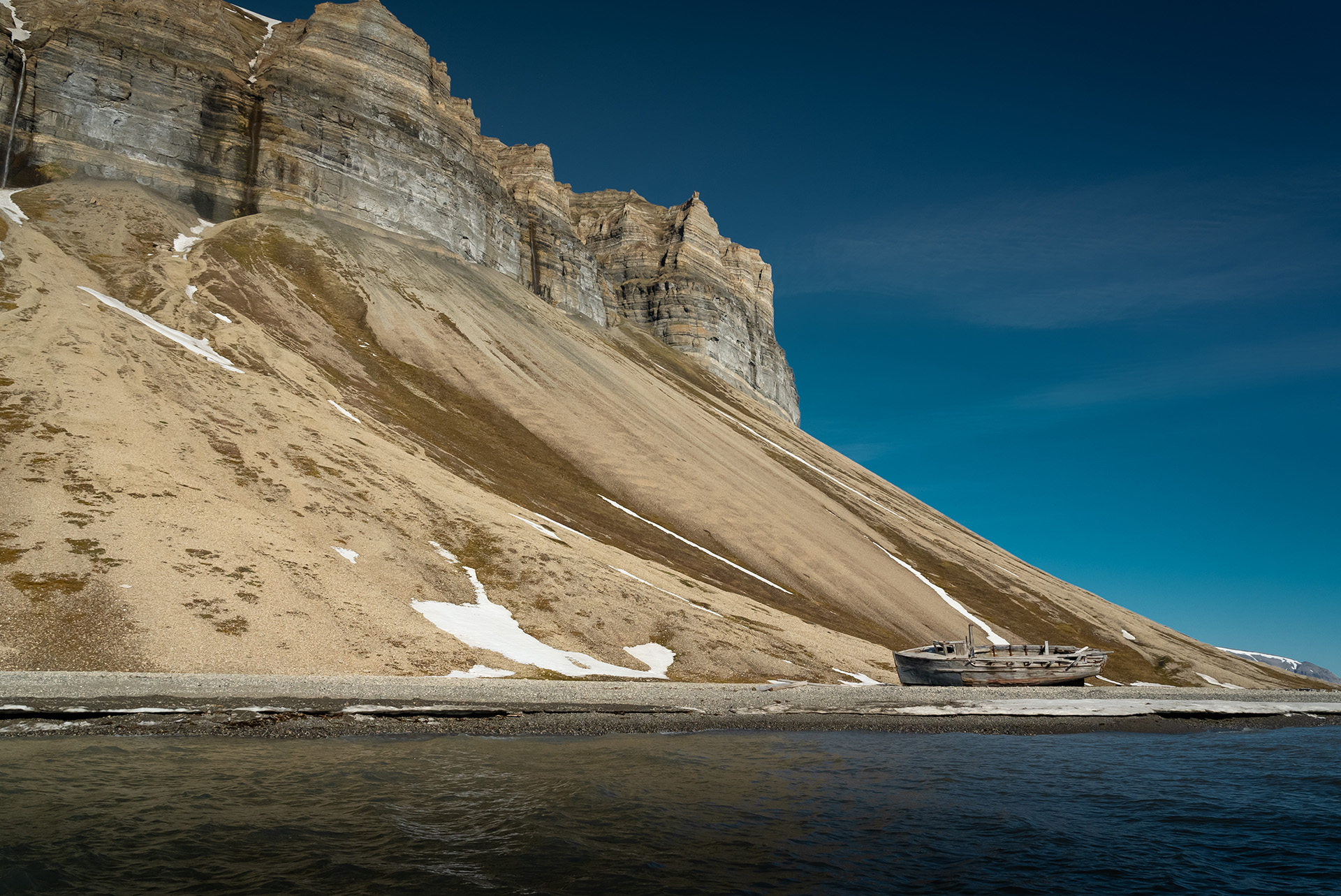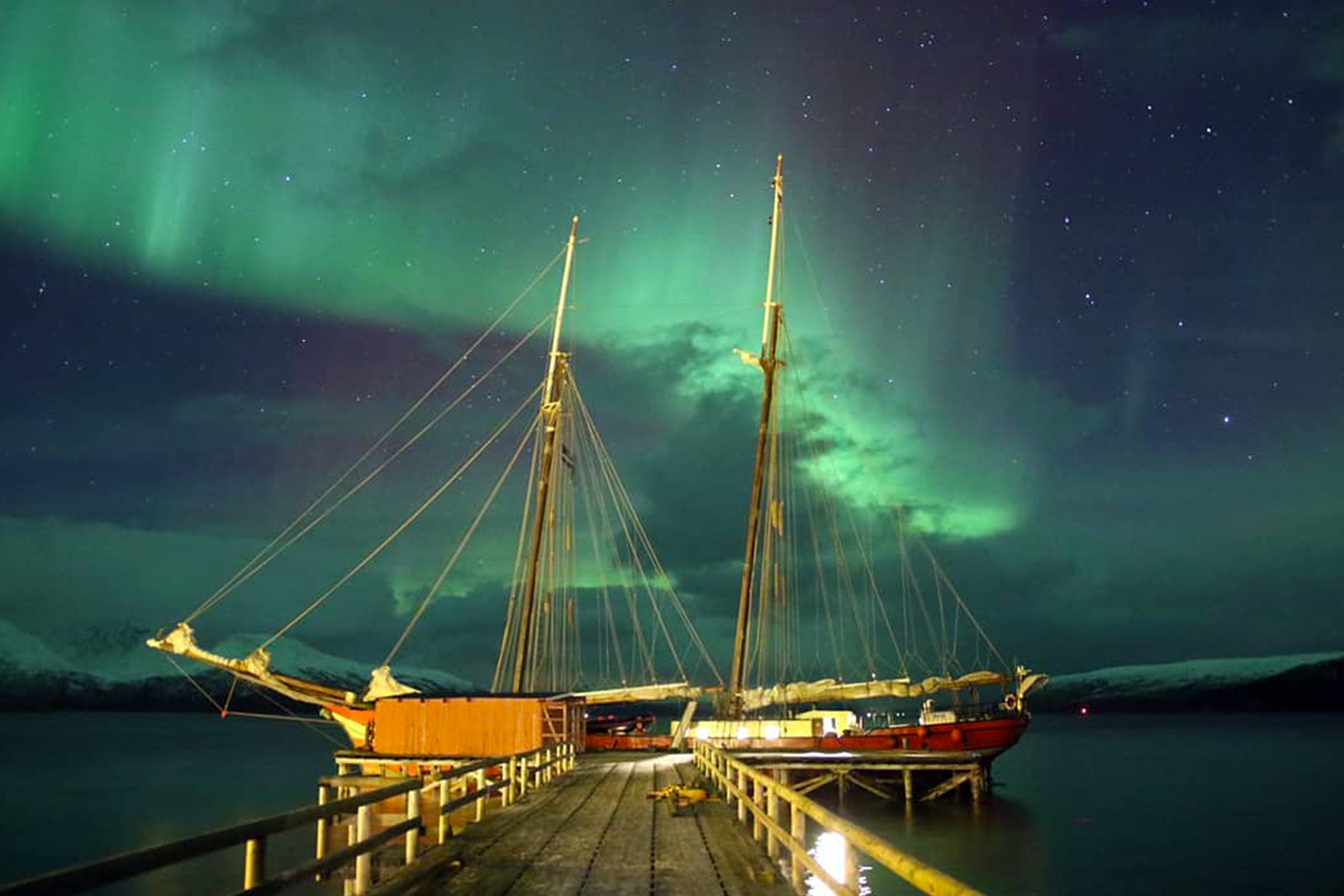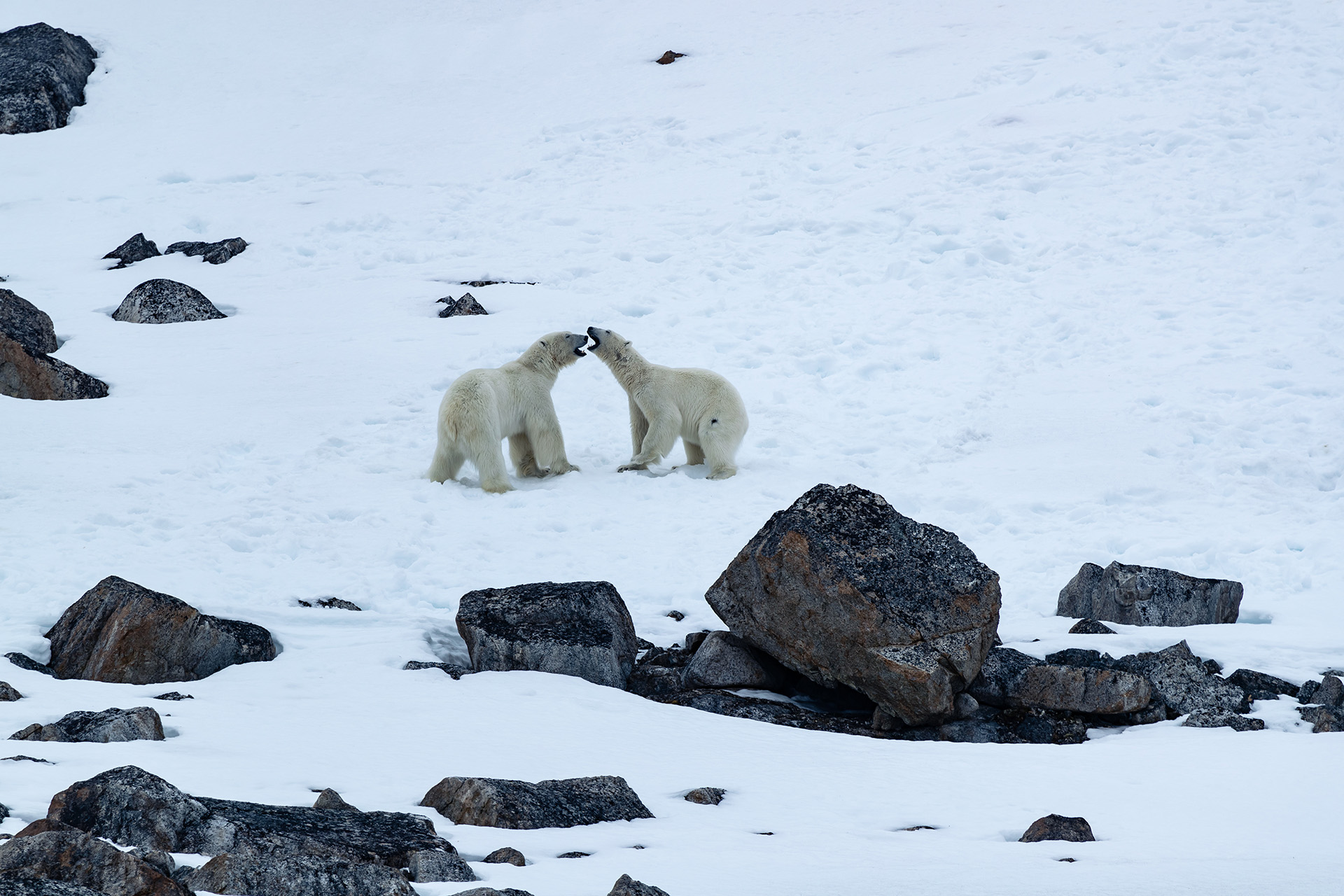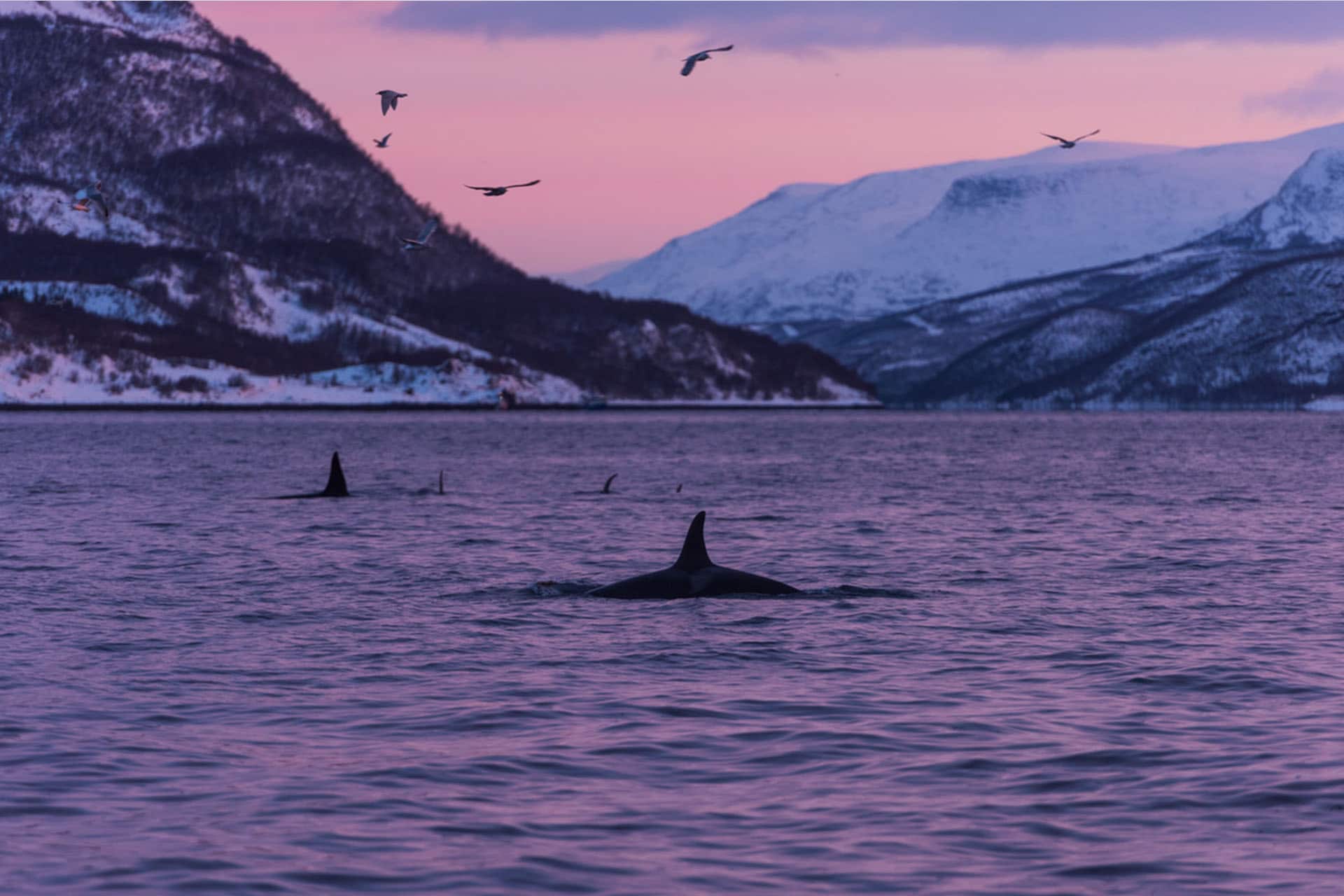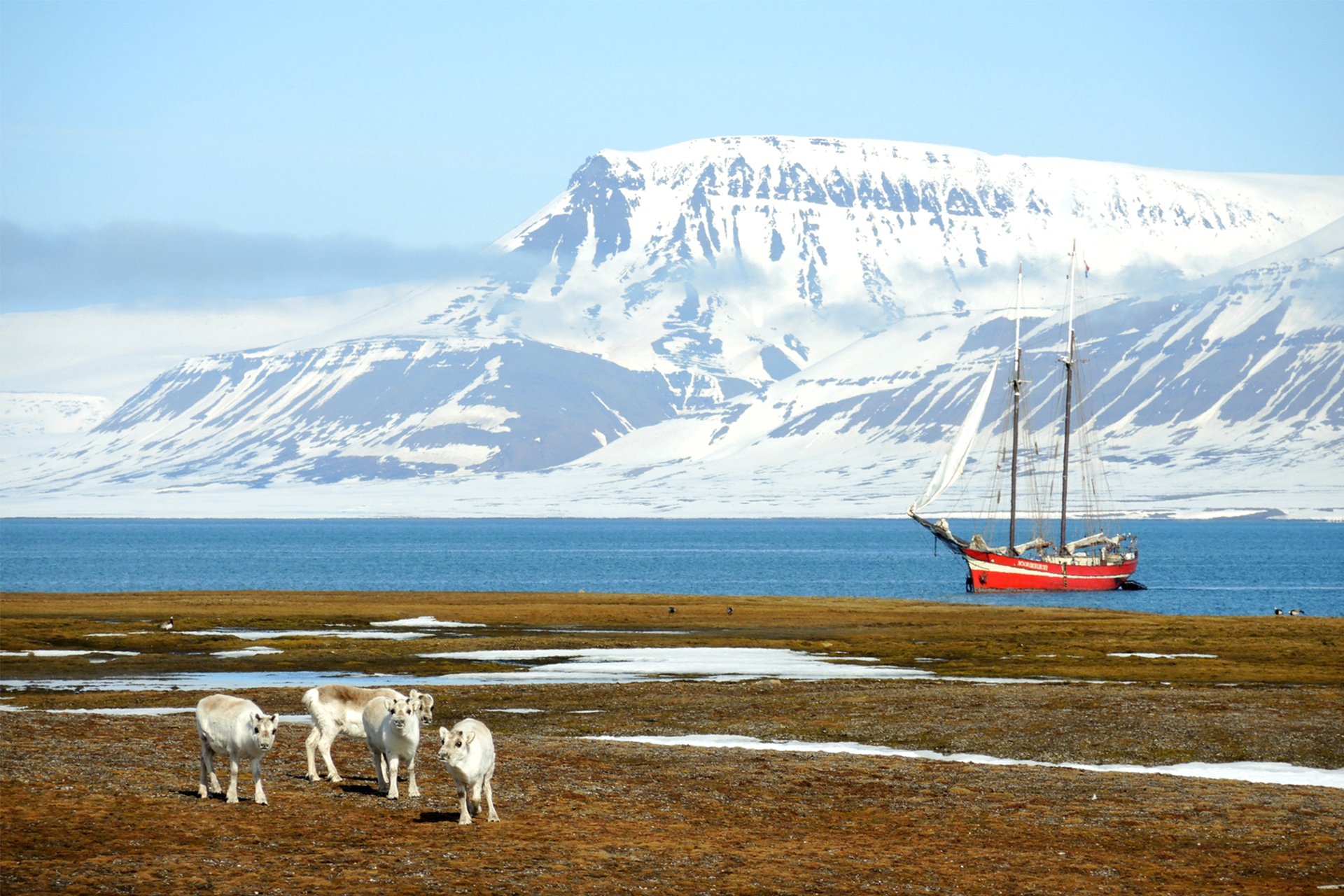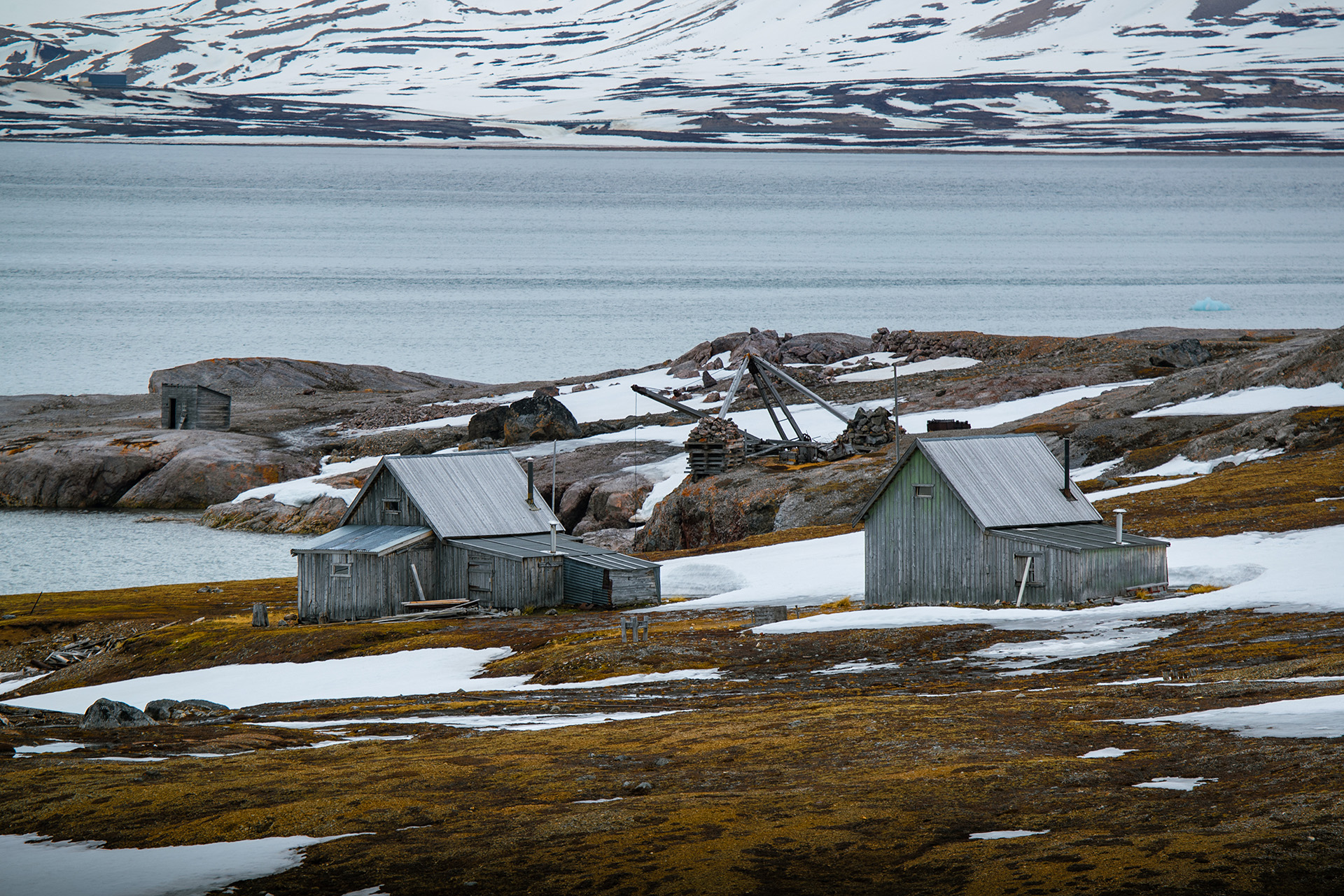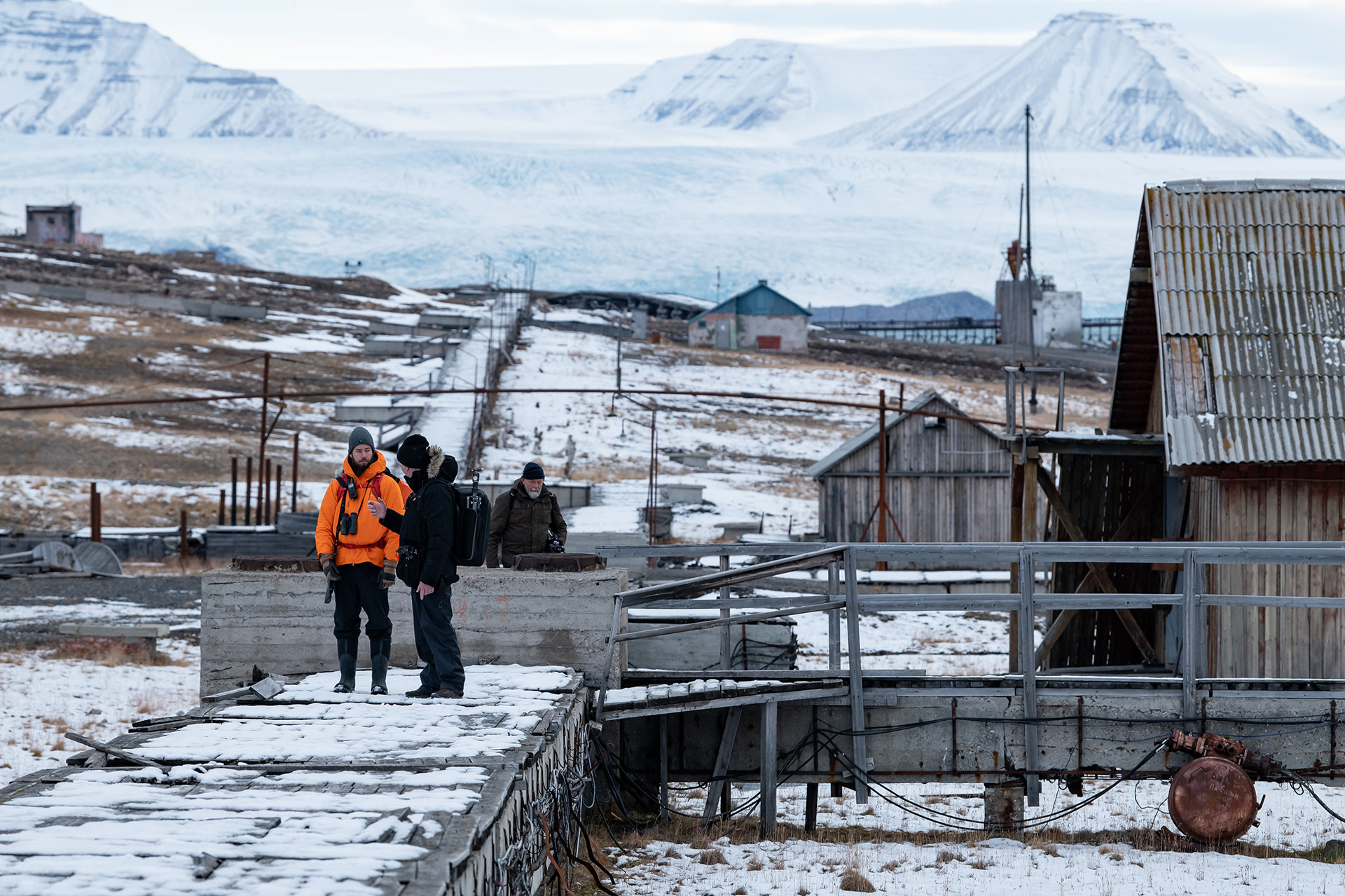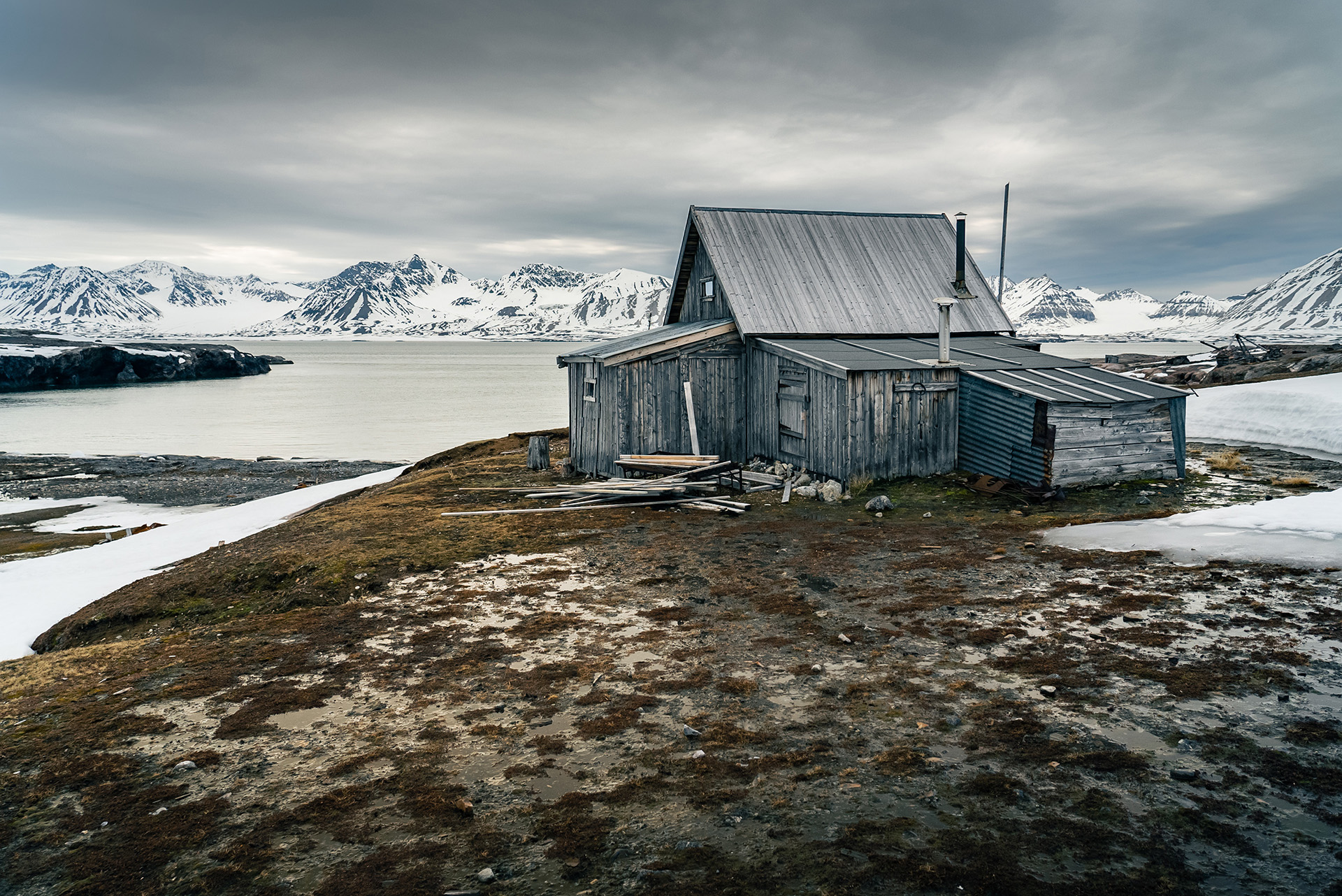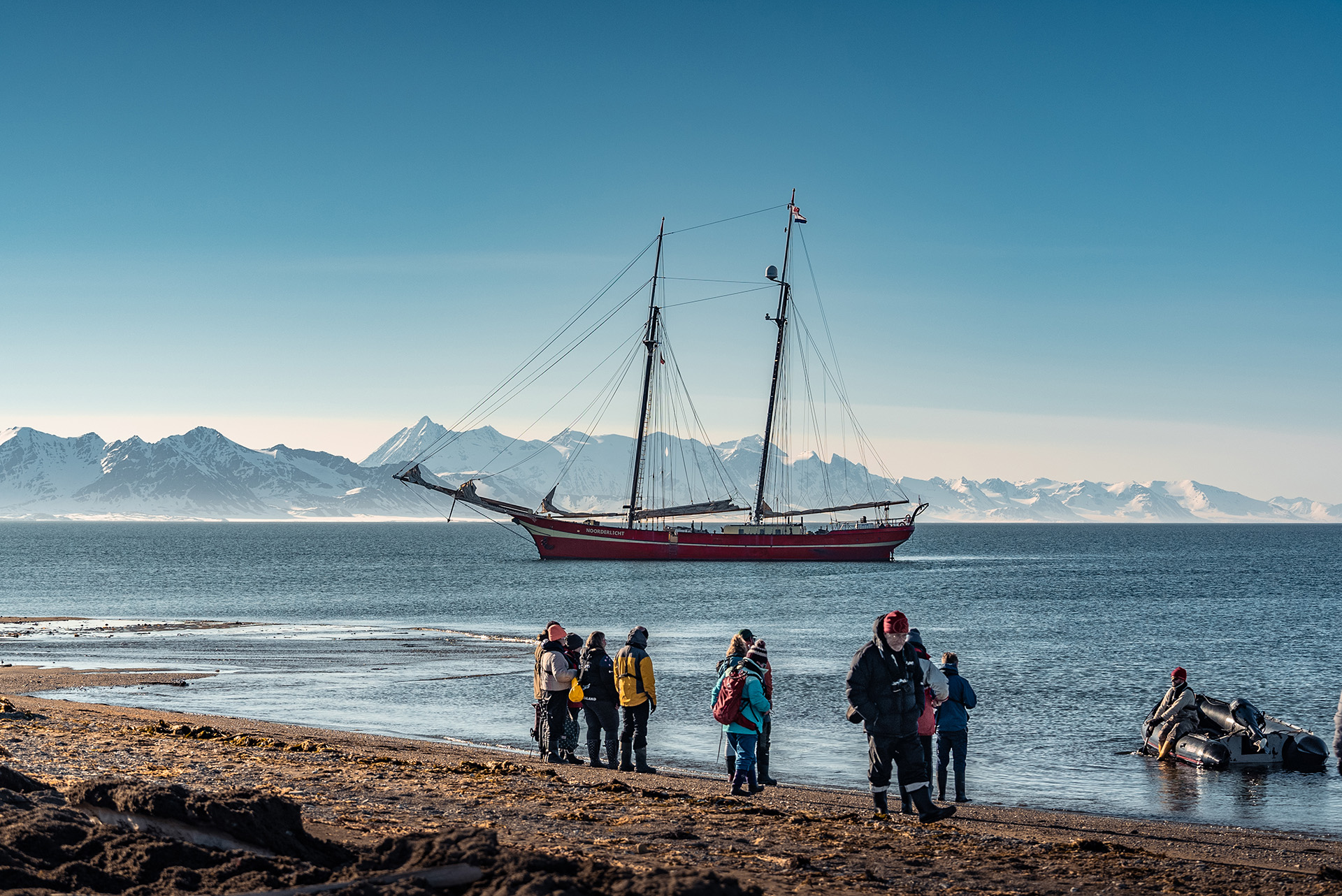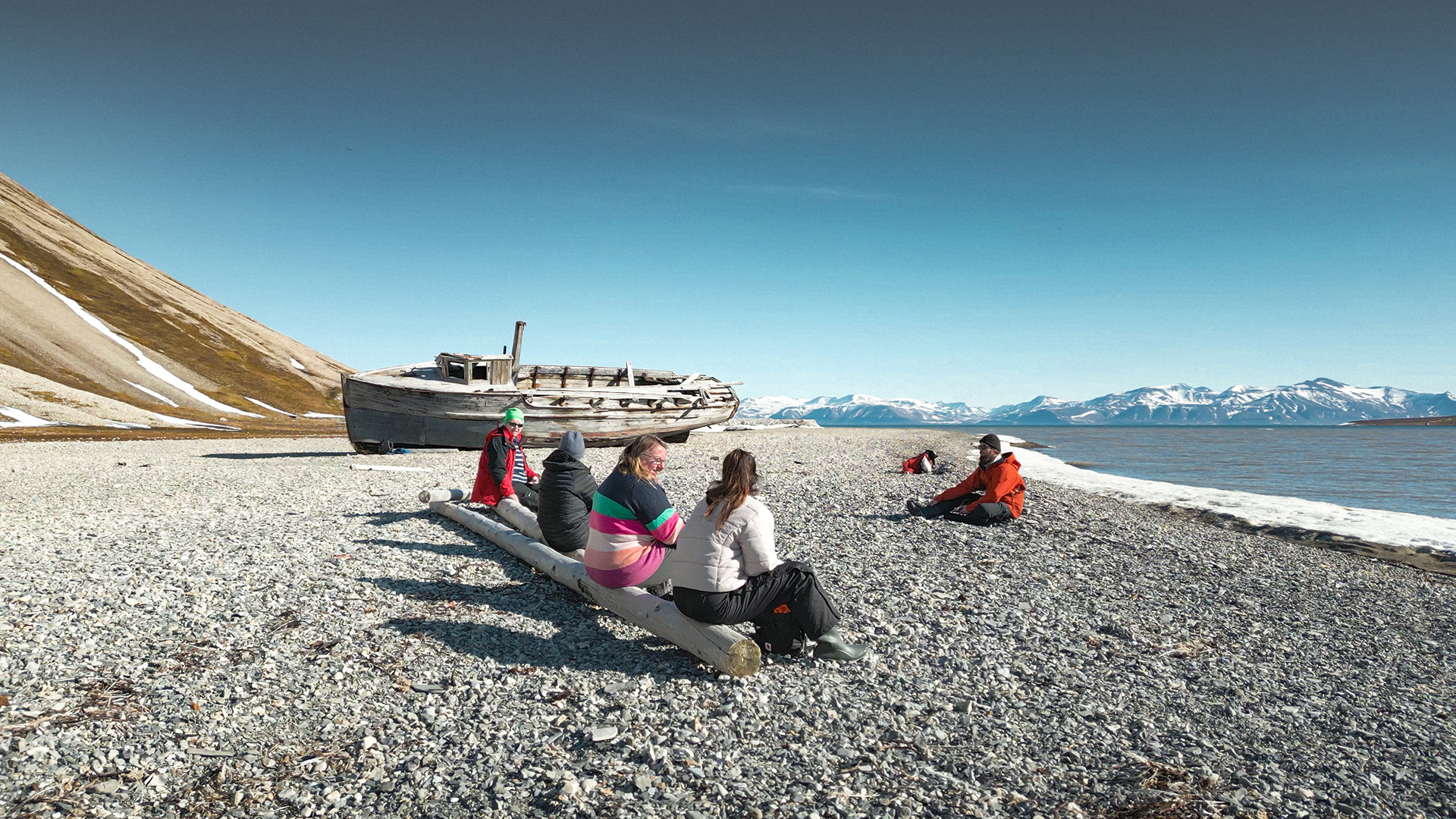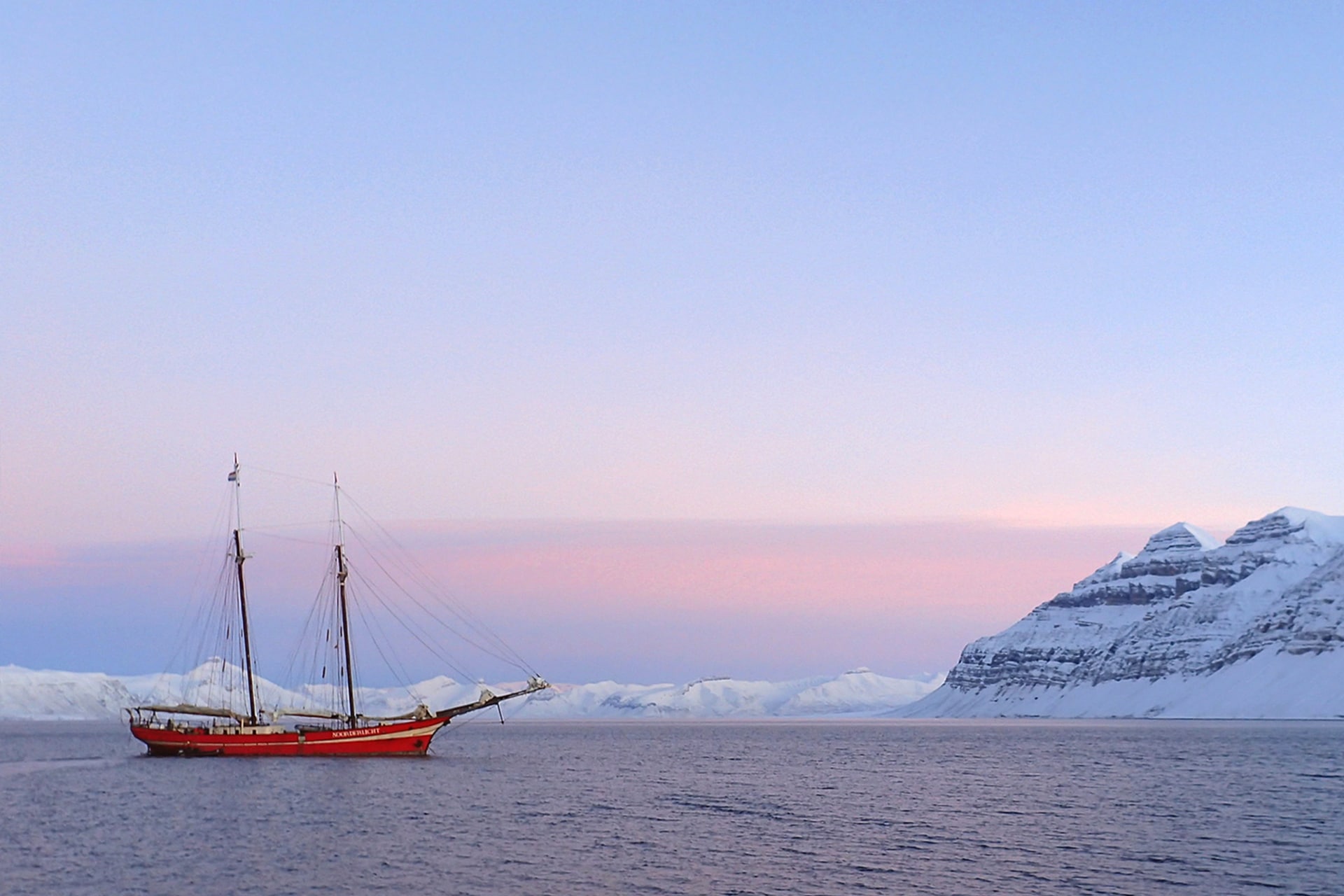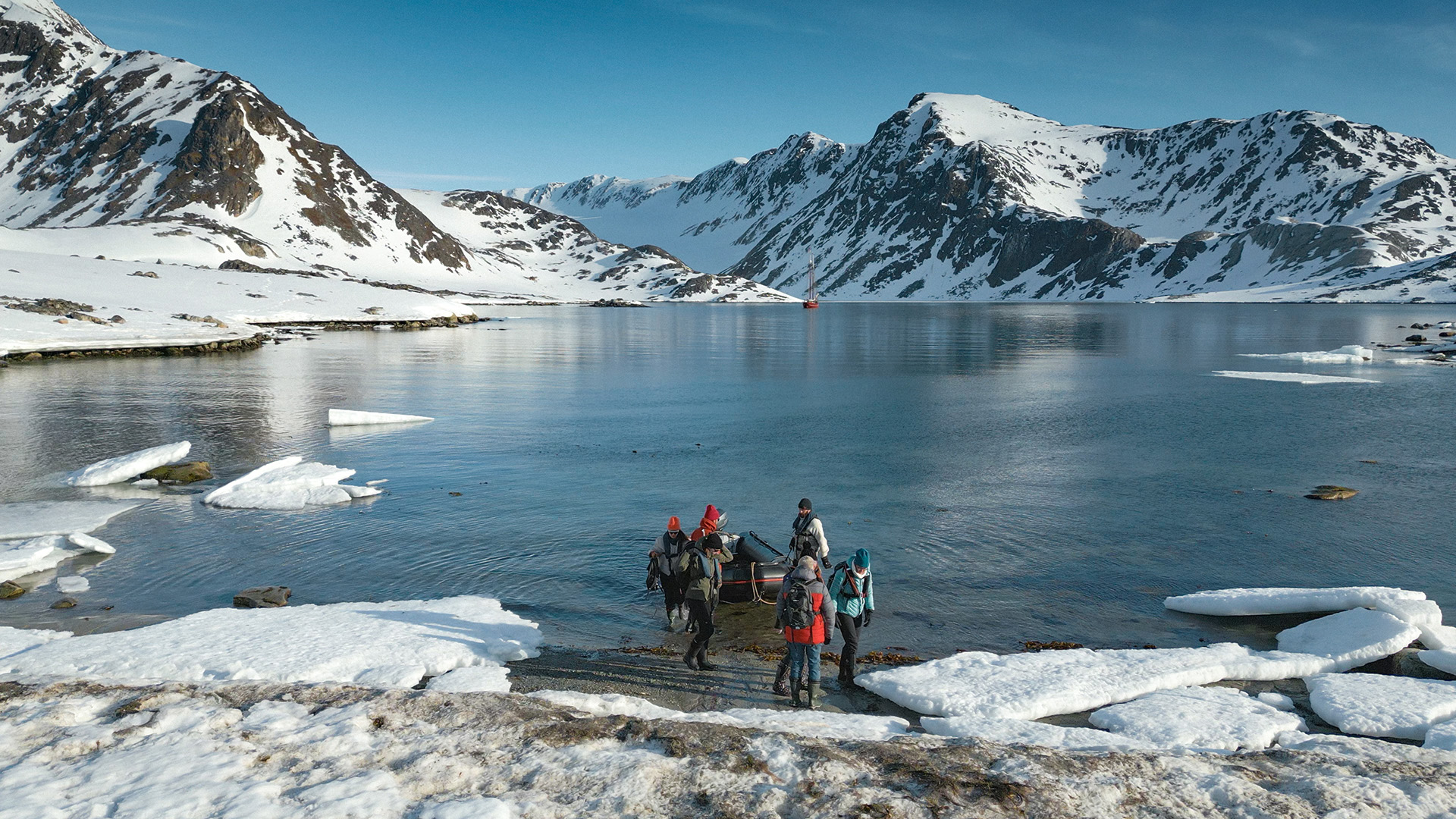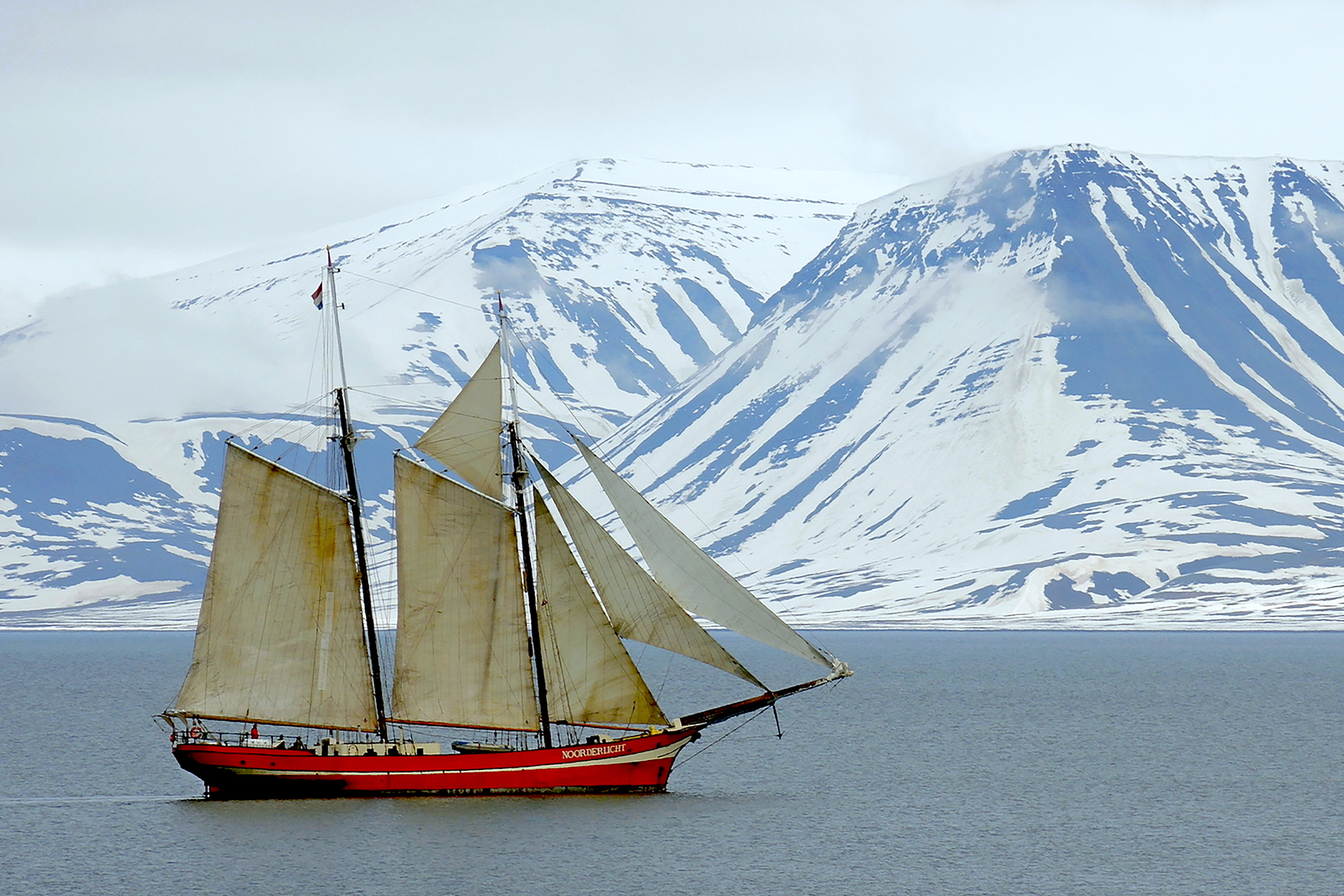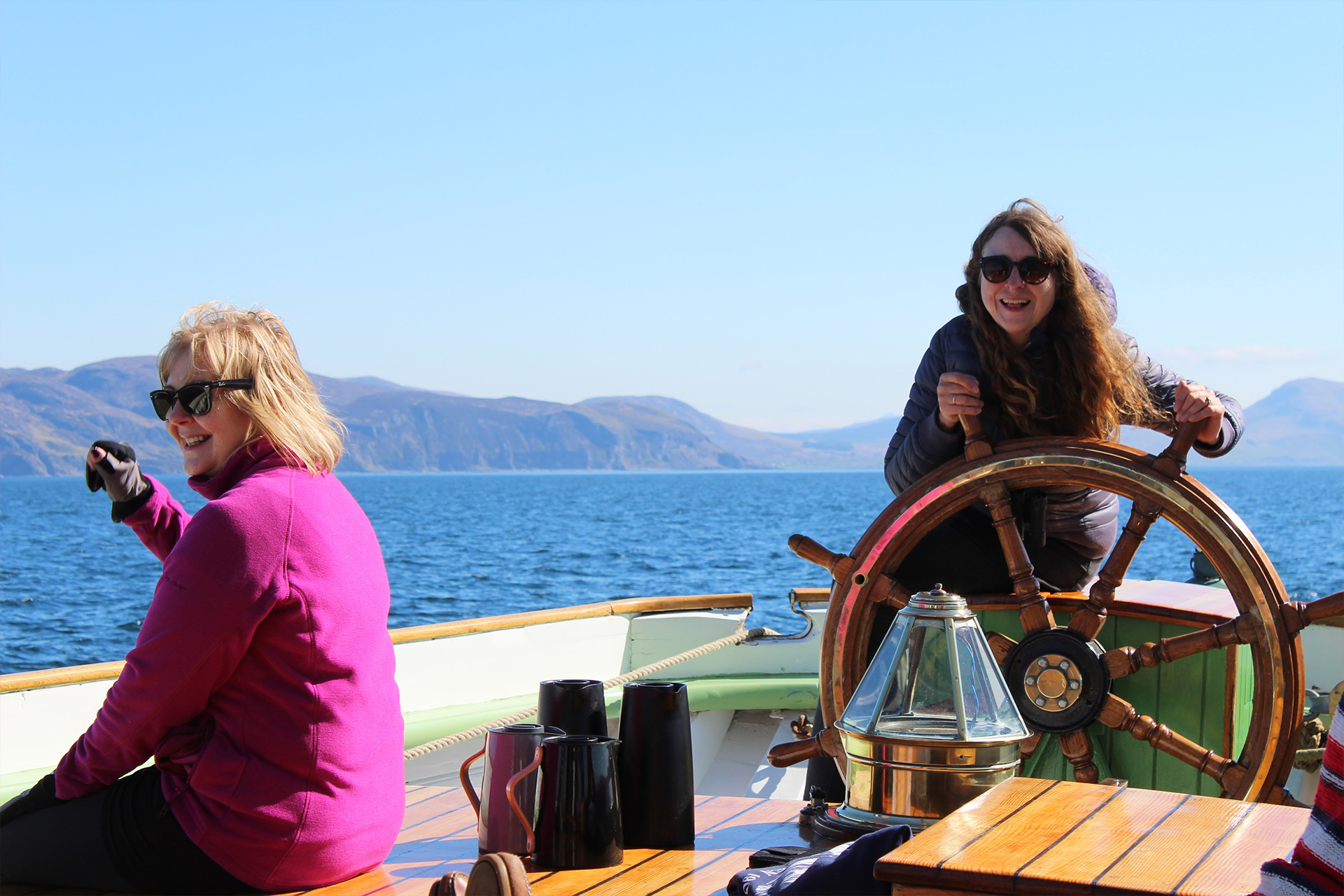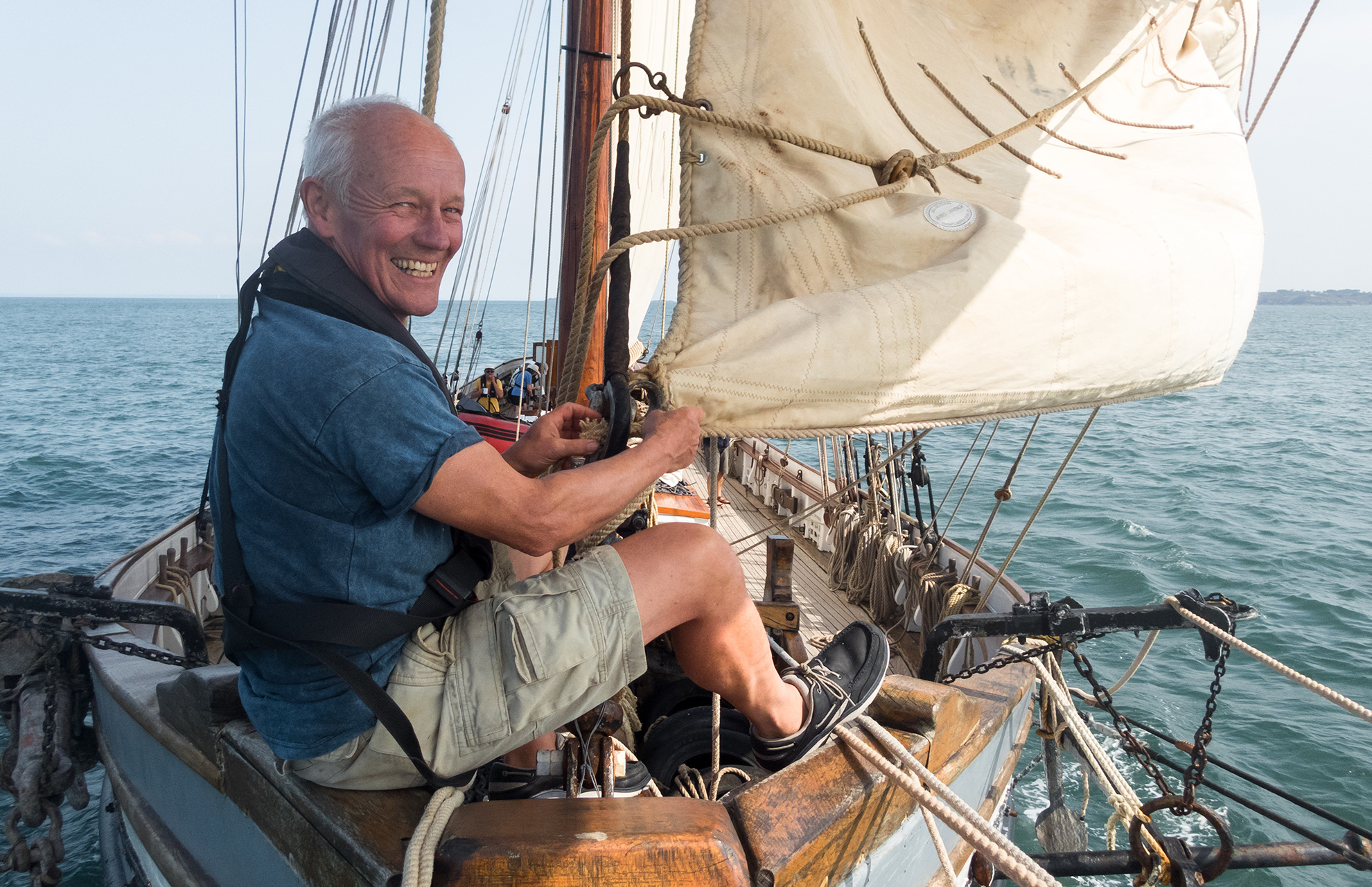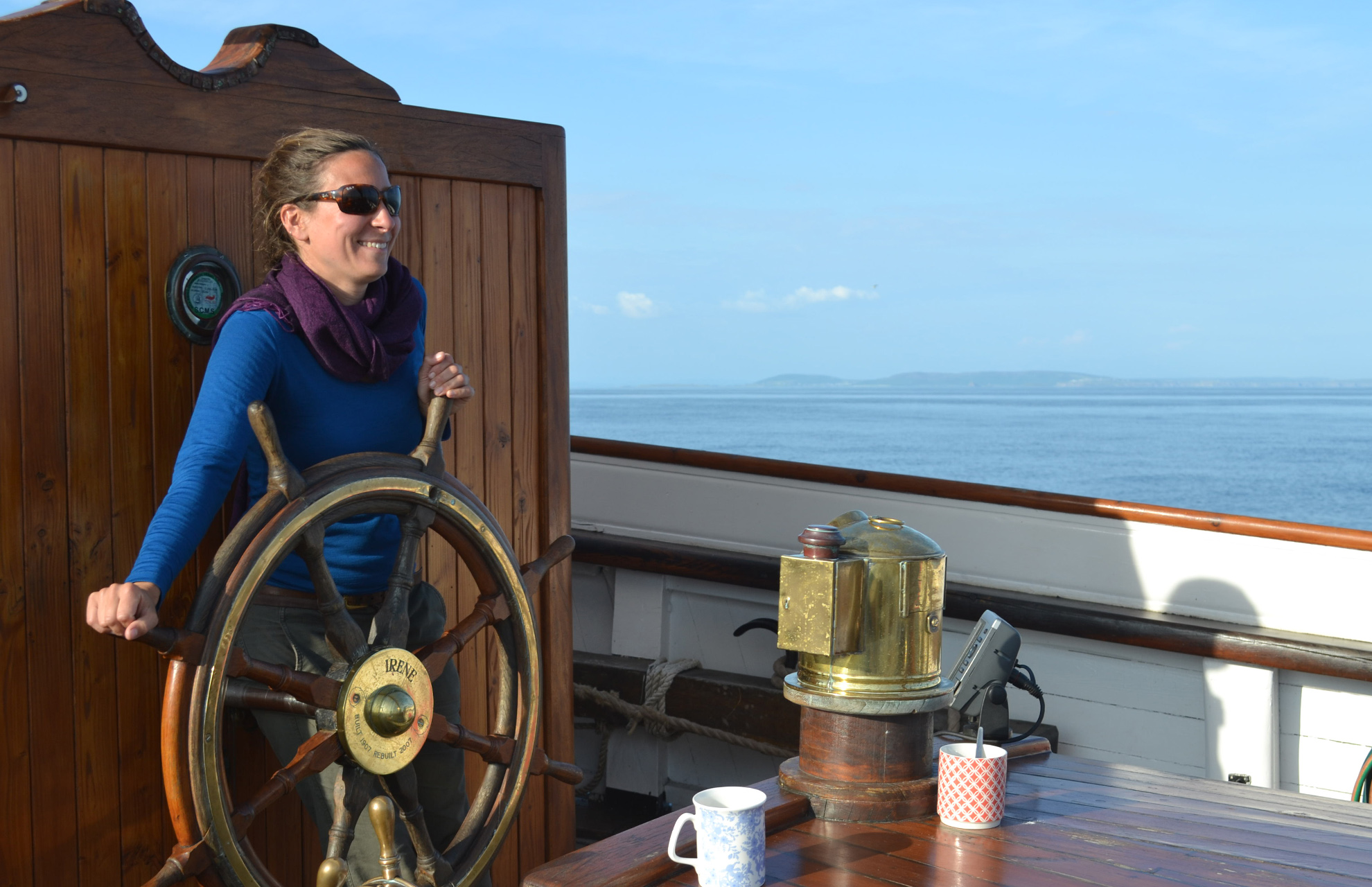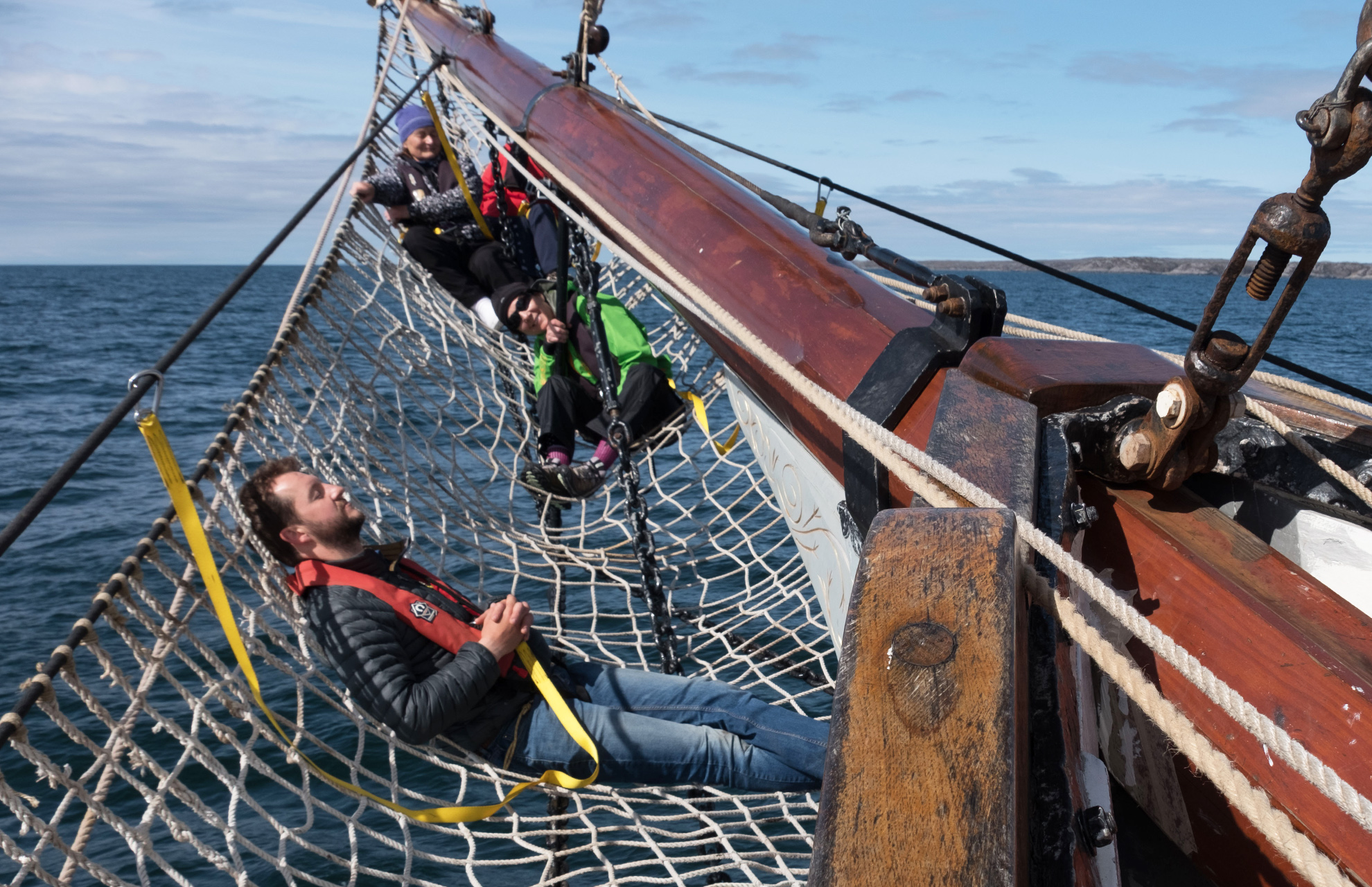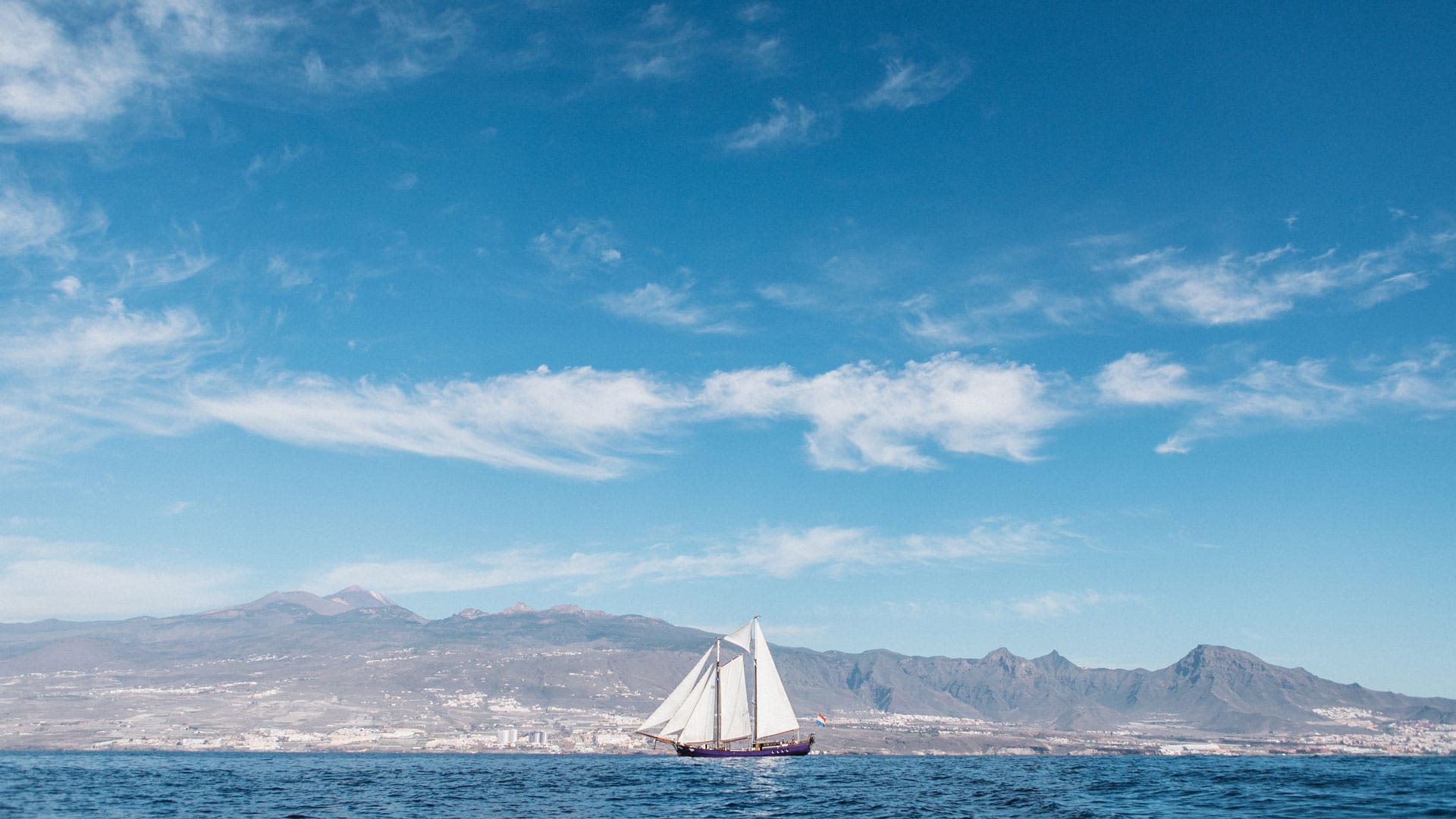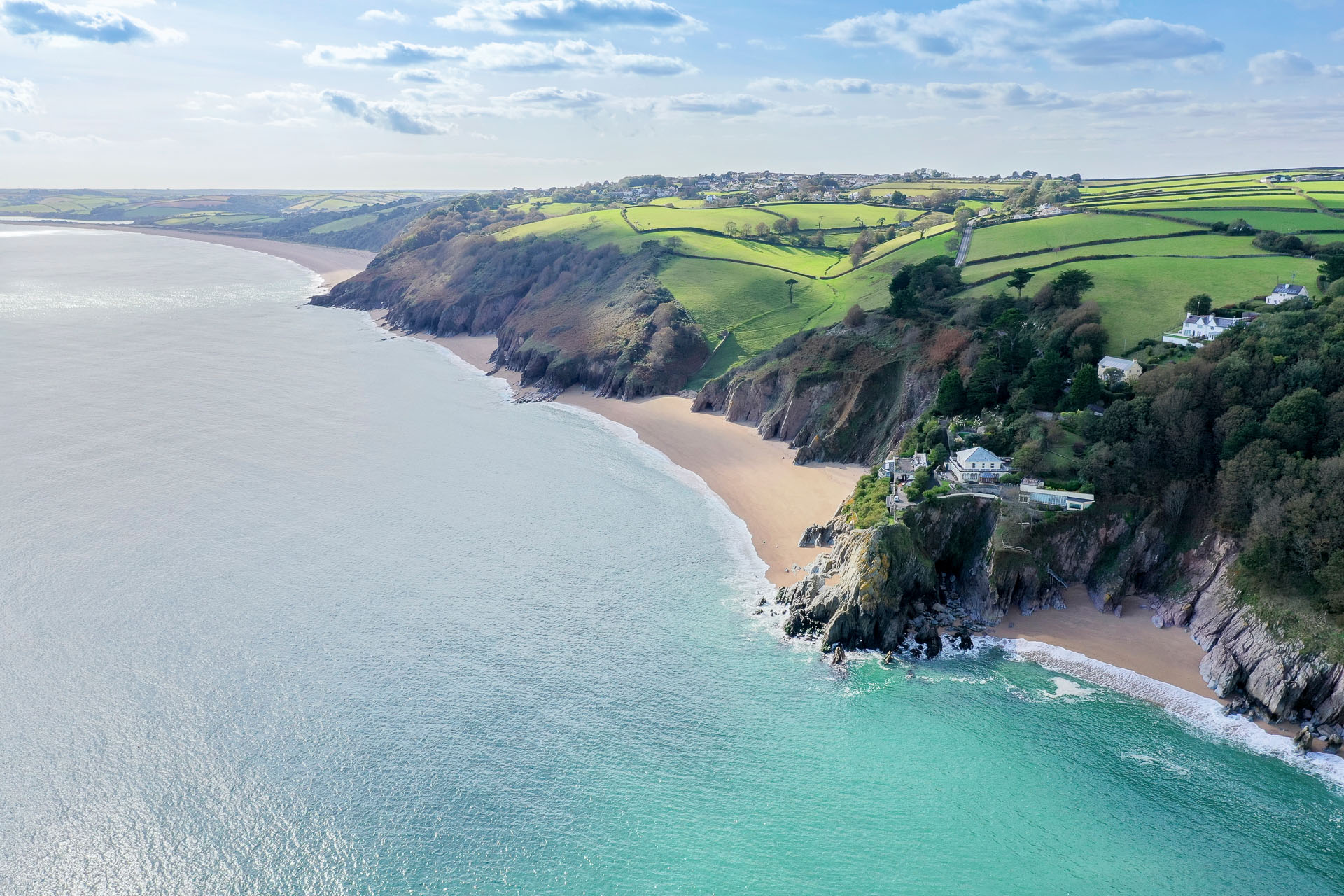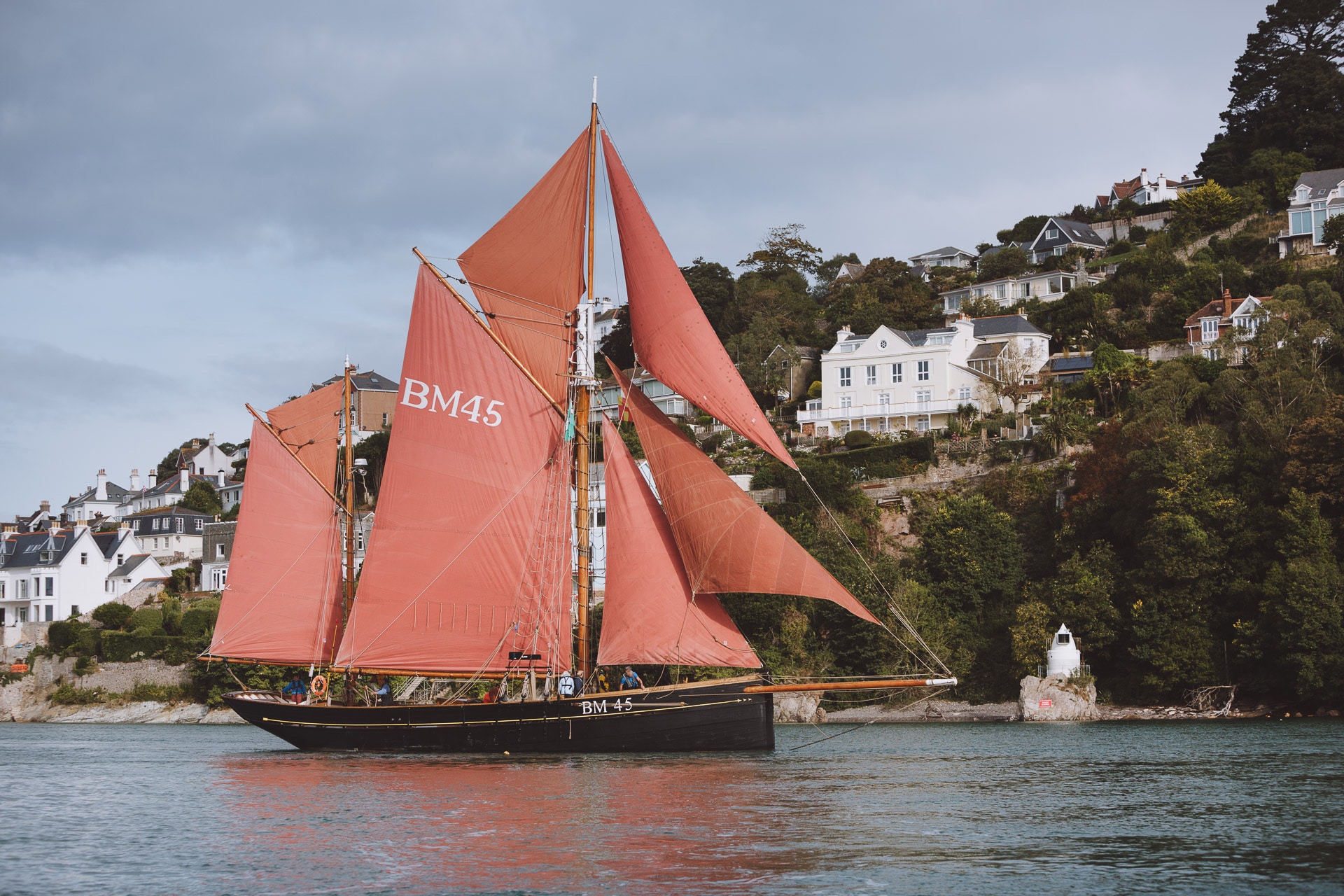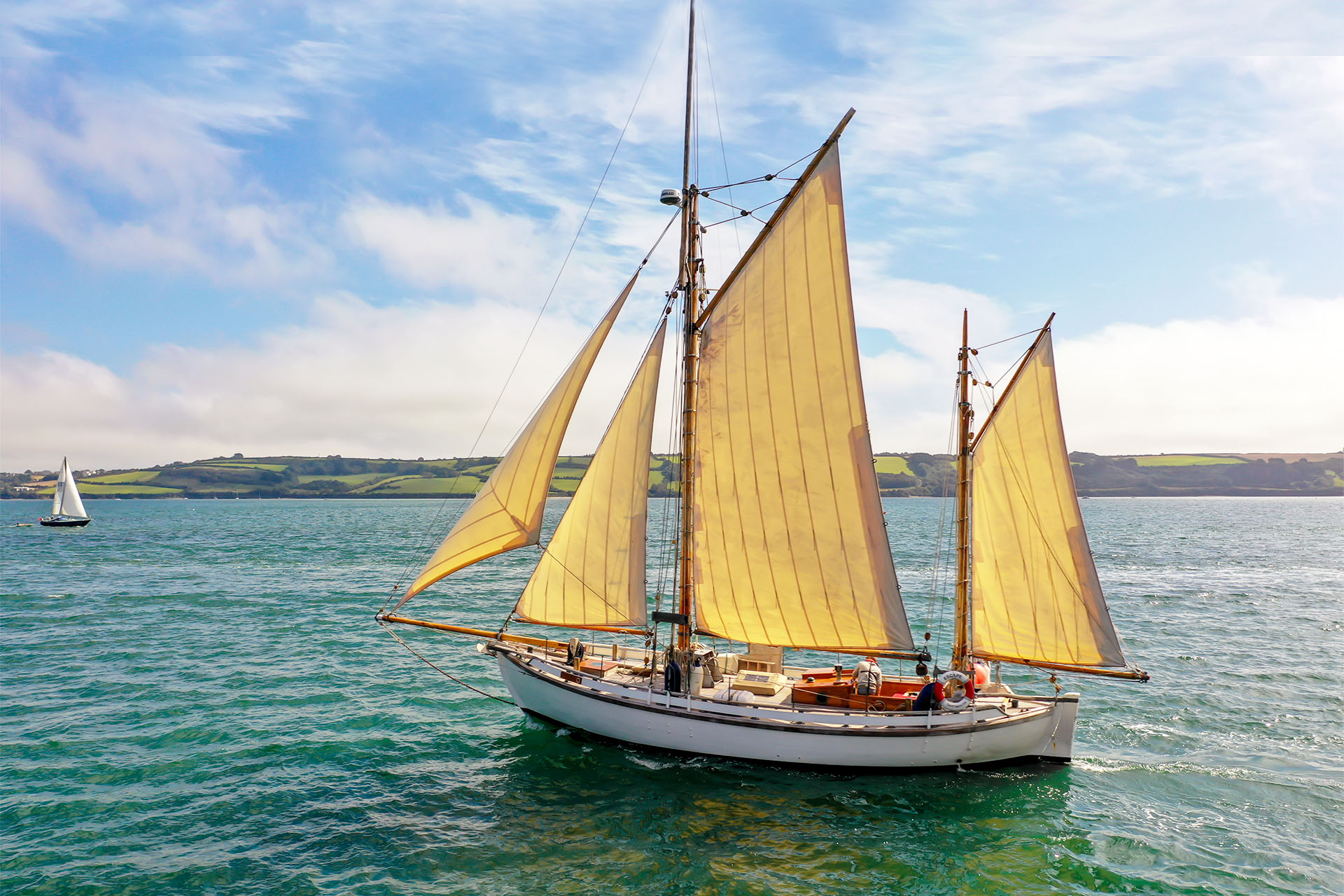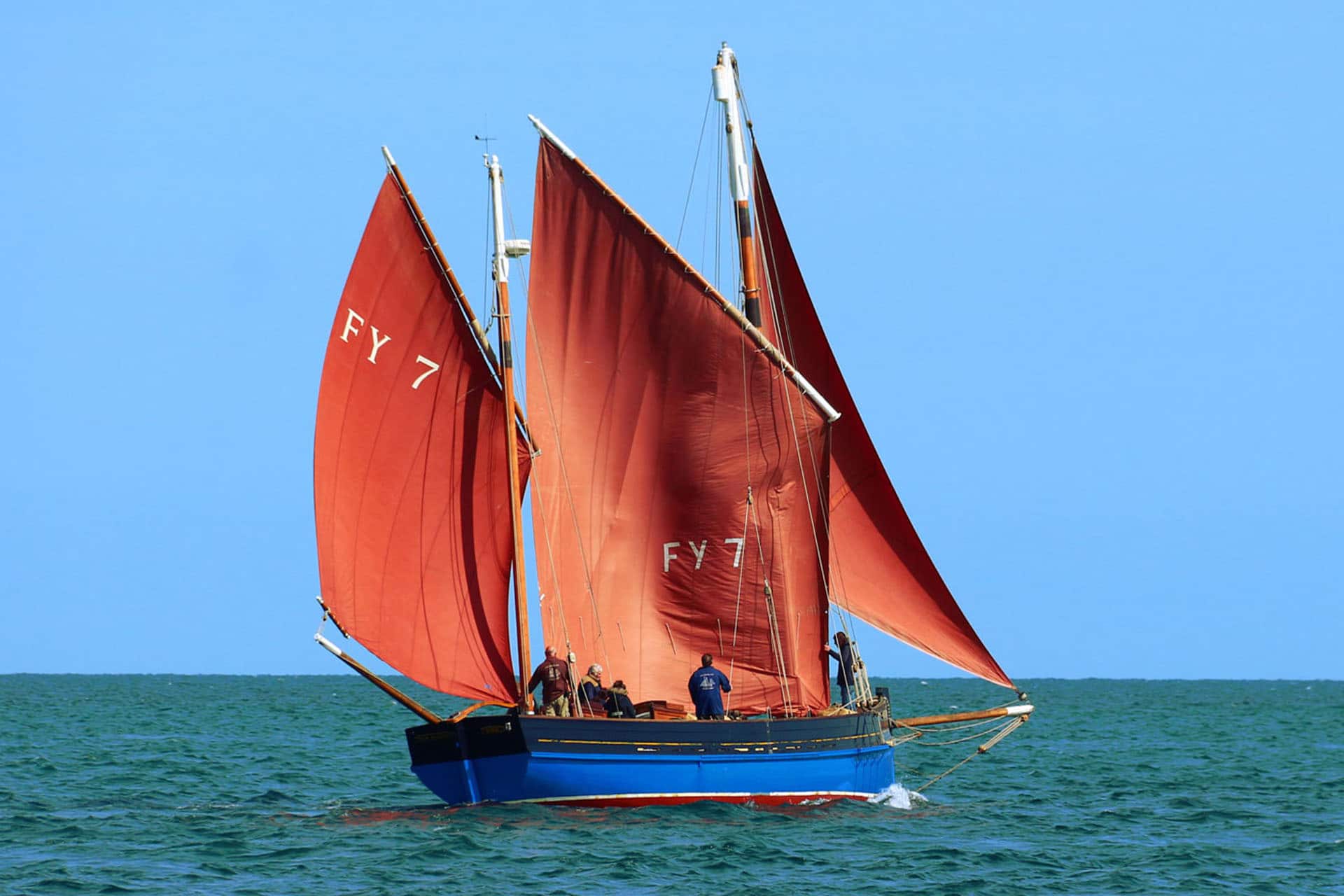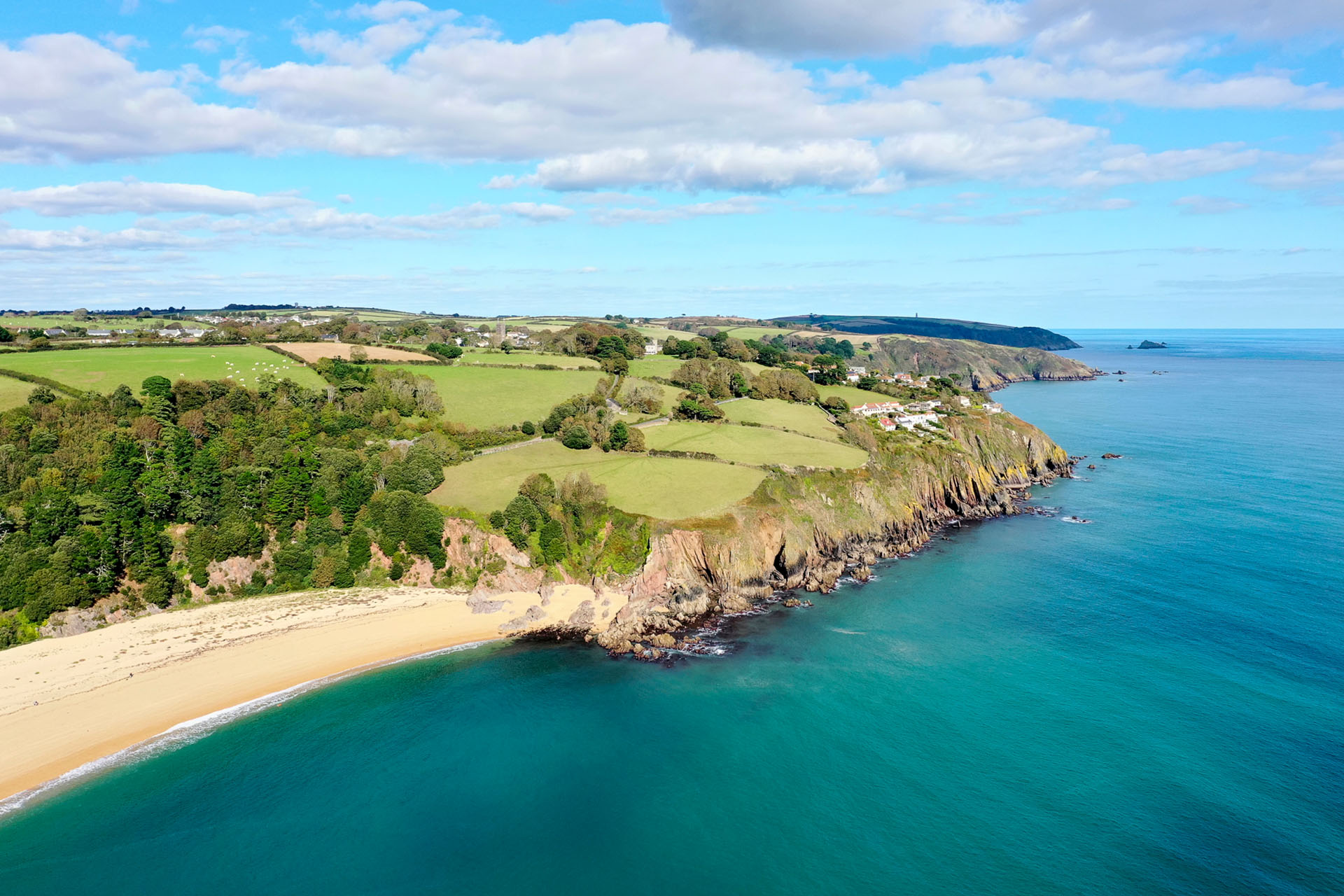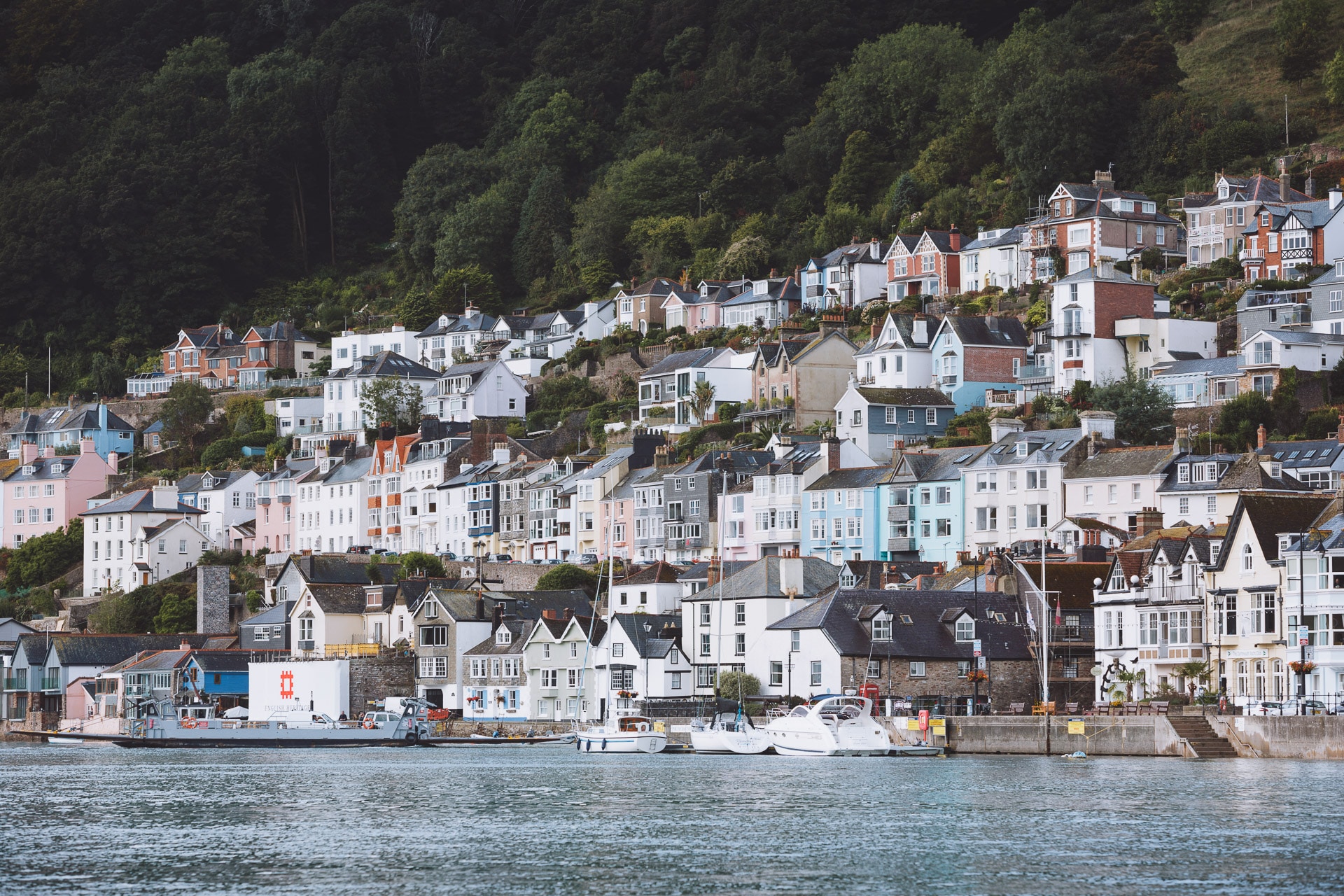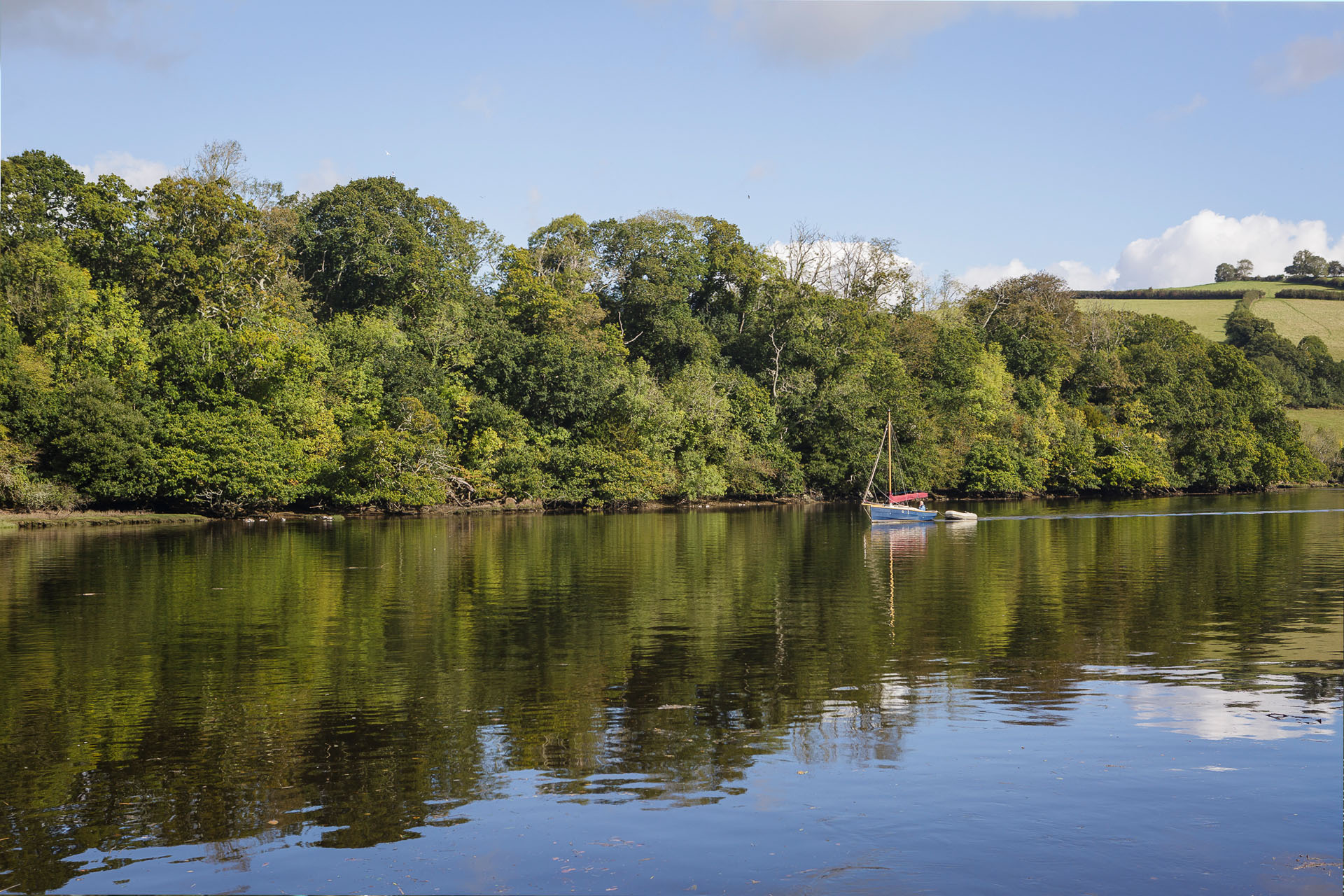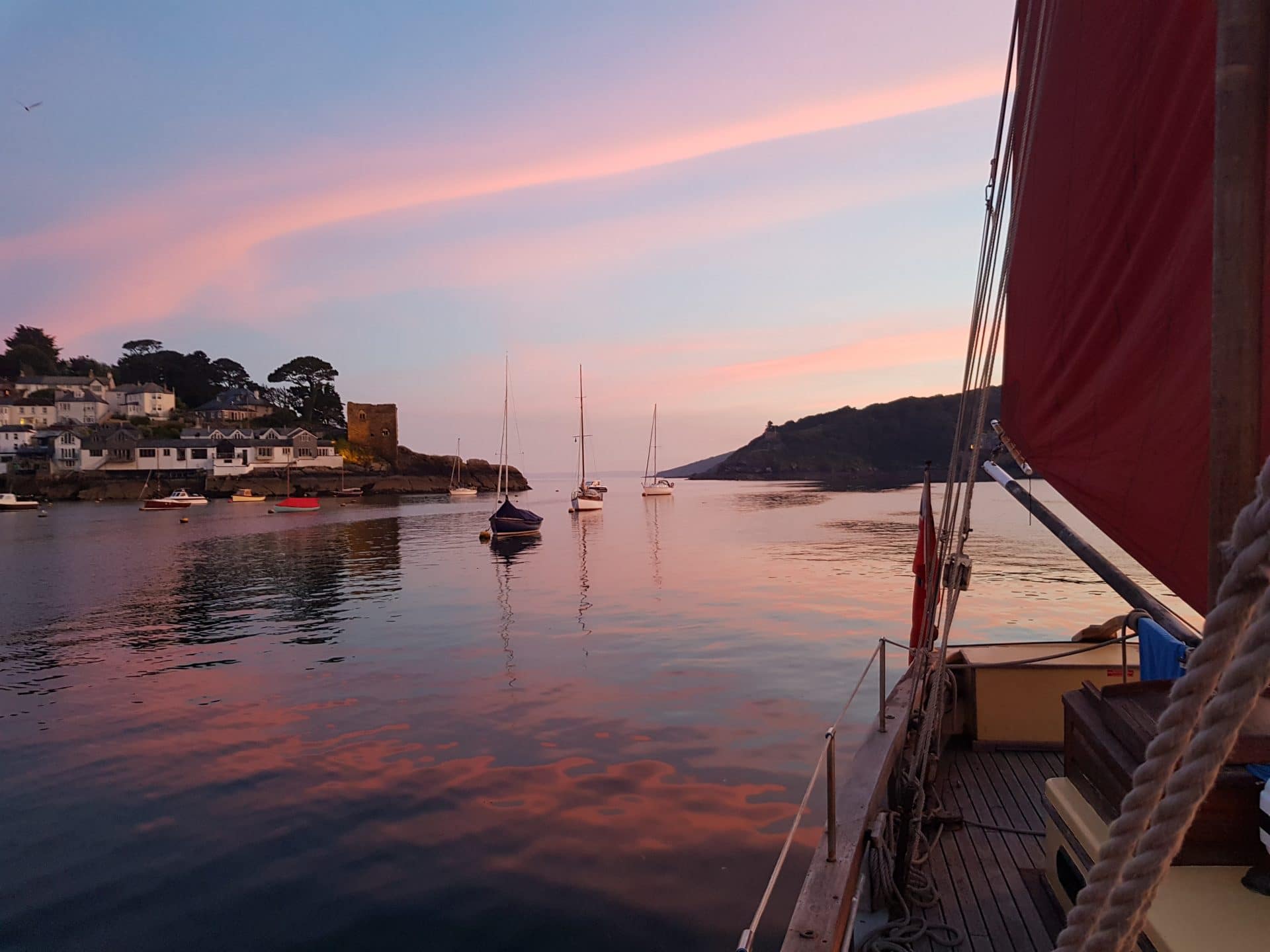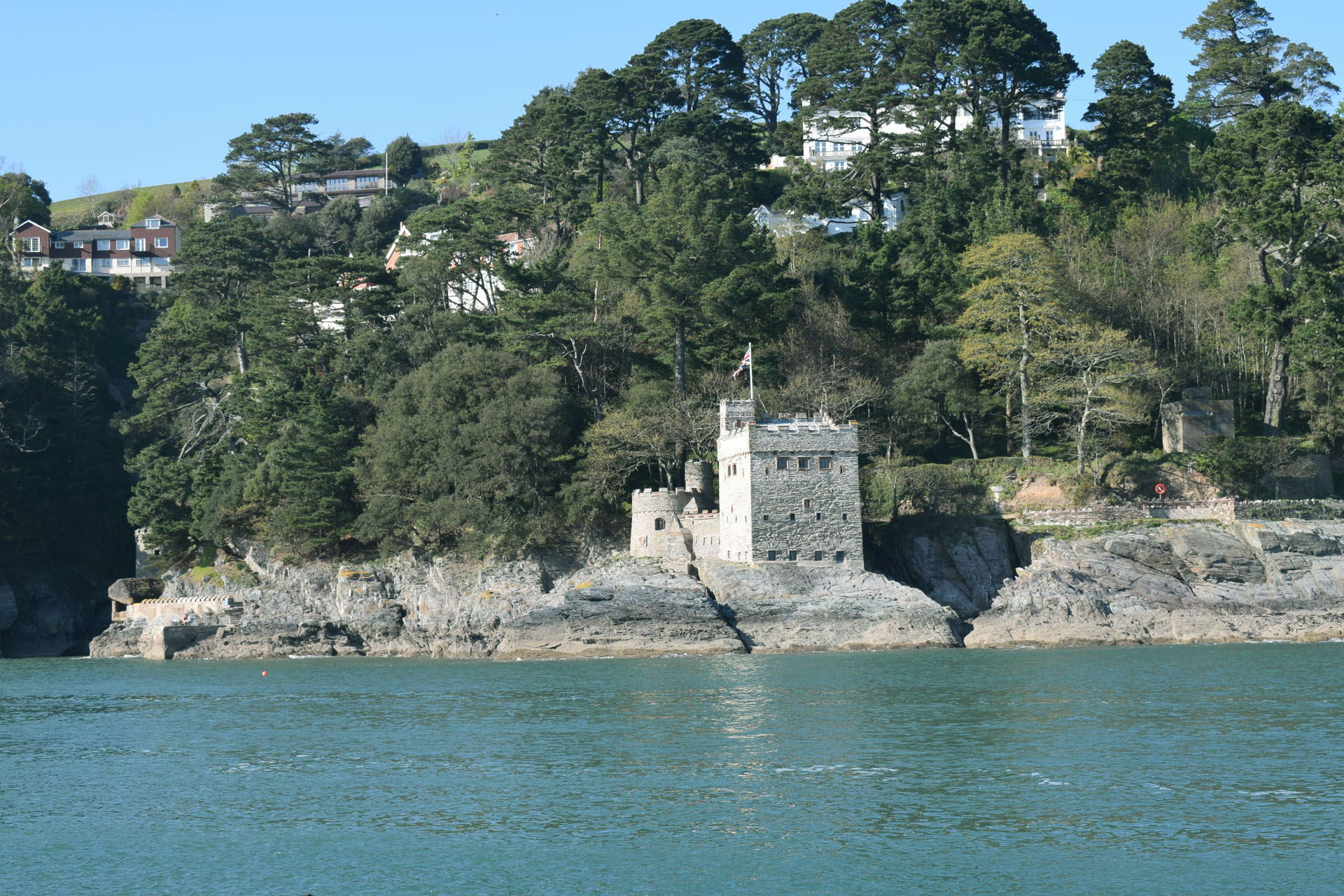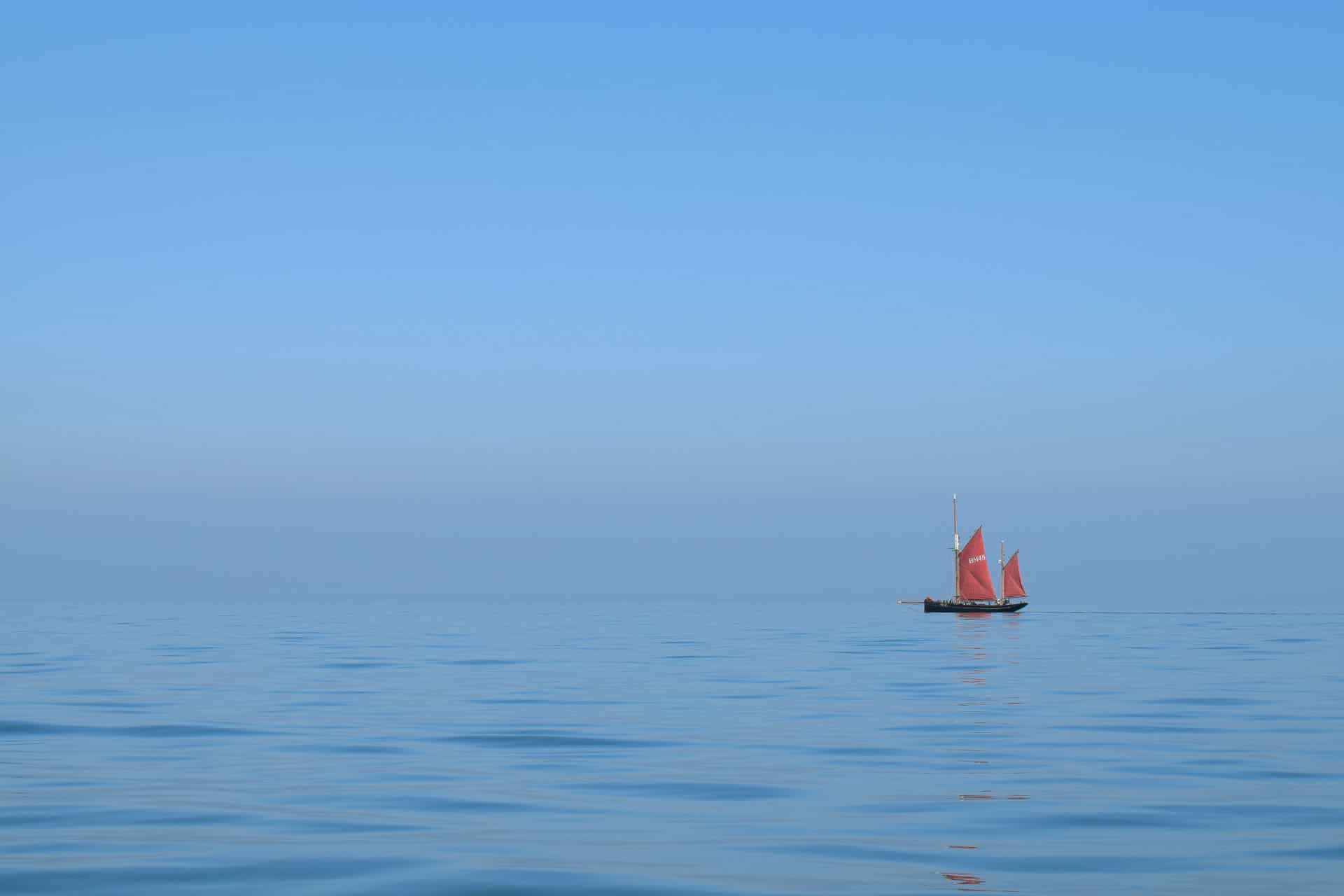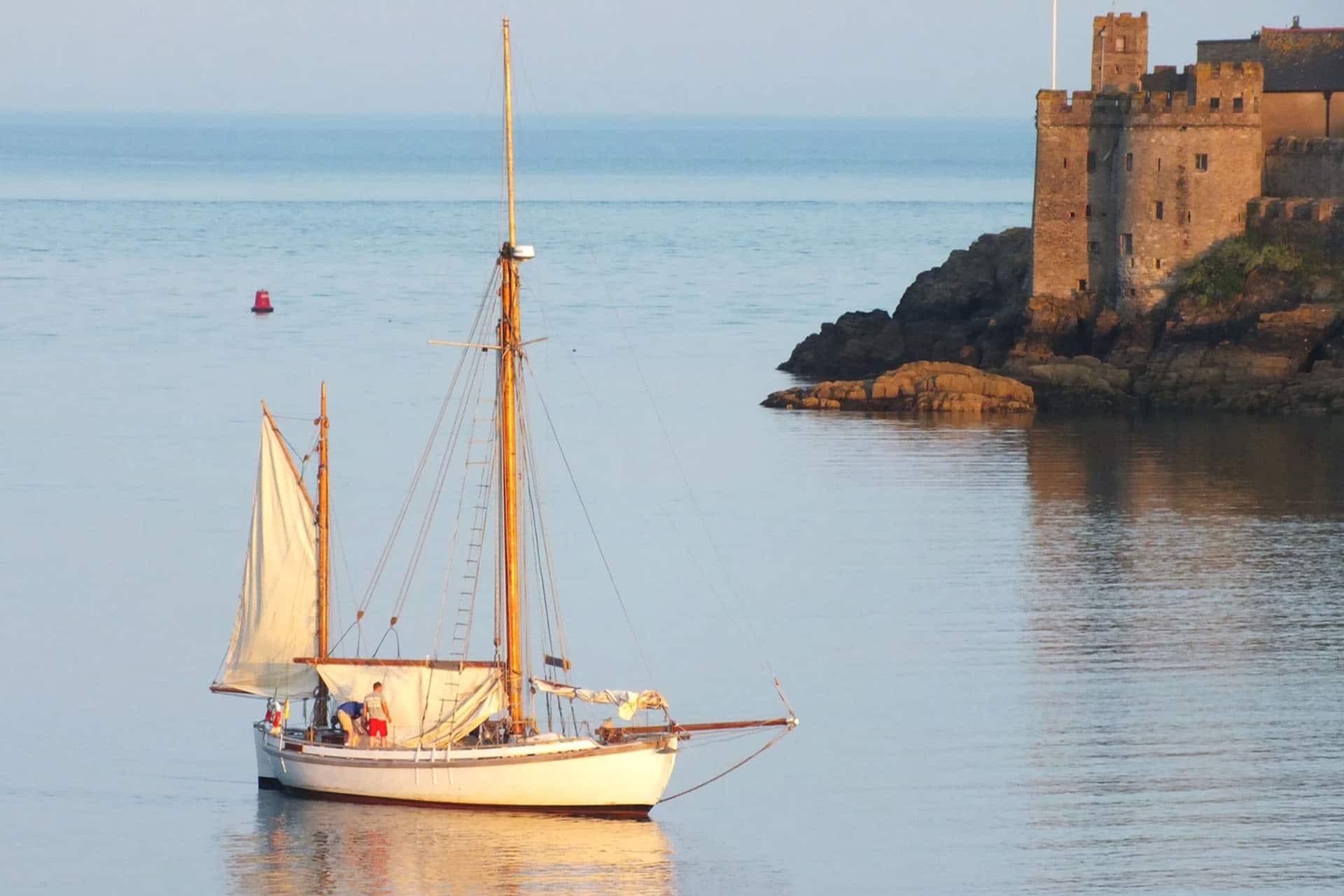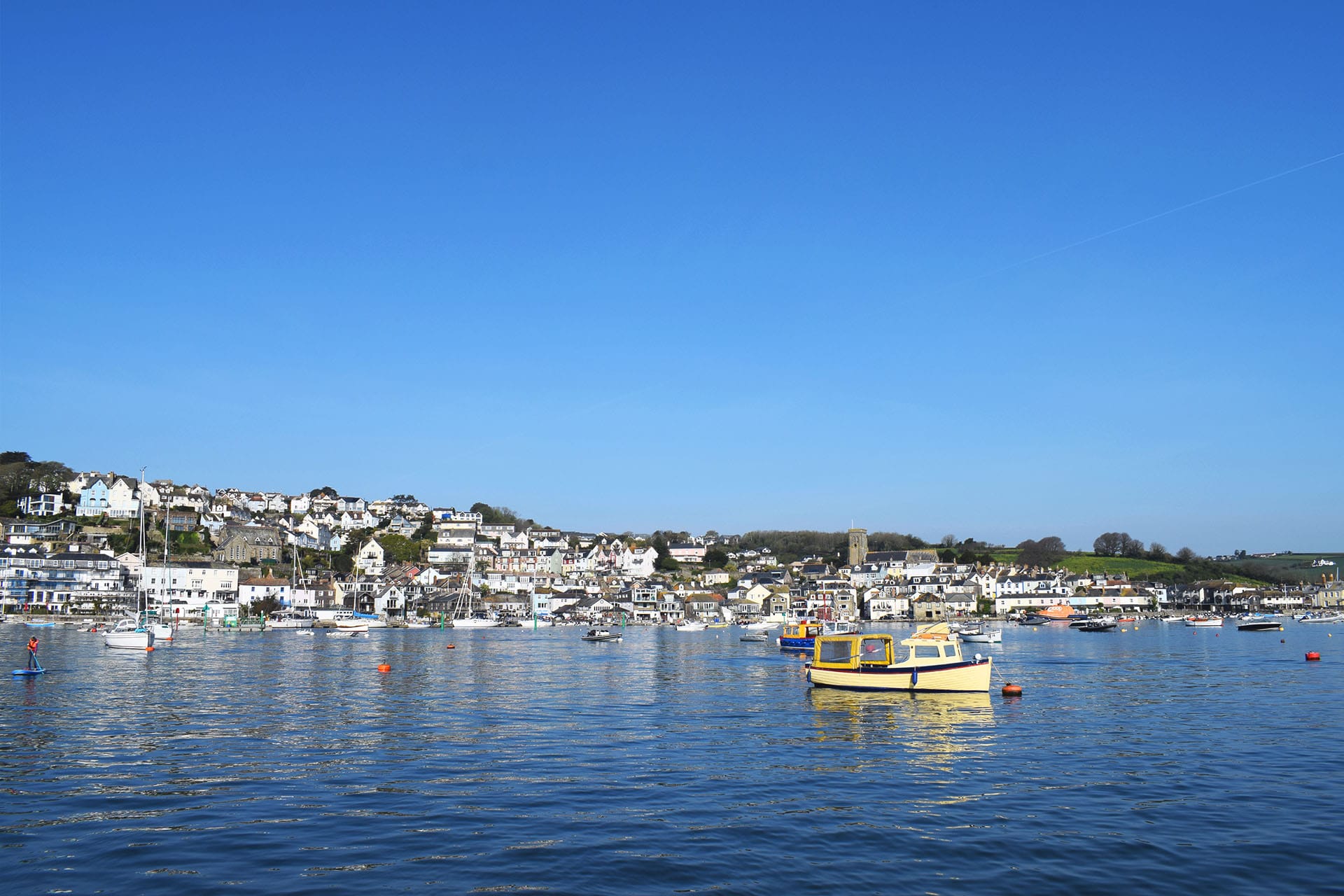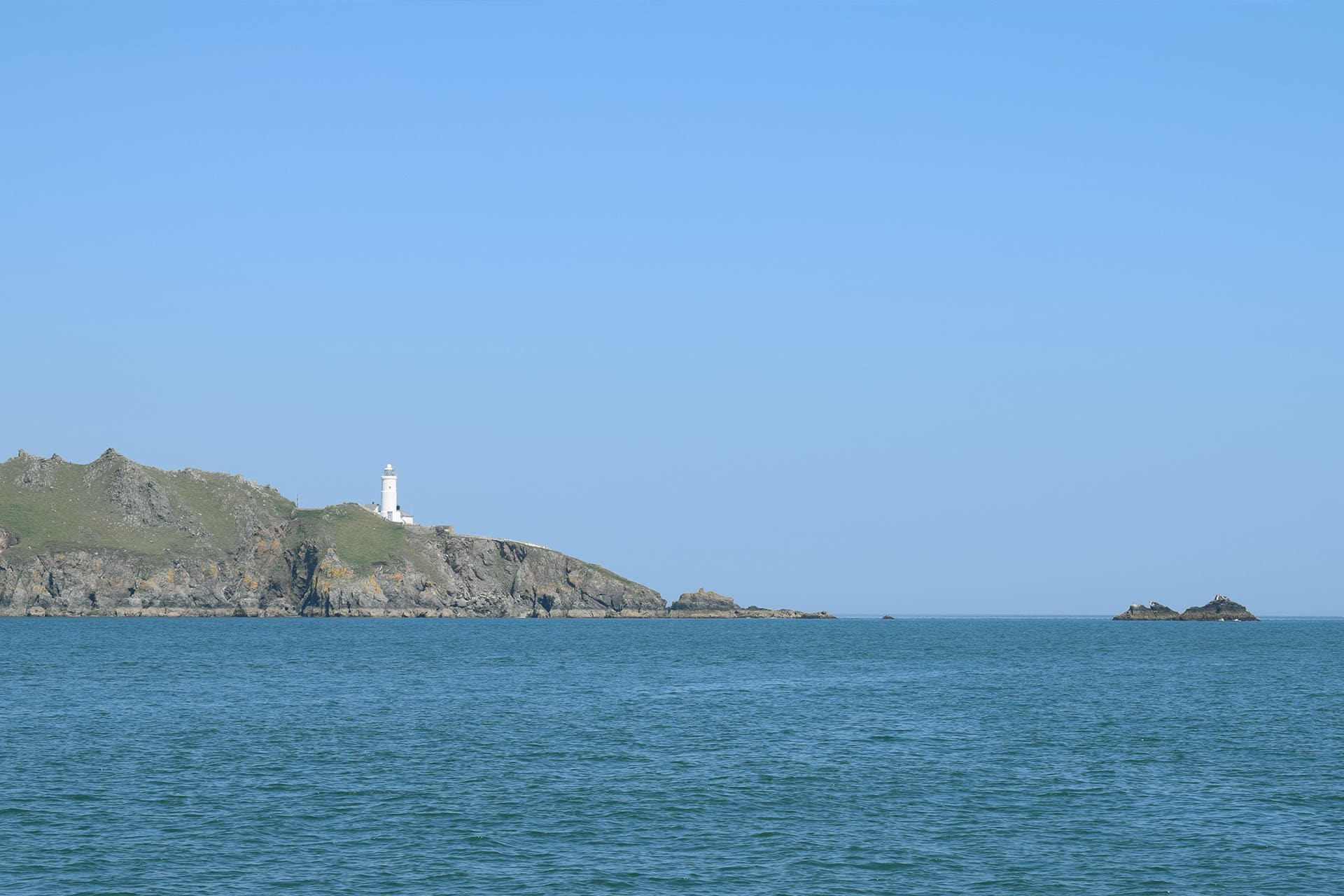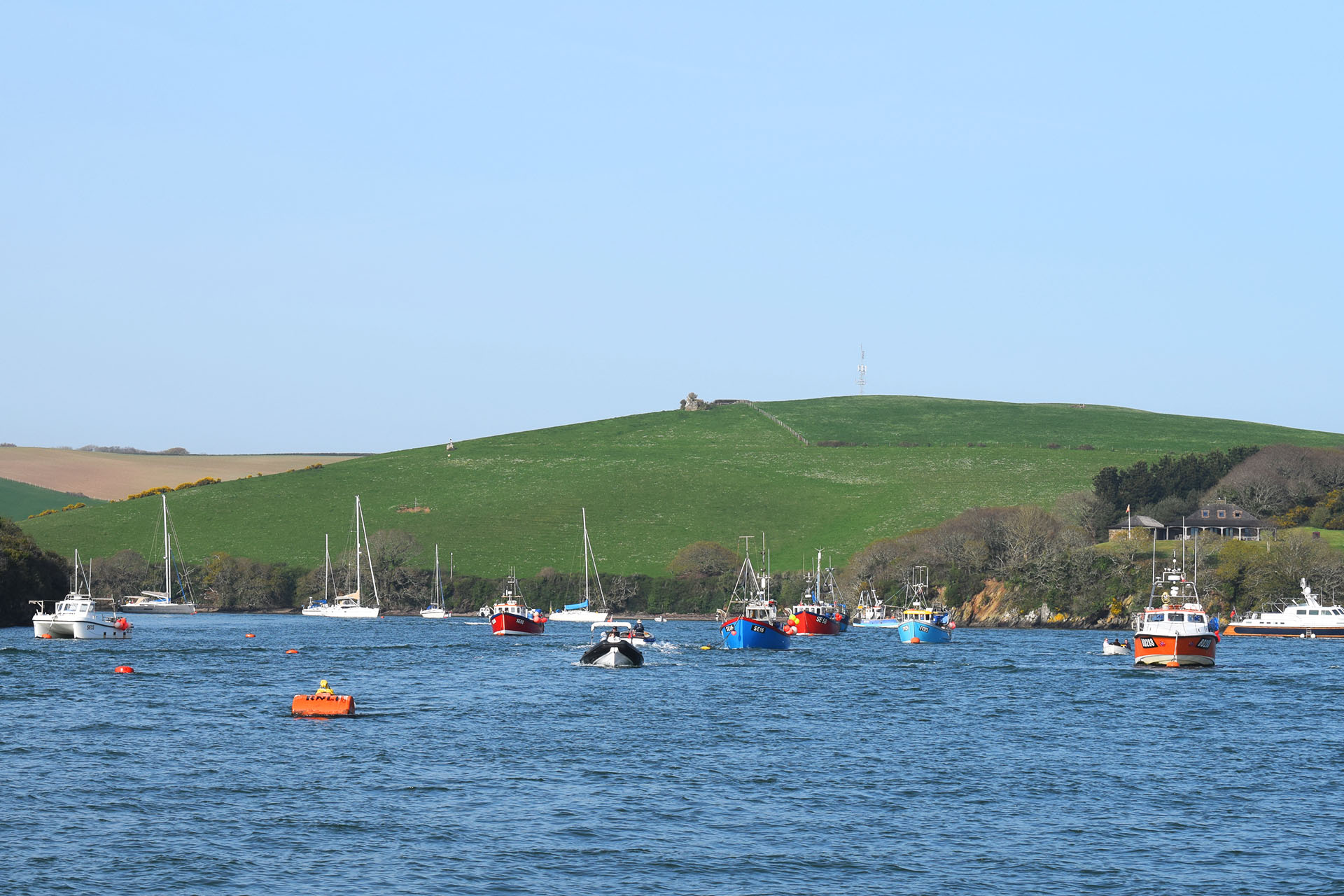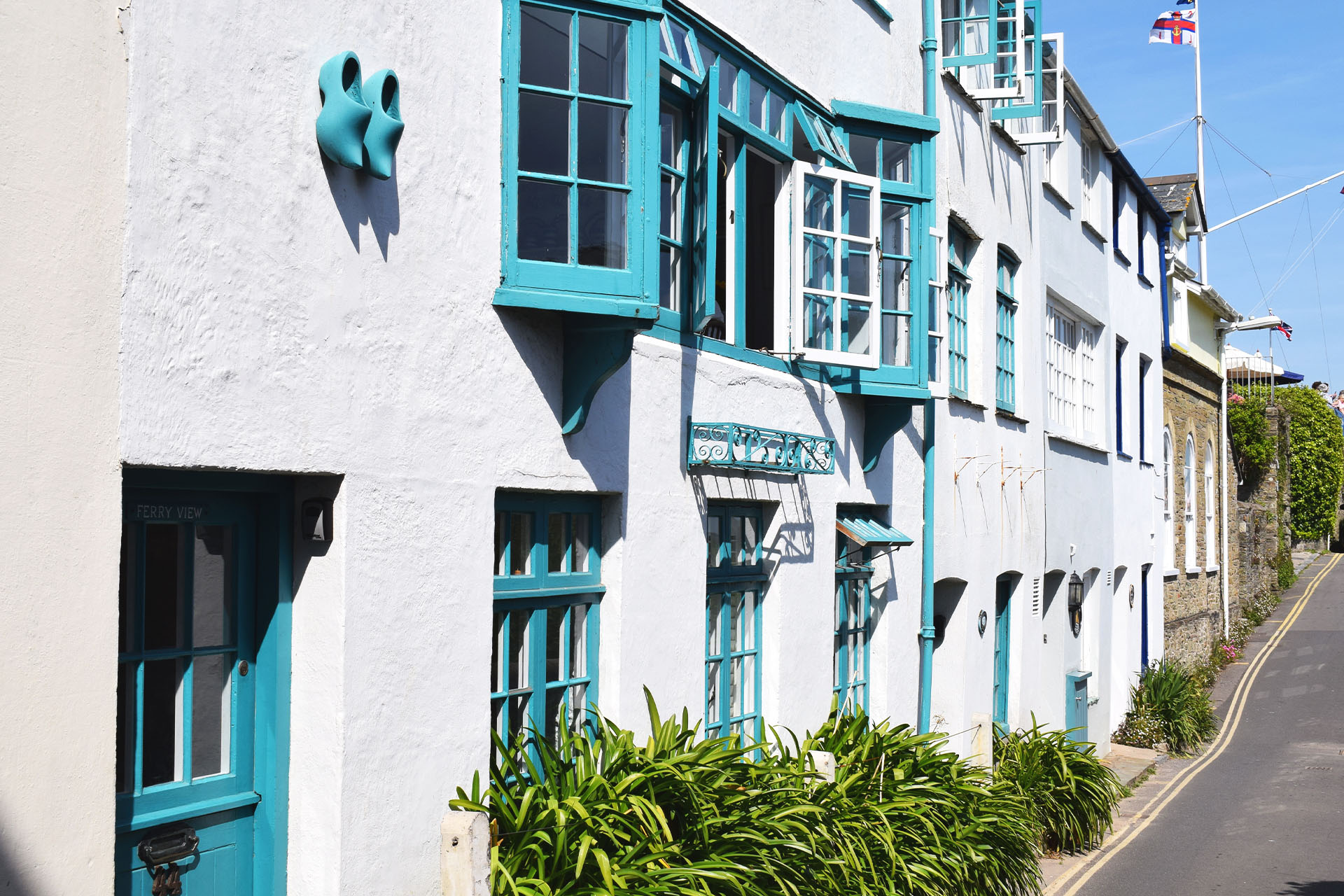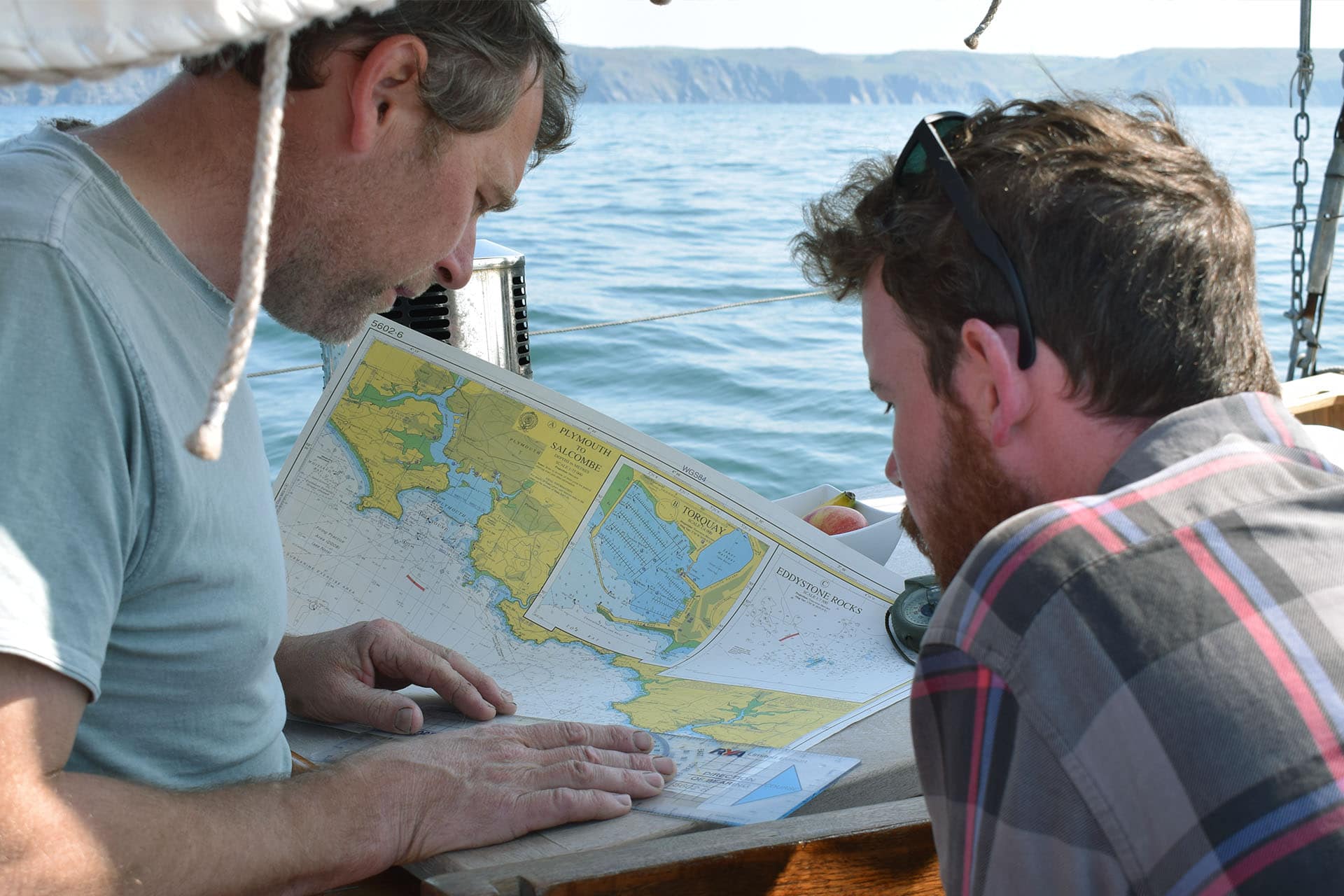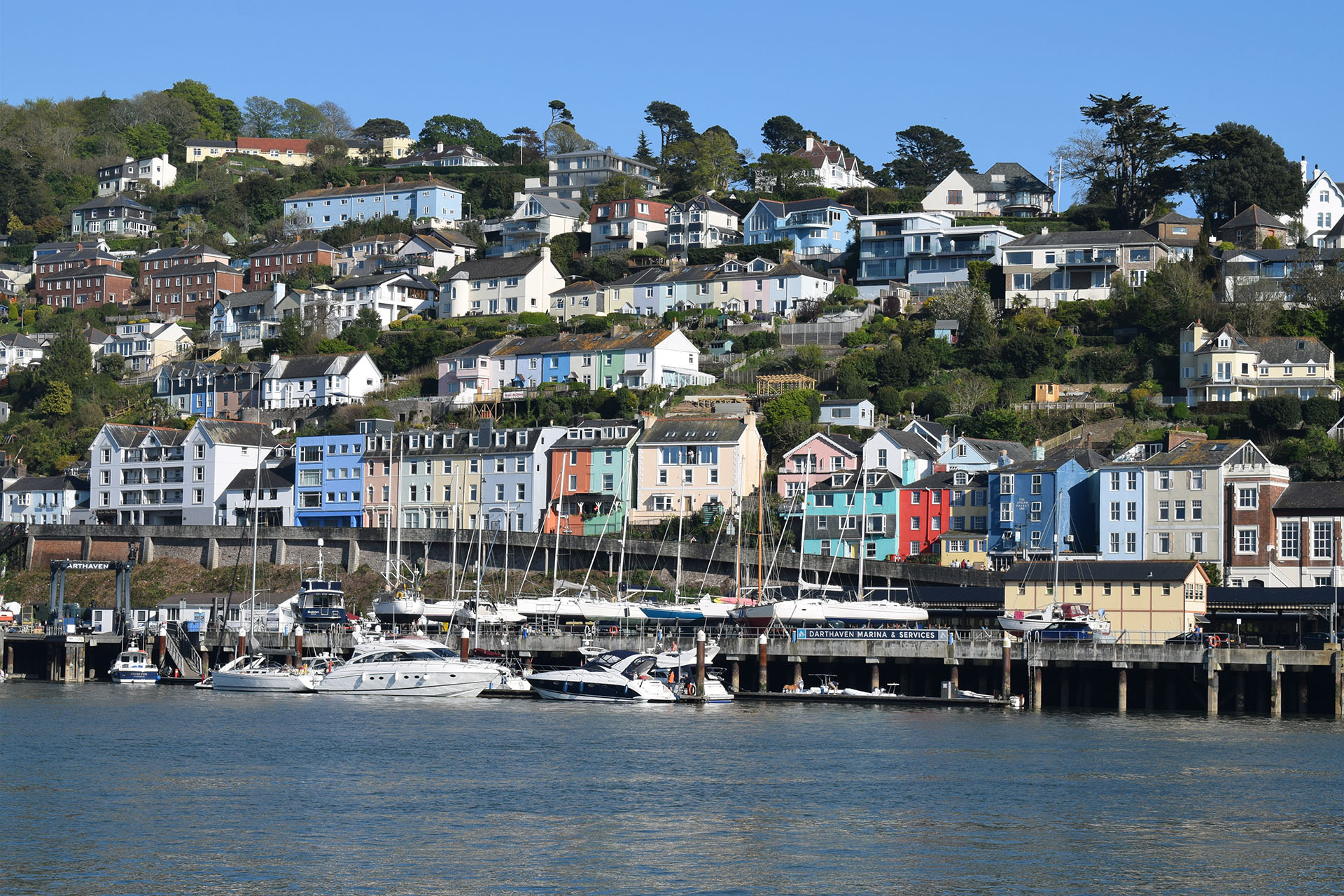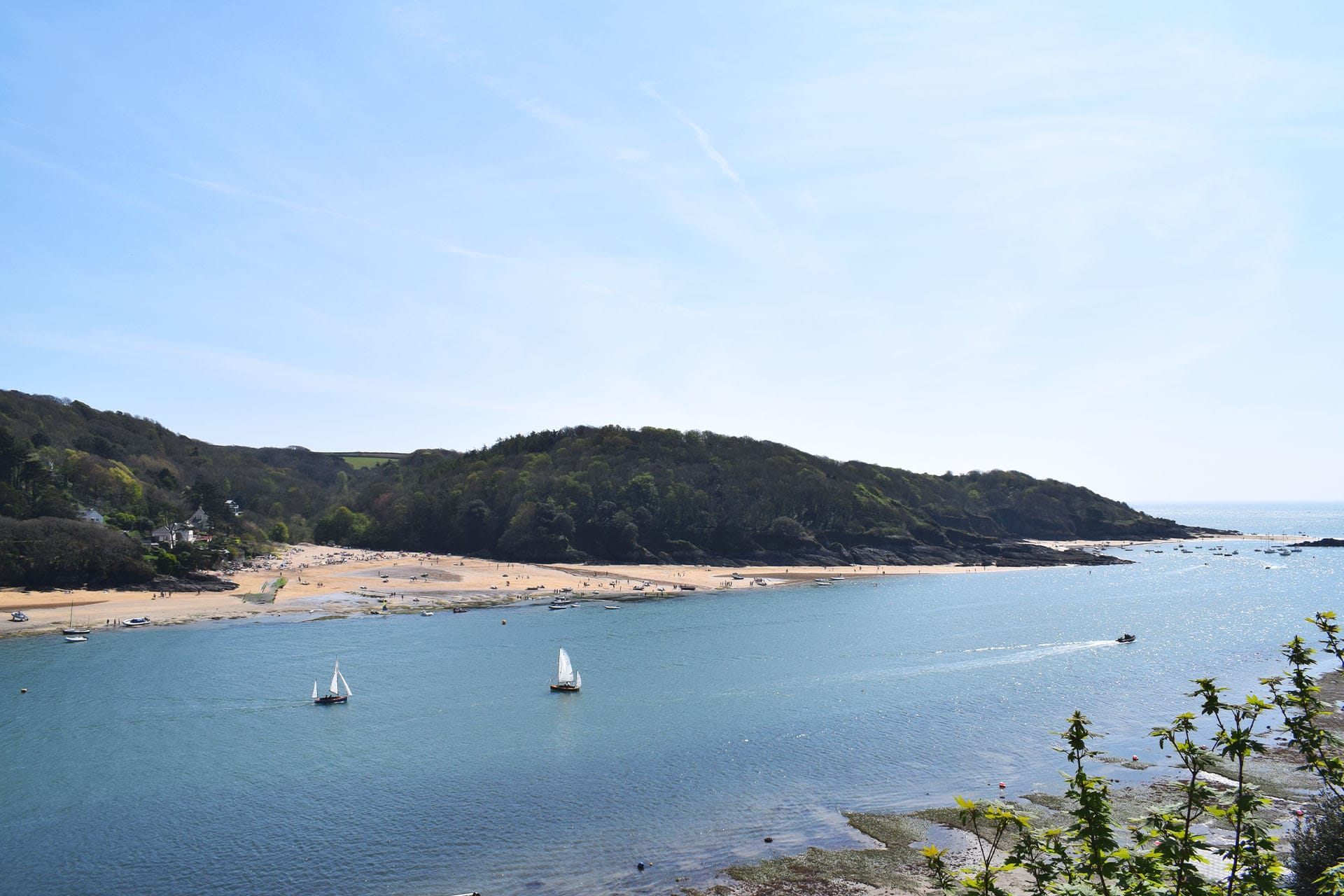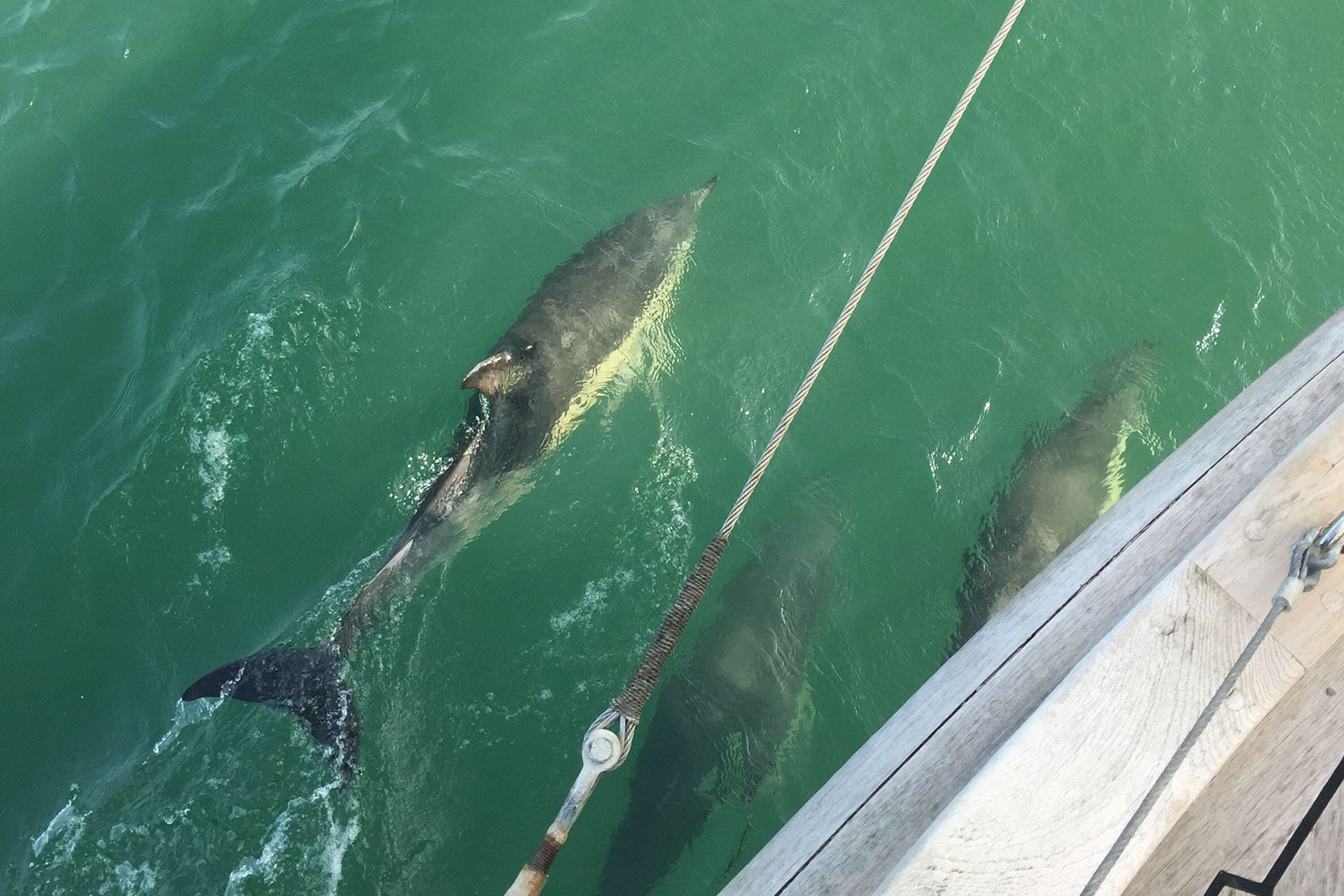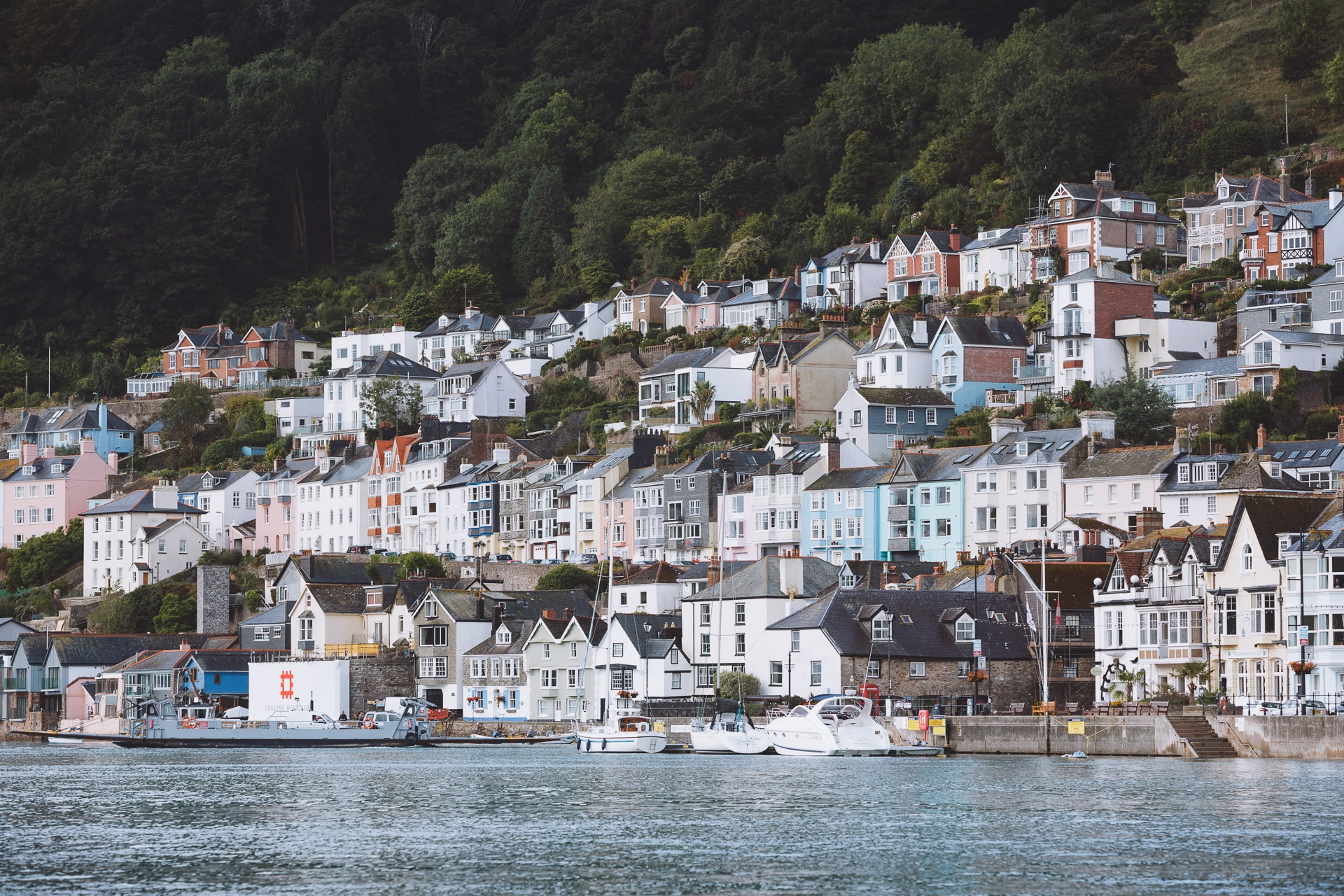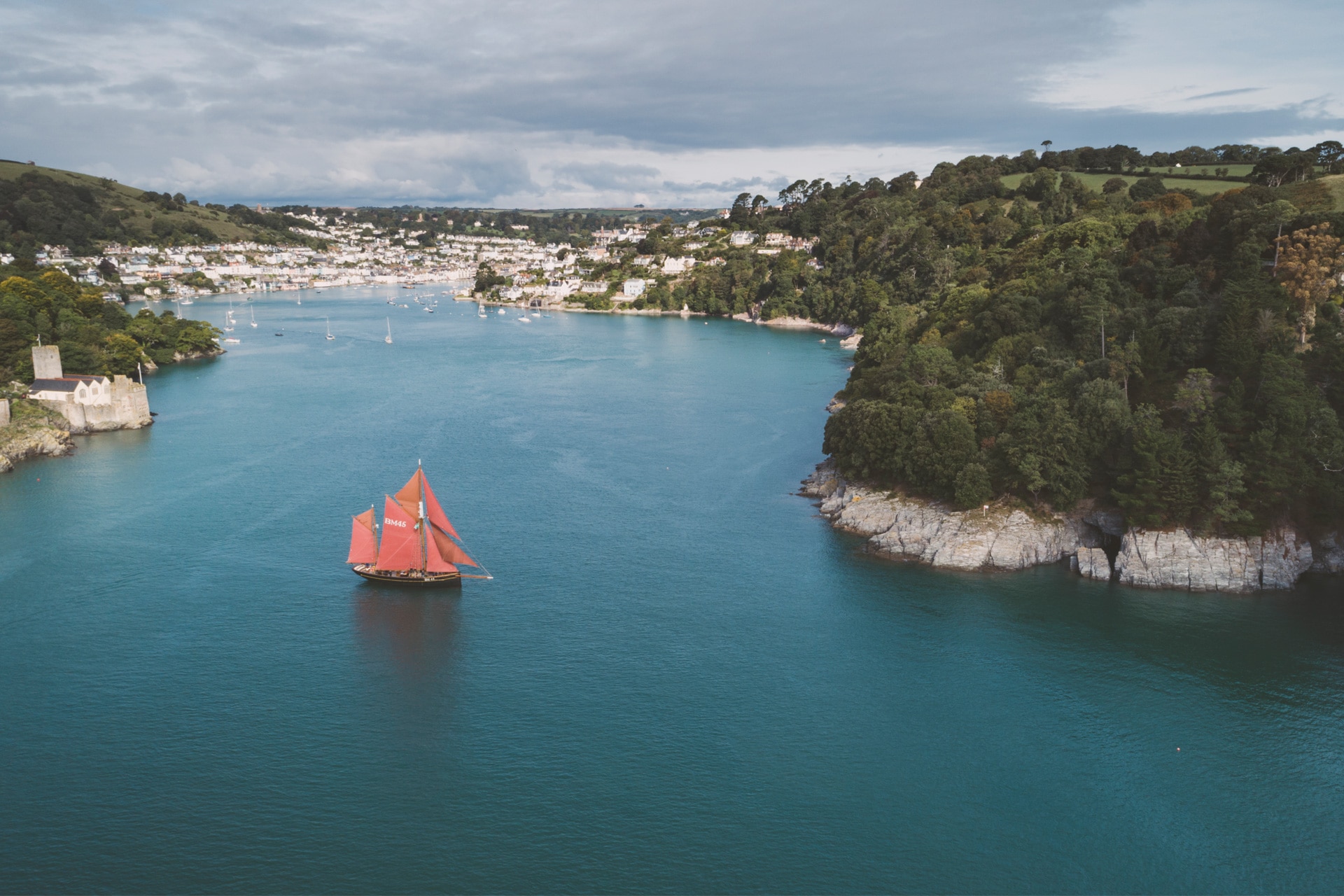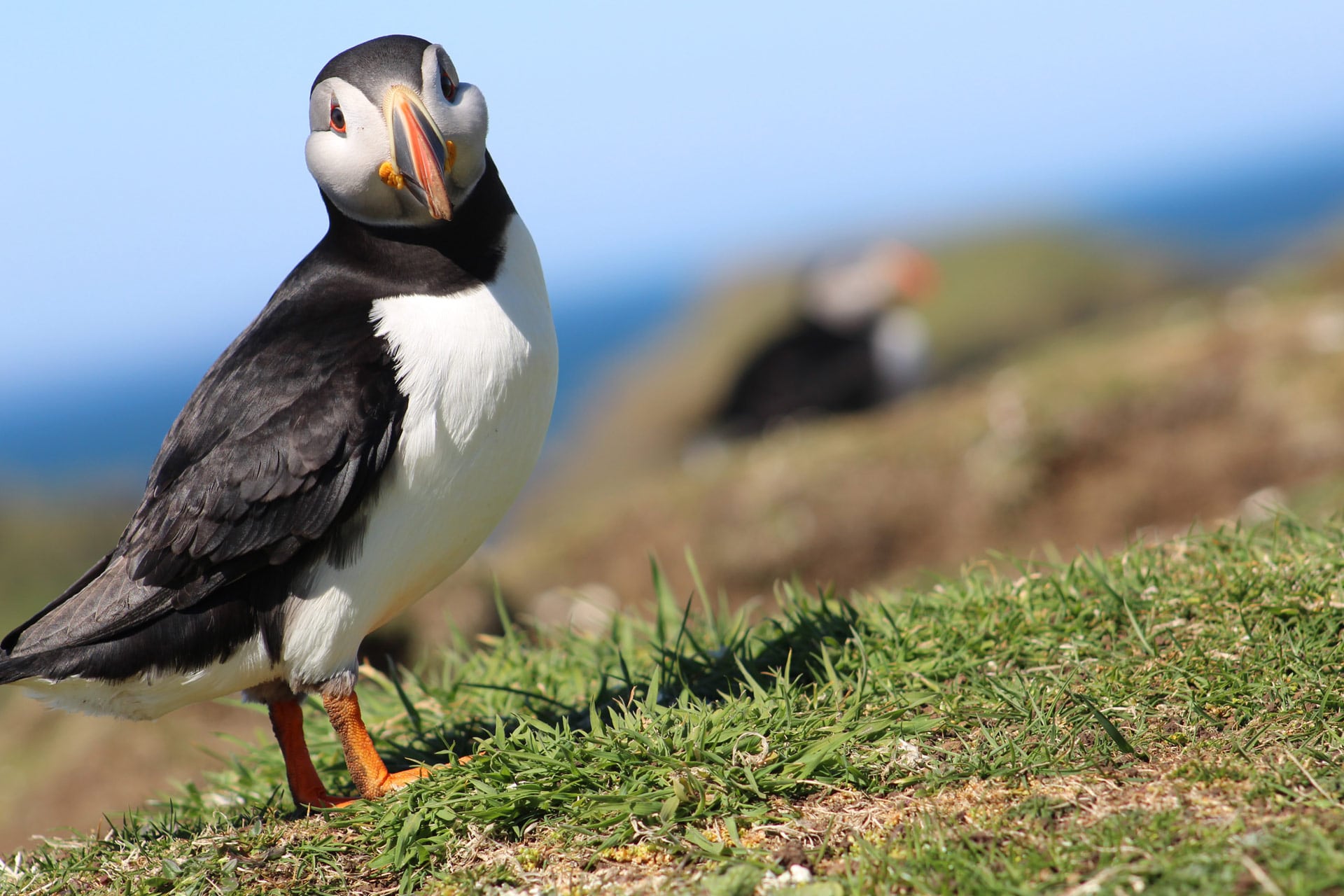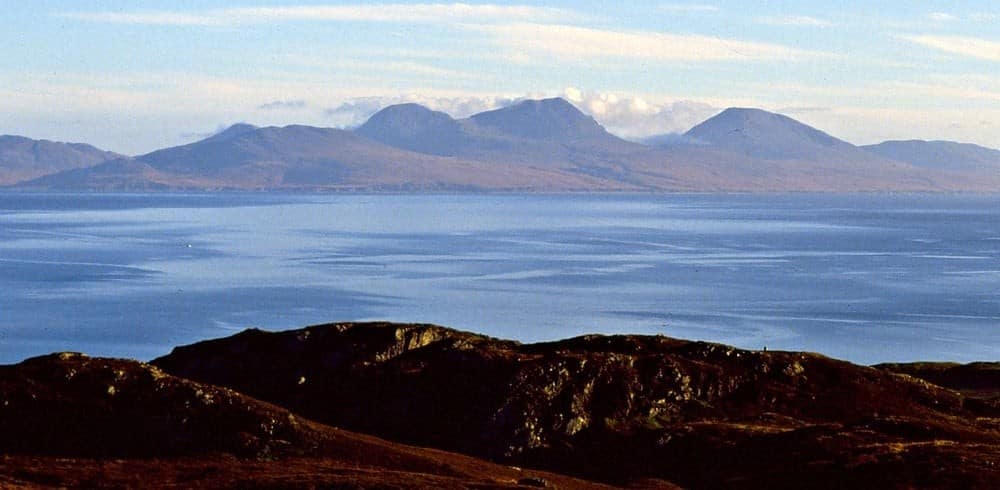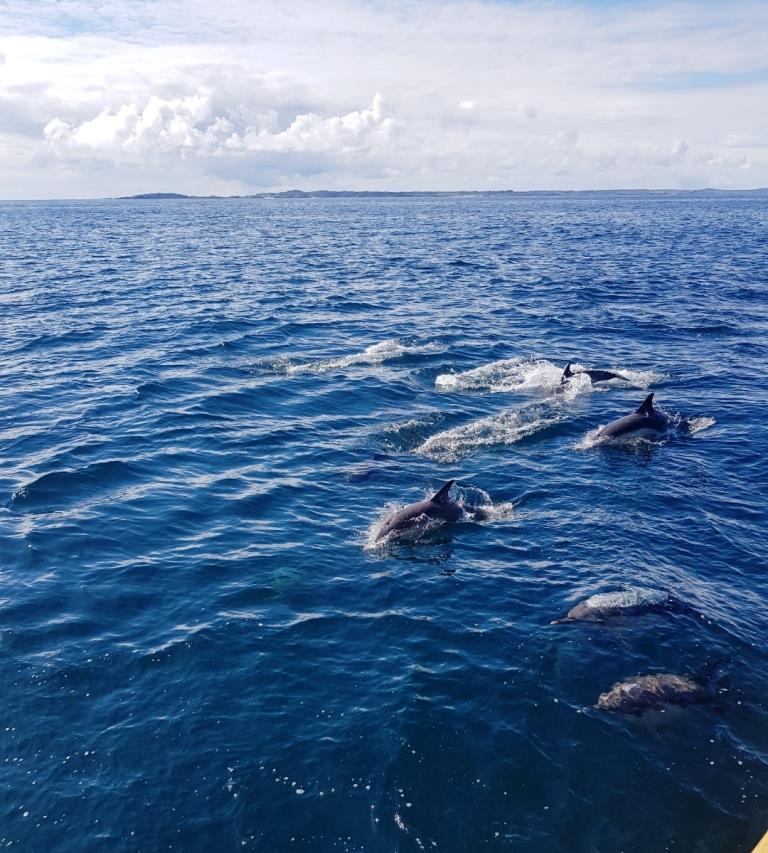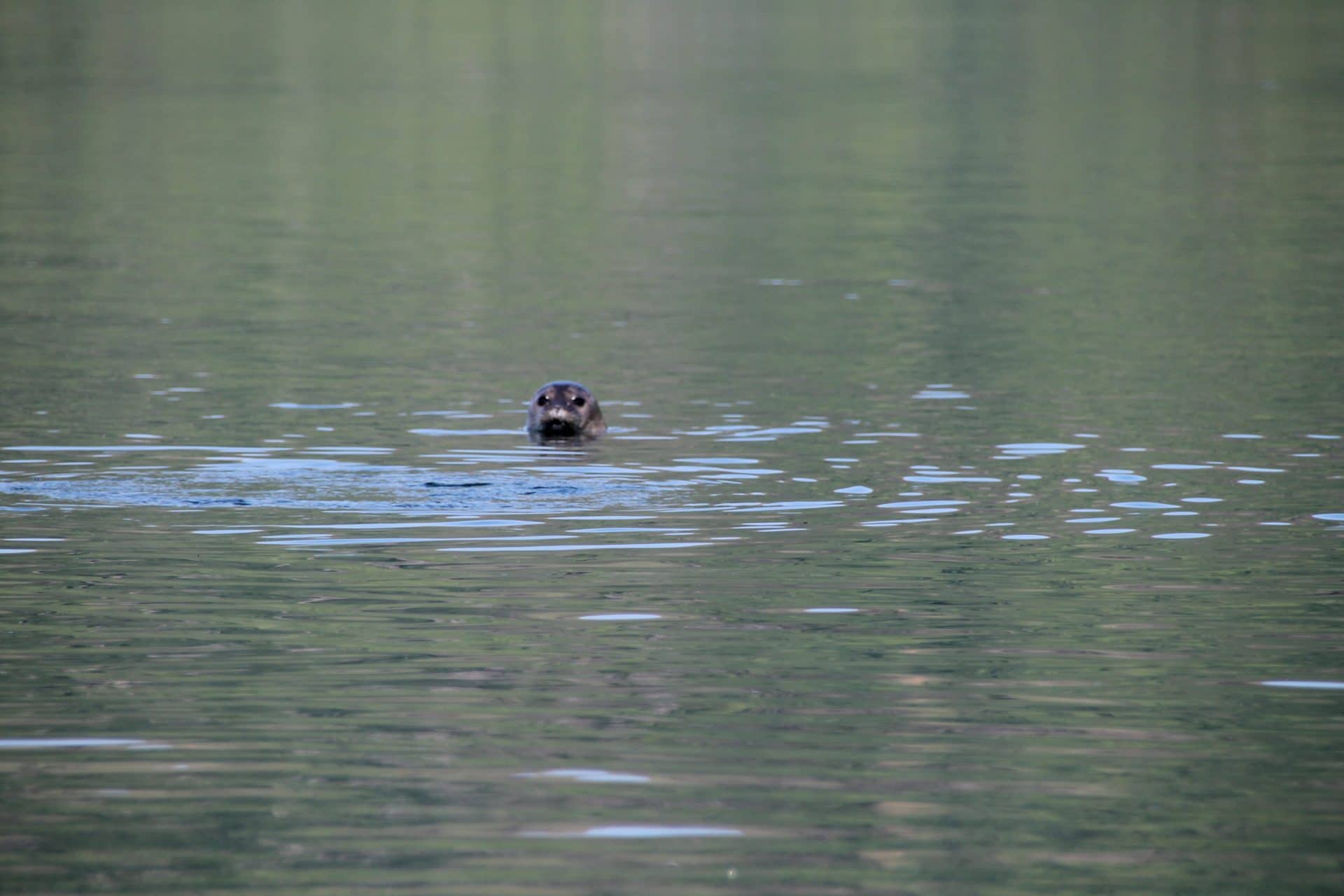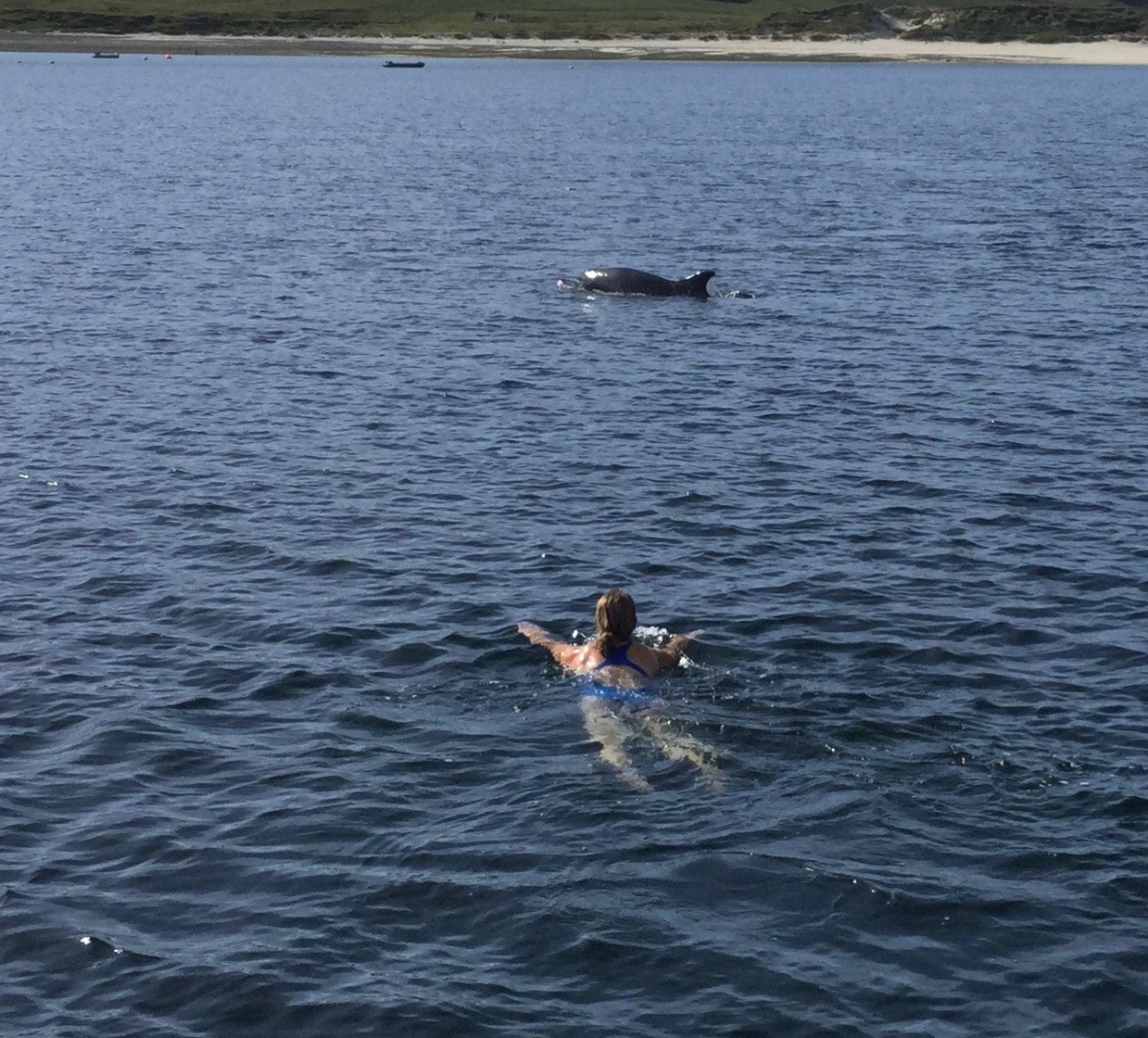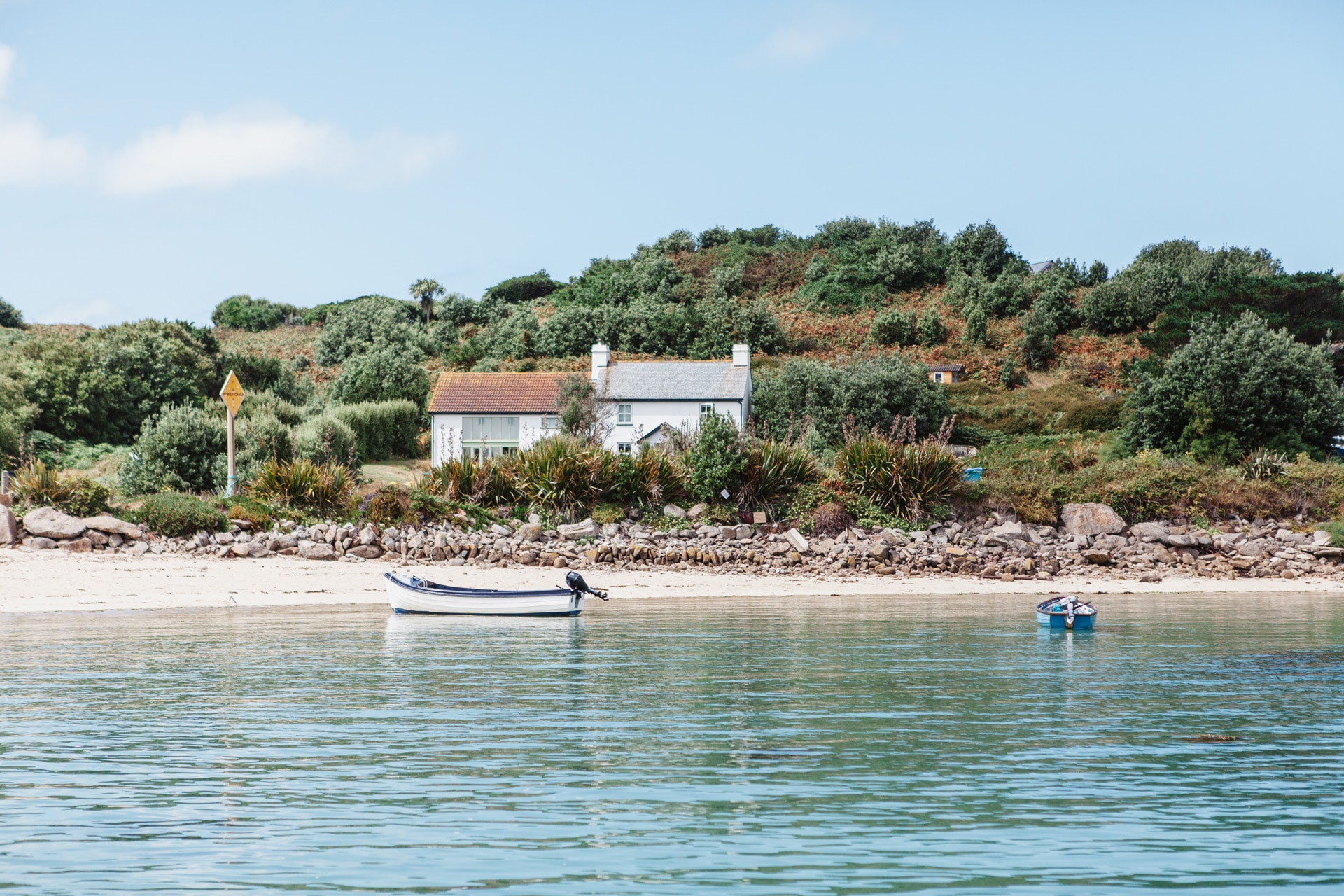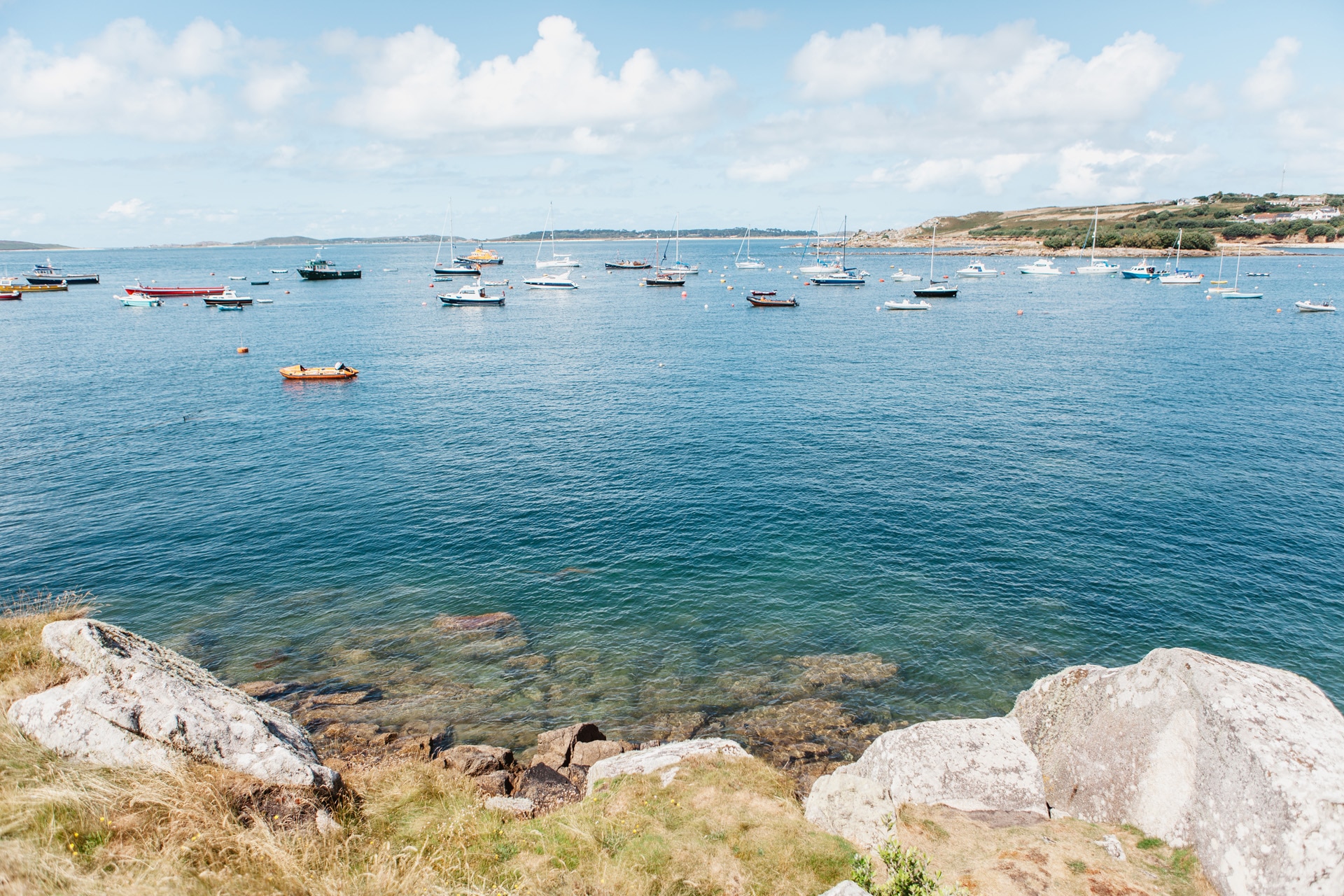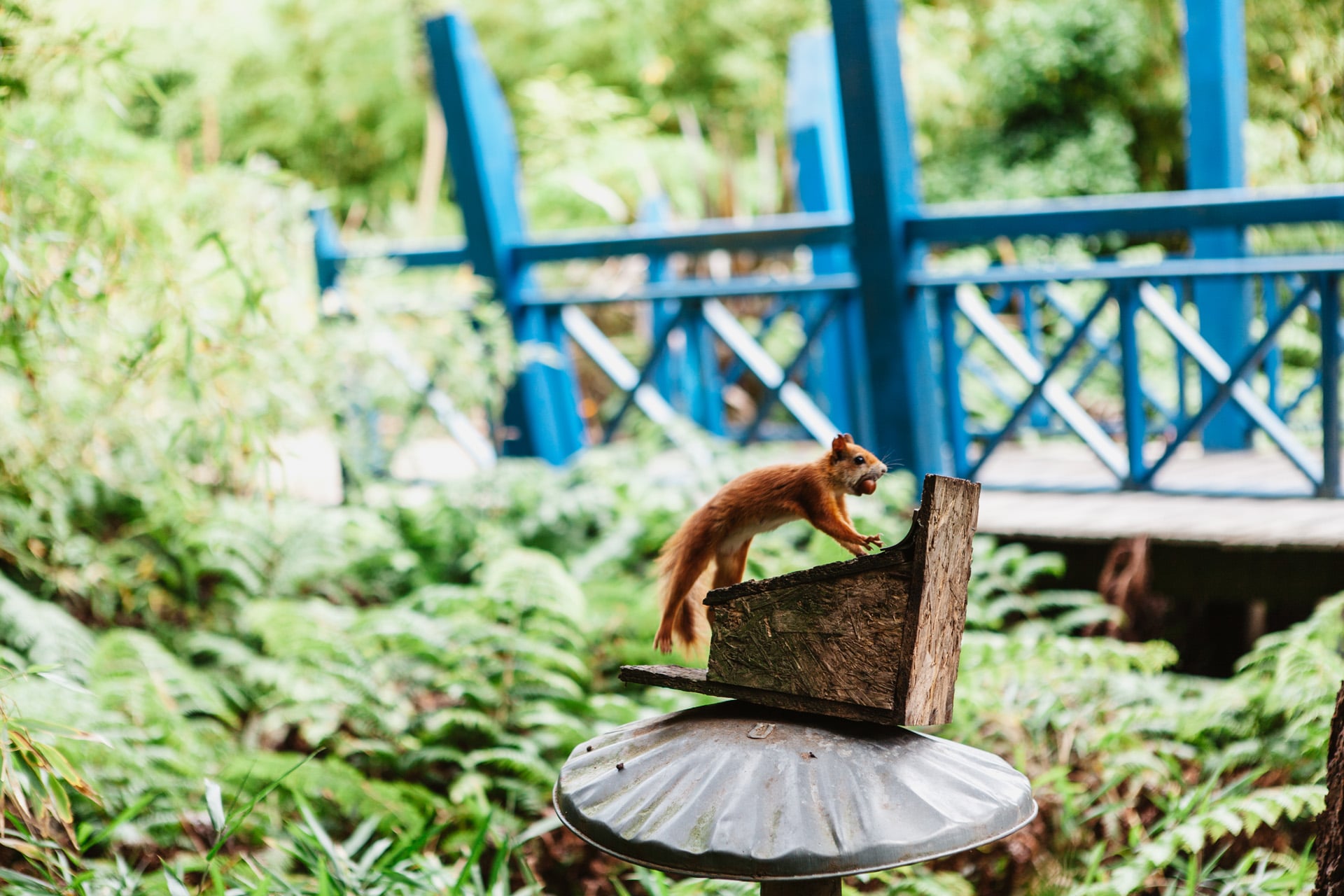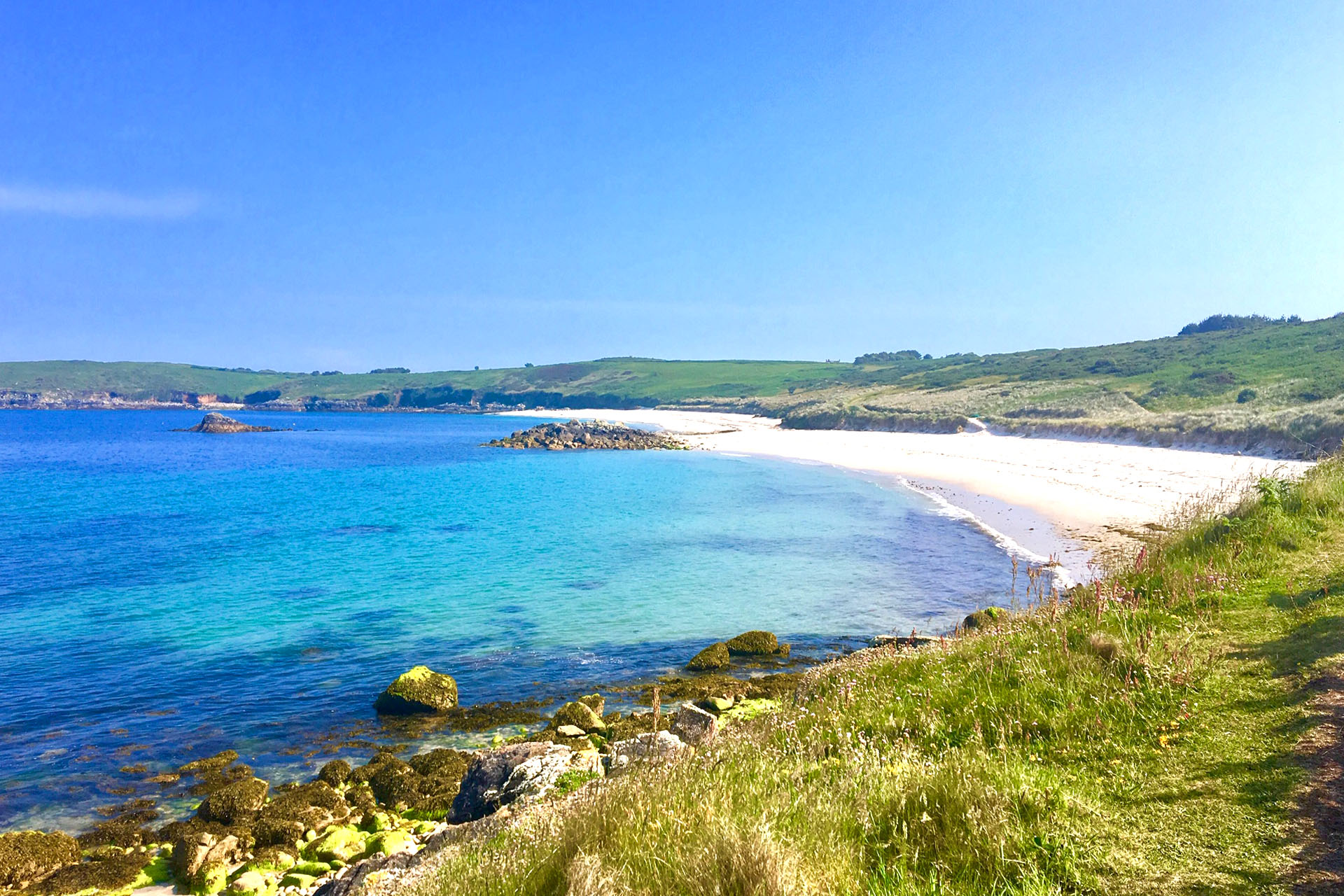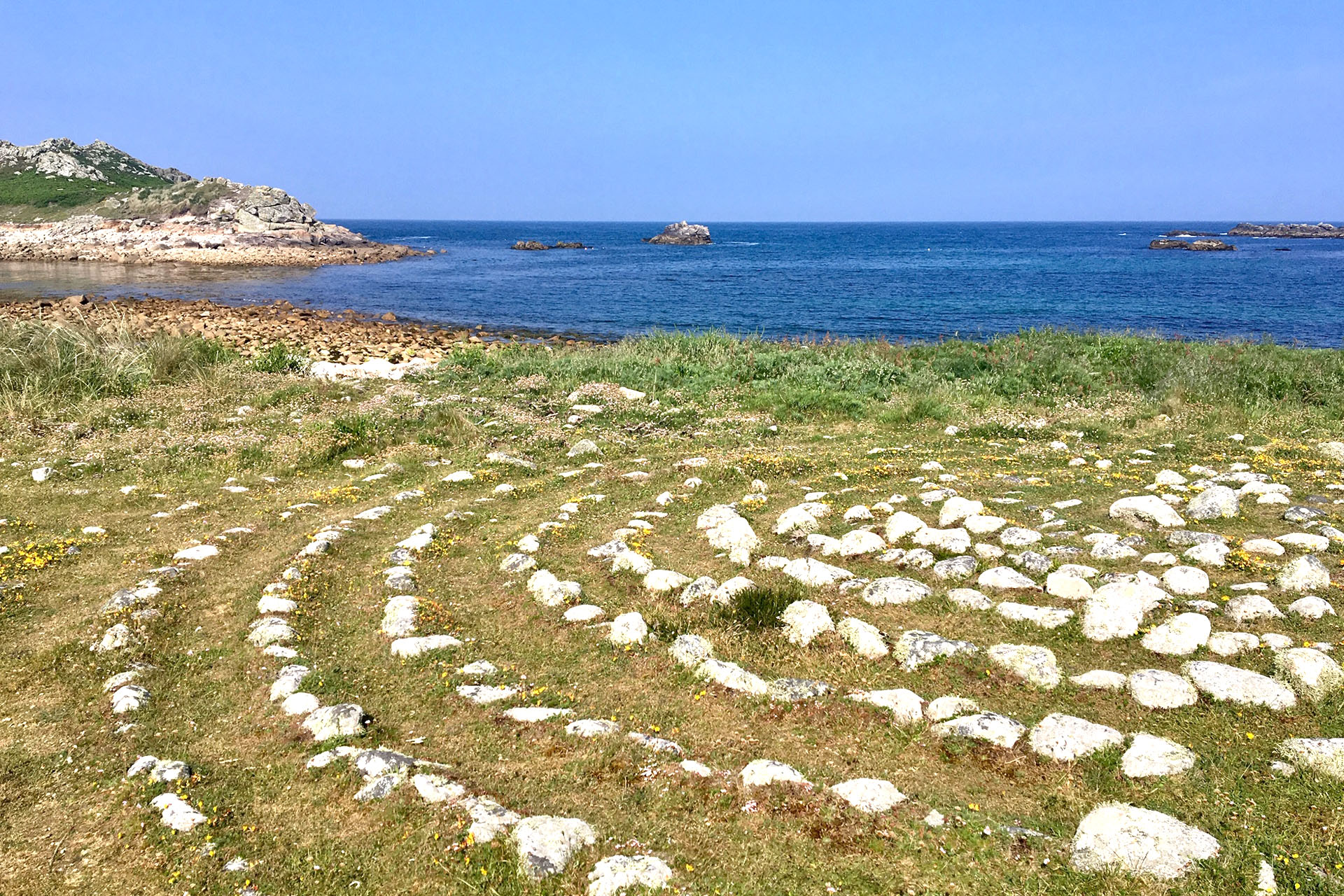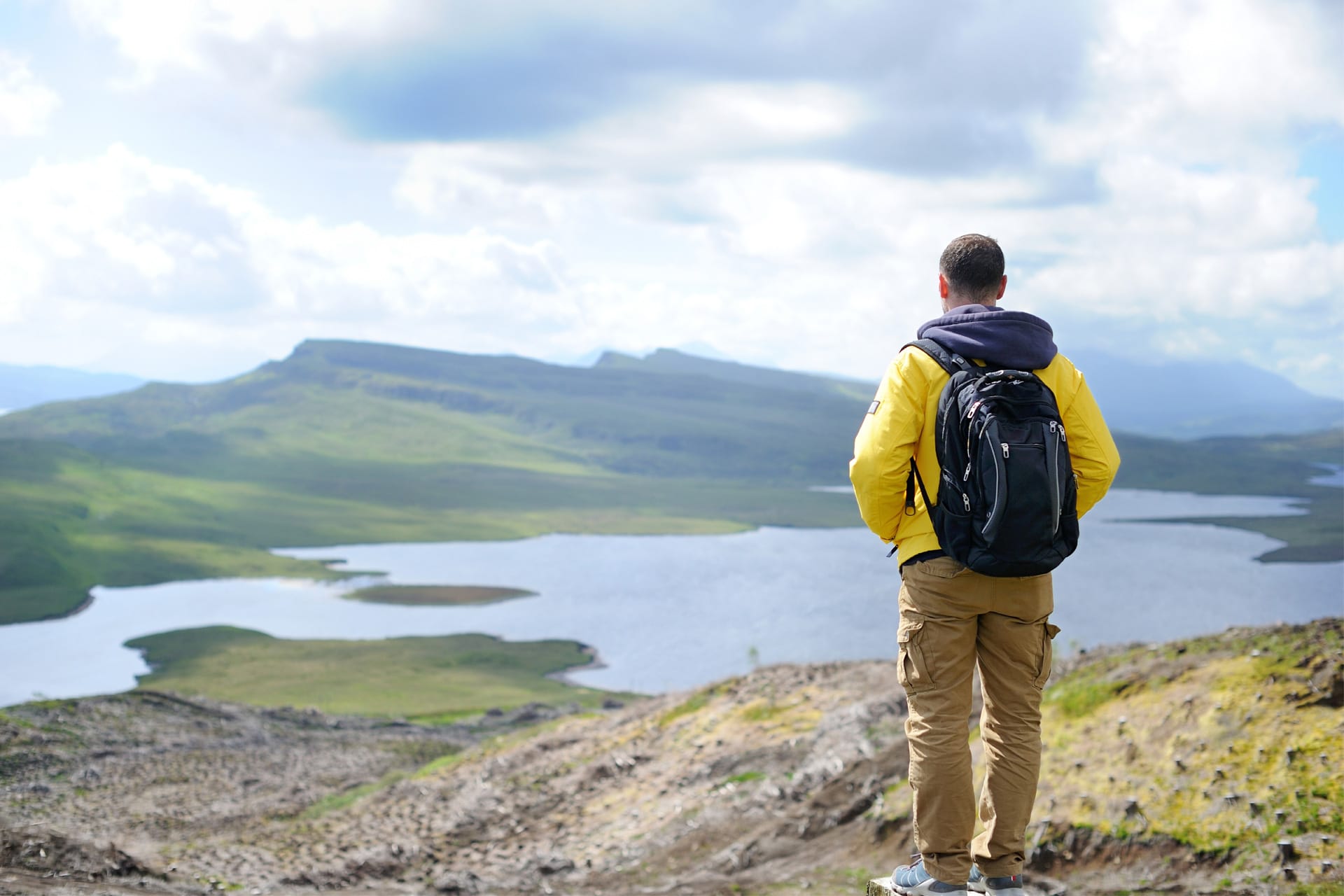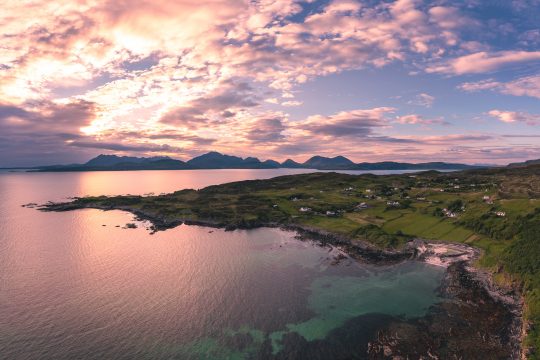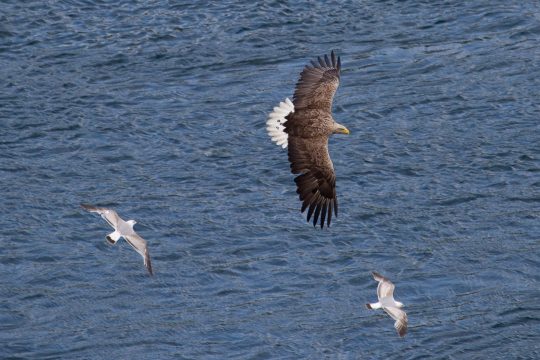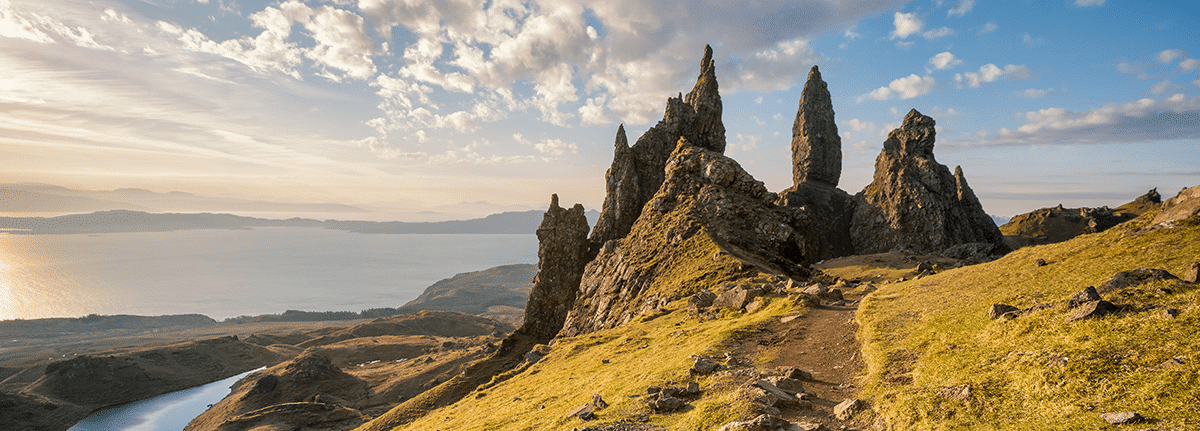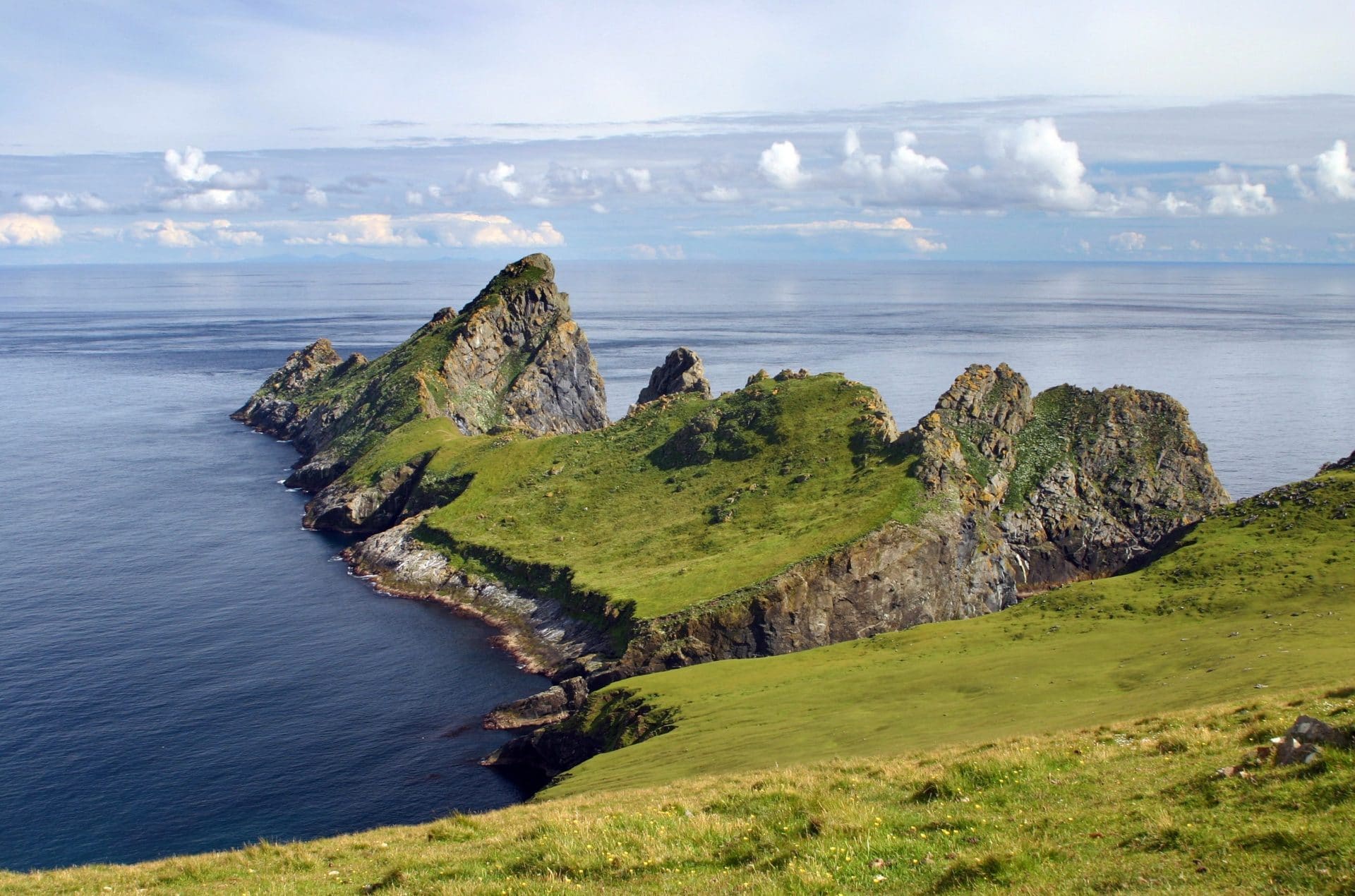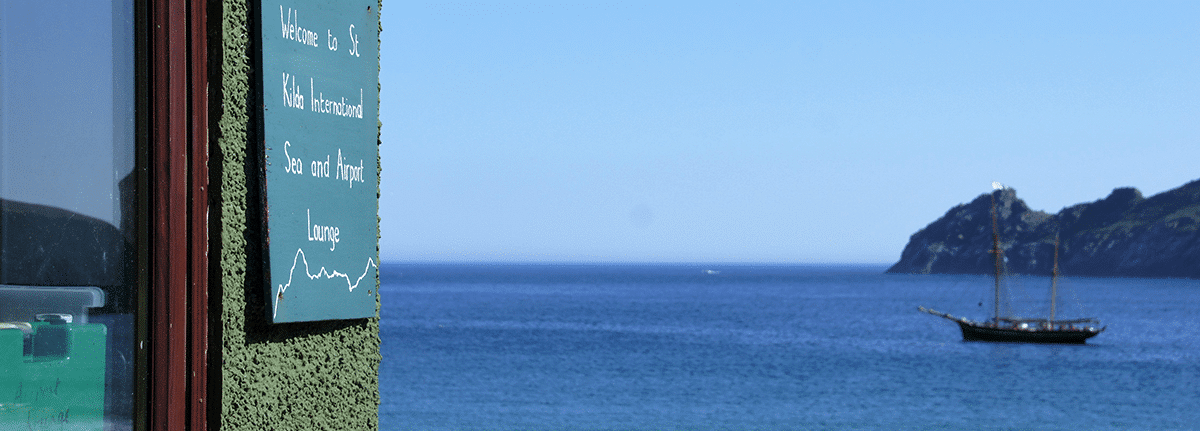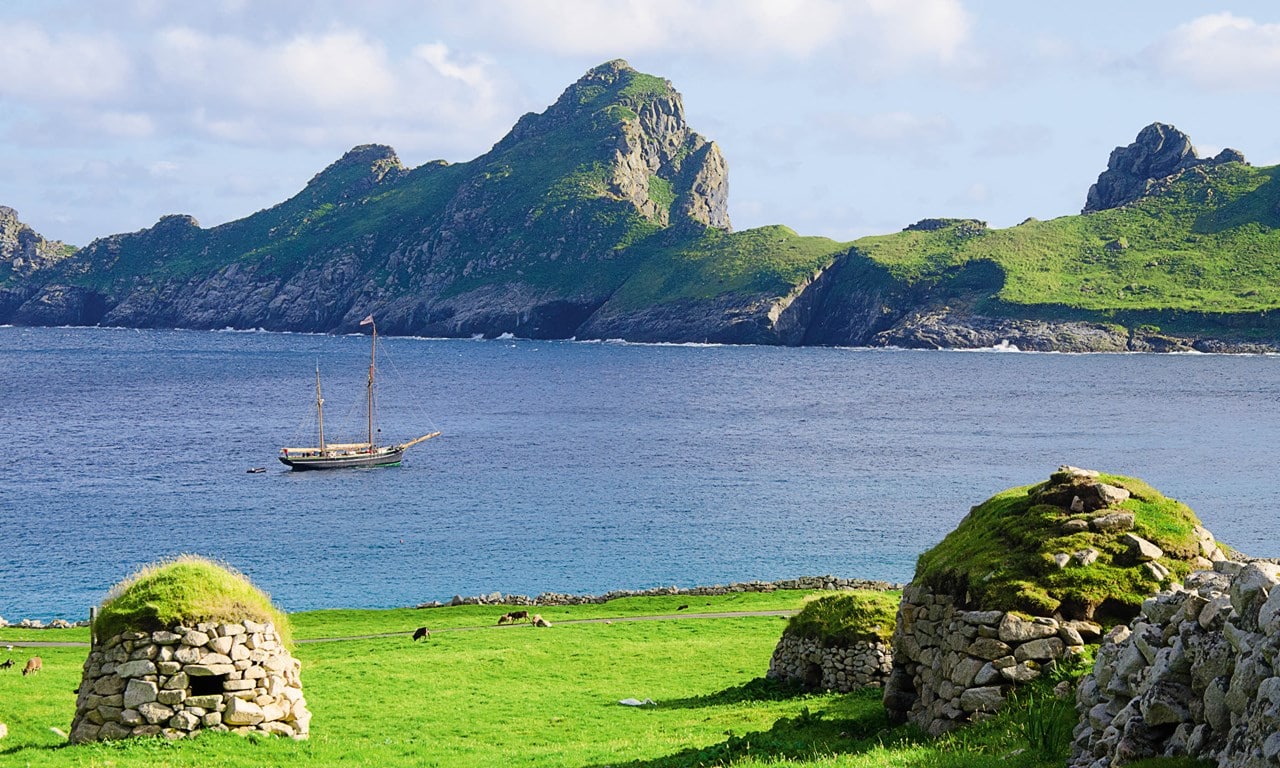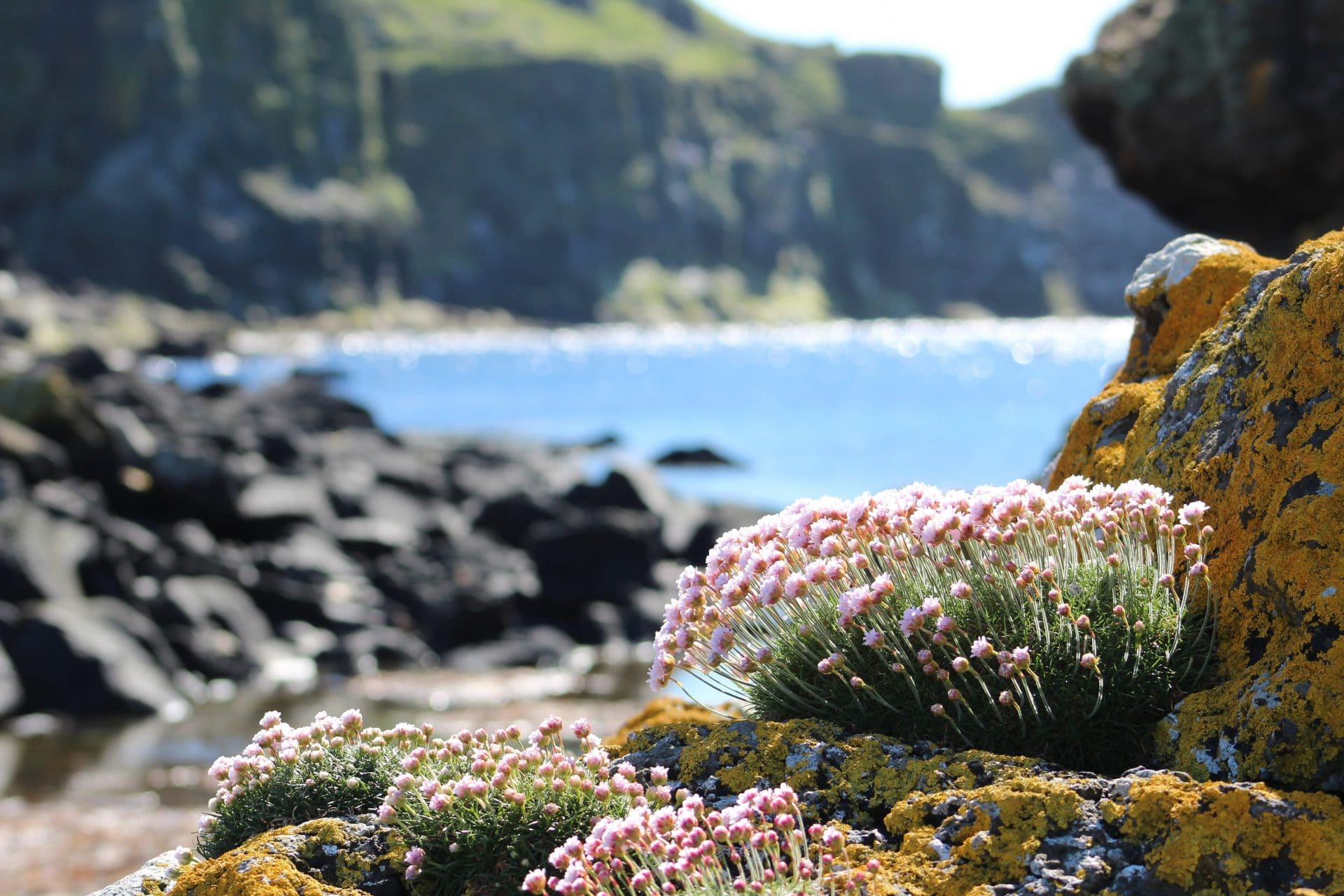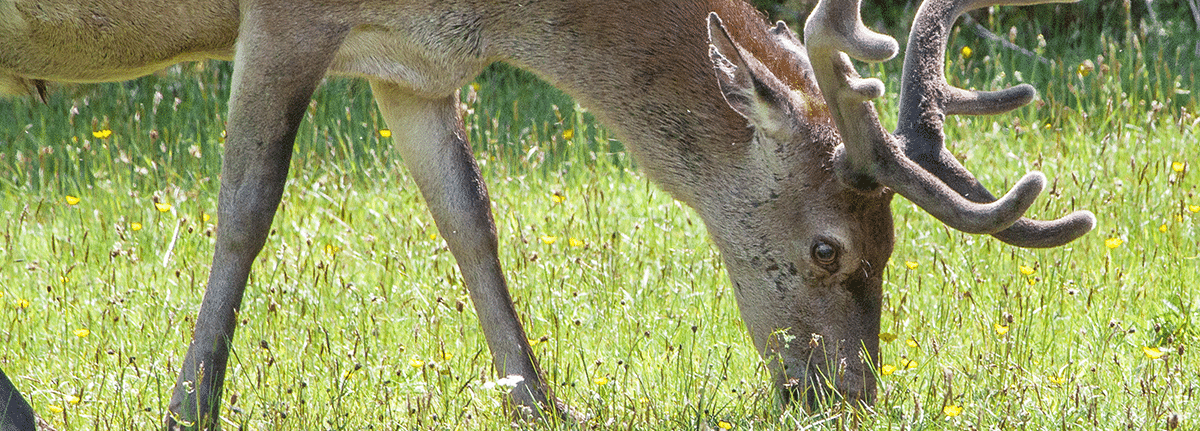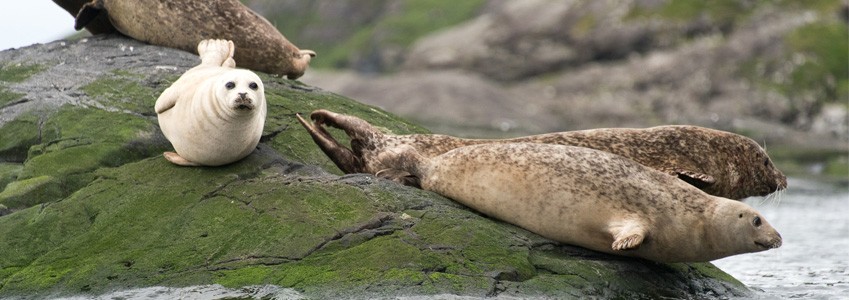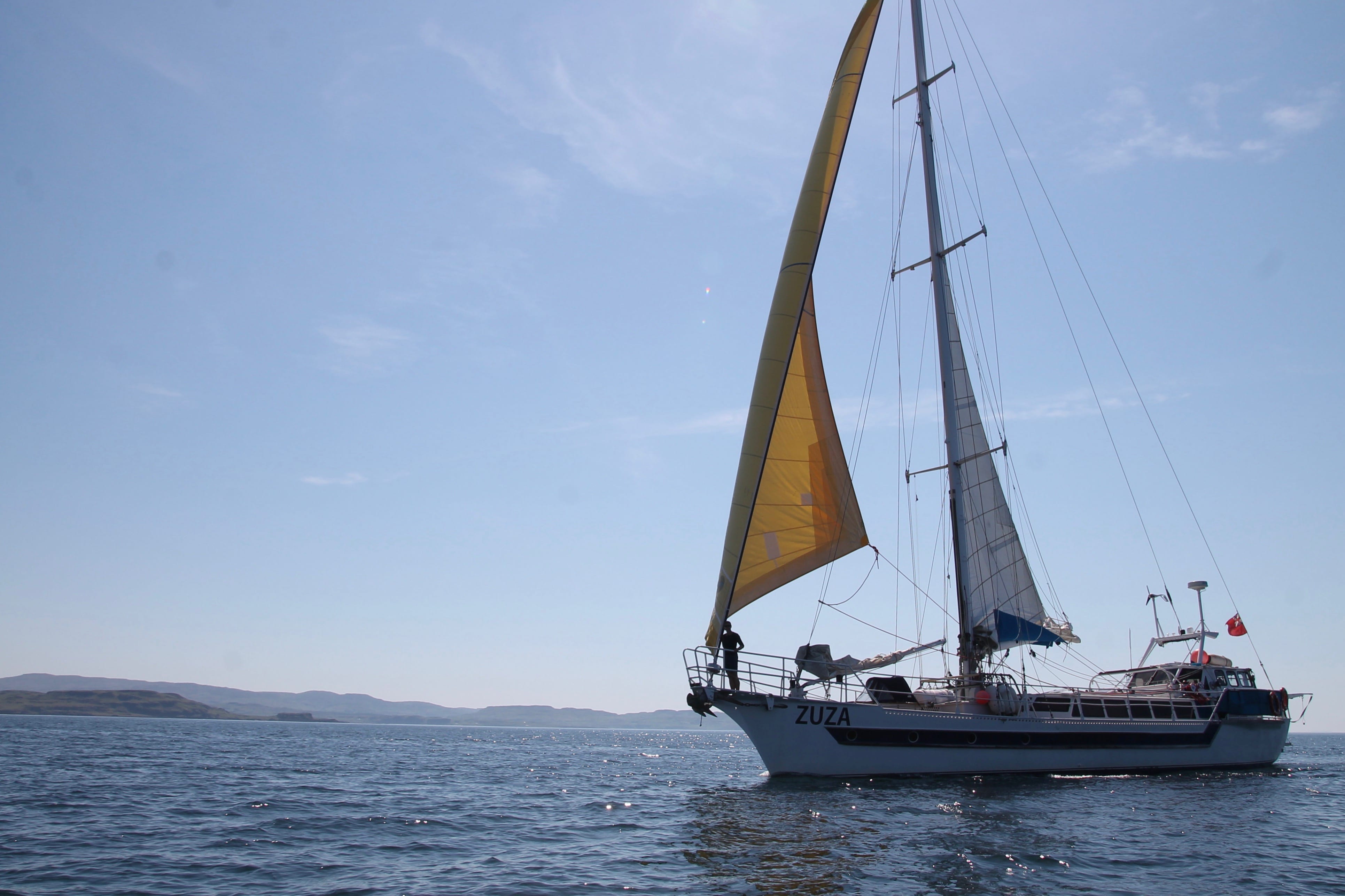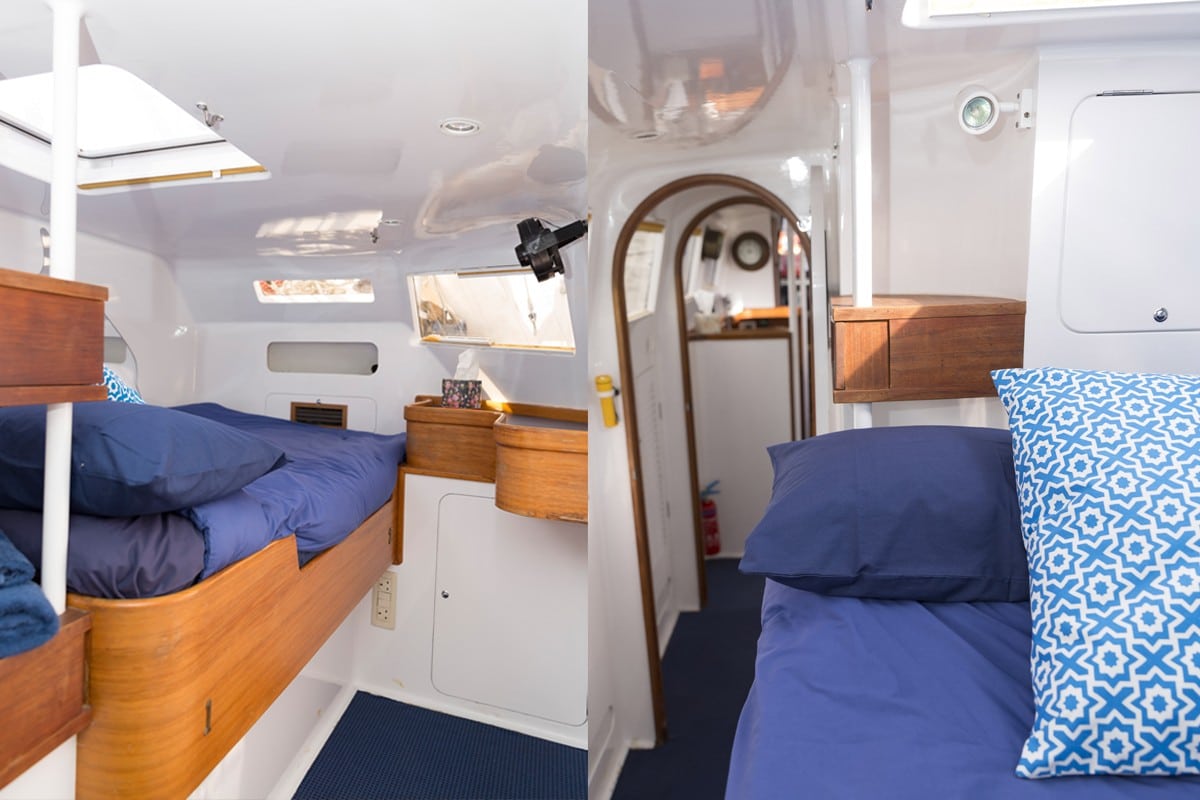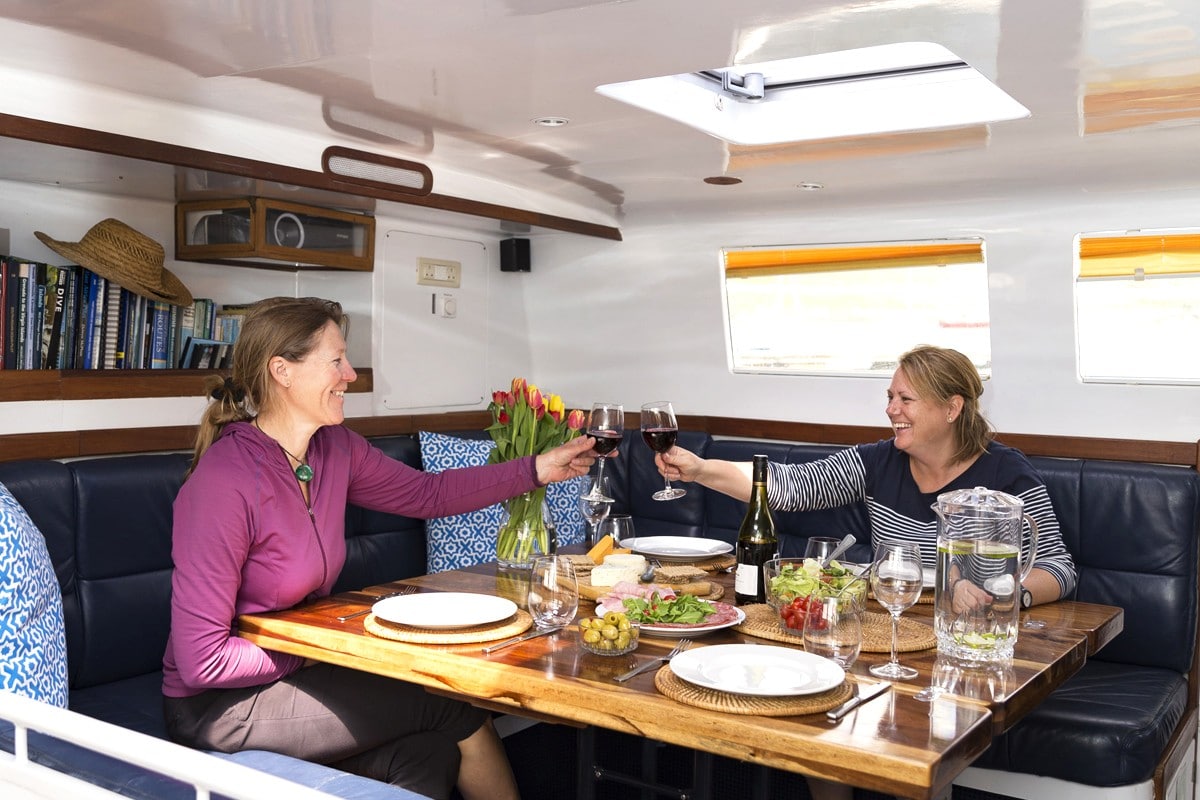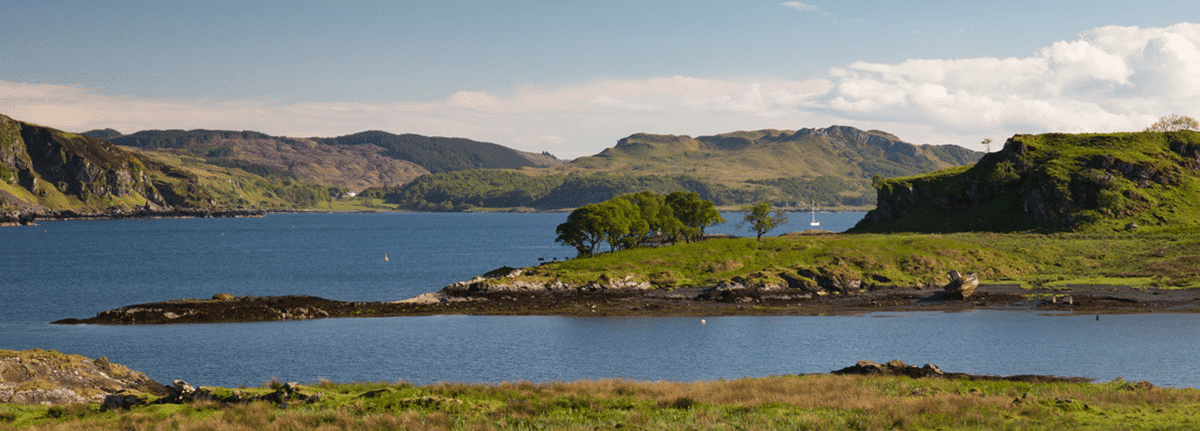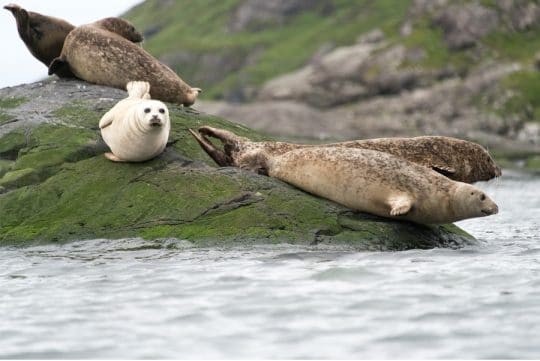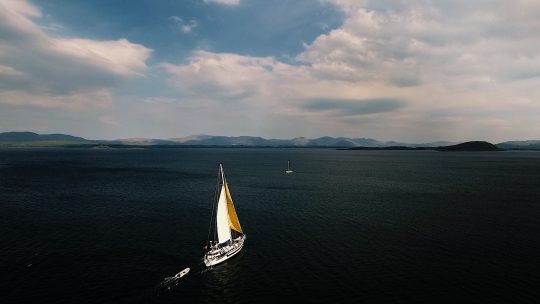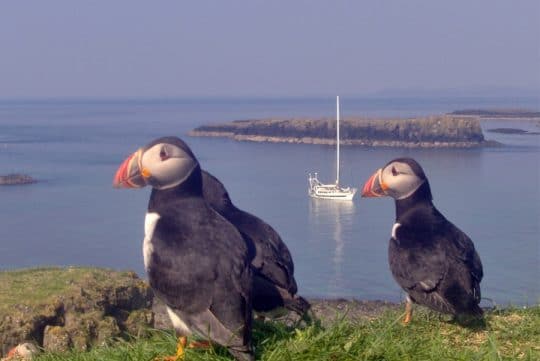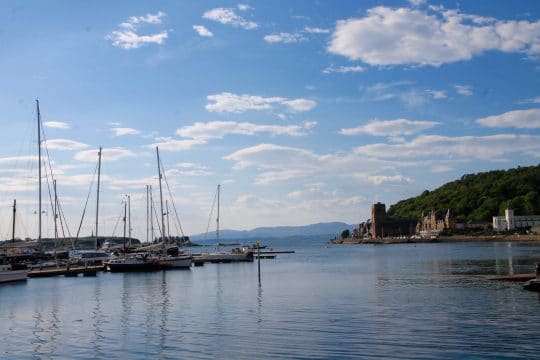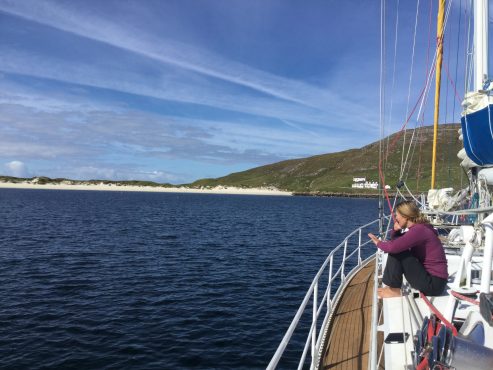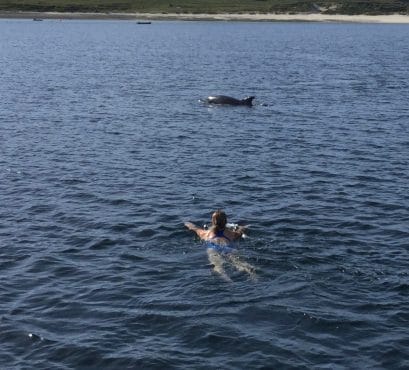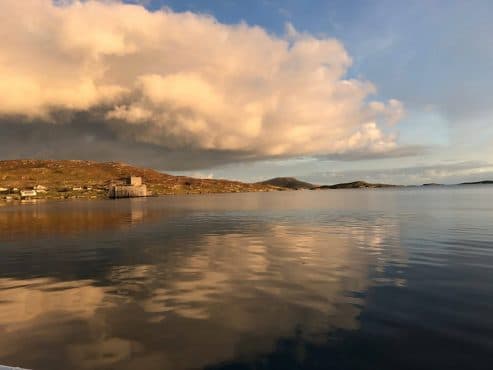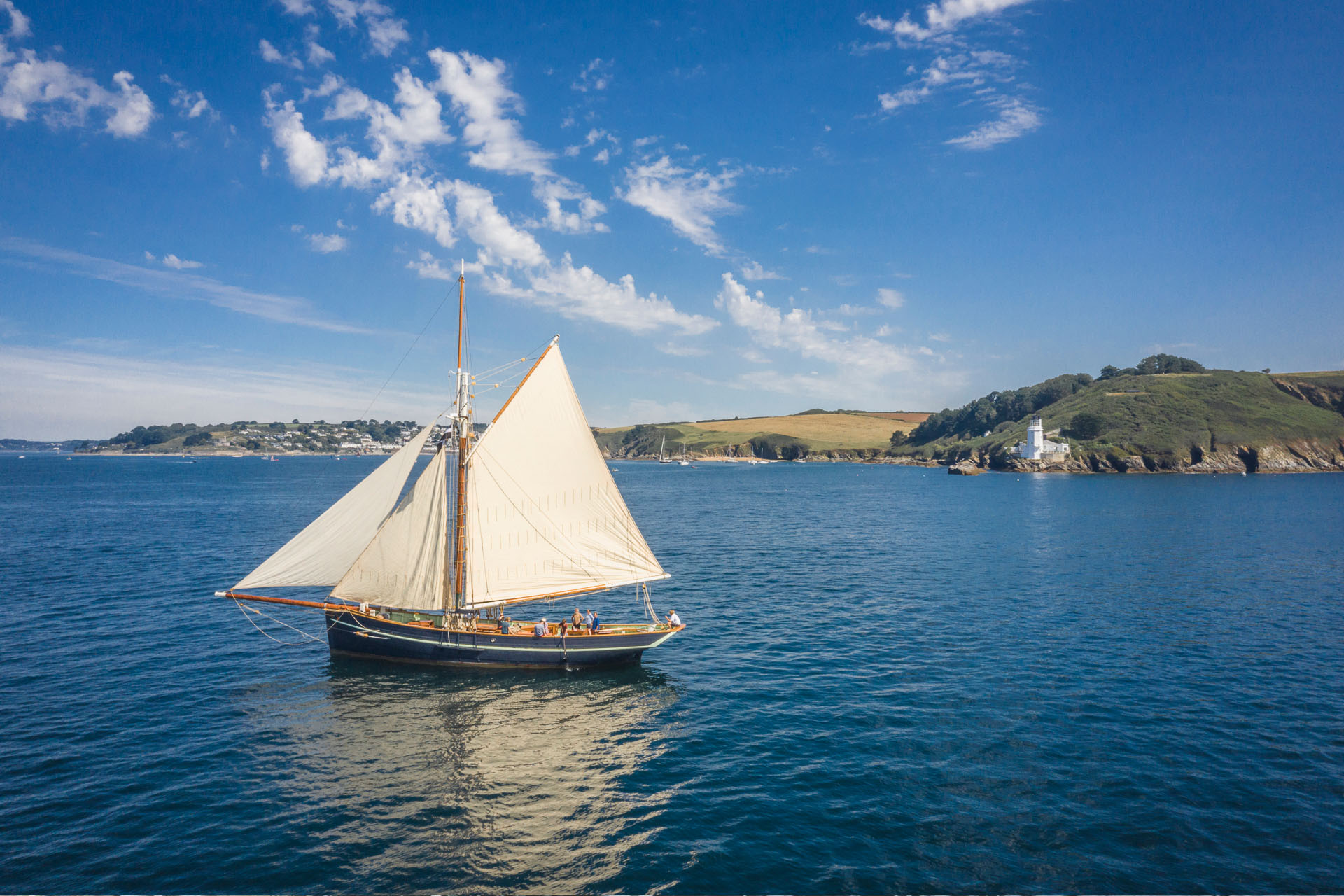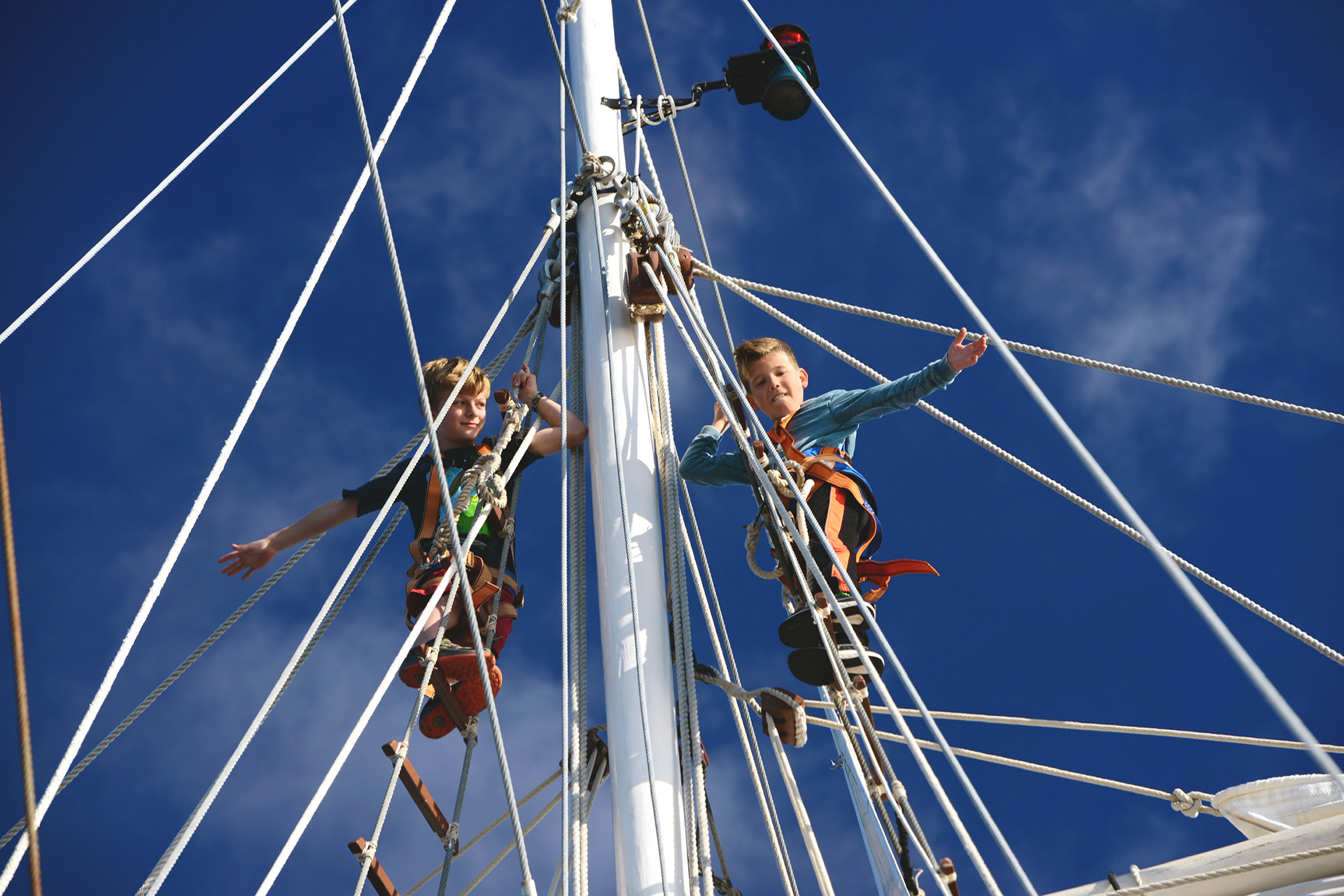
Tired of the usual go-to choices for your next family trip? Then why not join us for a stress-free skippered family sailing holiday?
Our unique fleet sail in stunning locations around the globe offering a range fully skippered and catered sailing adventures. Best of all, no experience is needed to climb aboard and guests have the option of doing as little or as much as they like. From individual berths to whole boat charters, set sail on a skippered family sailing holiday with us in 2024!
Why choose a family sailing holiday?
Our family sailing holidays provide an ideal opportunity for families to connect and create lasting memories. With no distractions you can focus on spending quality time together, engaging and forming strong family bonds. Sailing holidays also encourage self-reliance, problem-solving, and teamwork. Children will also have the chance to actively participate in sailing tasks. These could include helping hoist the sails, steer the ship, and learning the ropes of seamanship under the guidance of experienced crew members. Of course there are benefits for parents too, as you relax, unwind and indulge with no cooking, cleaning or washing up to do!
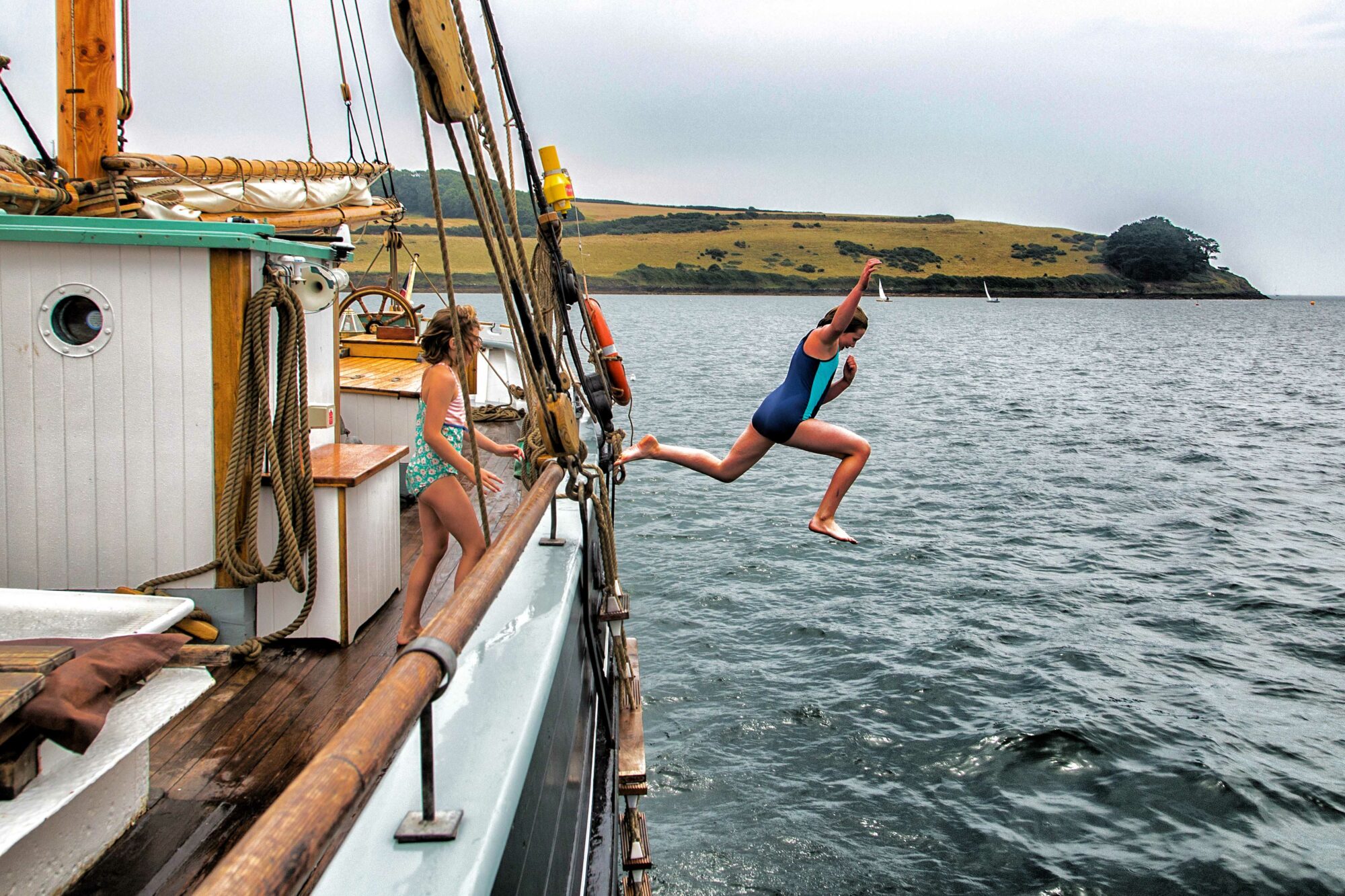

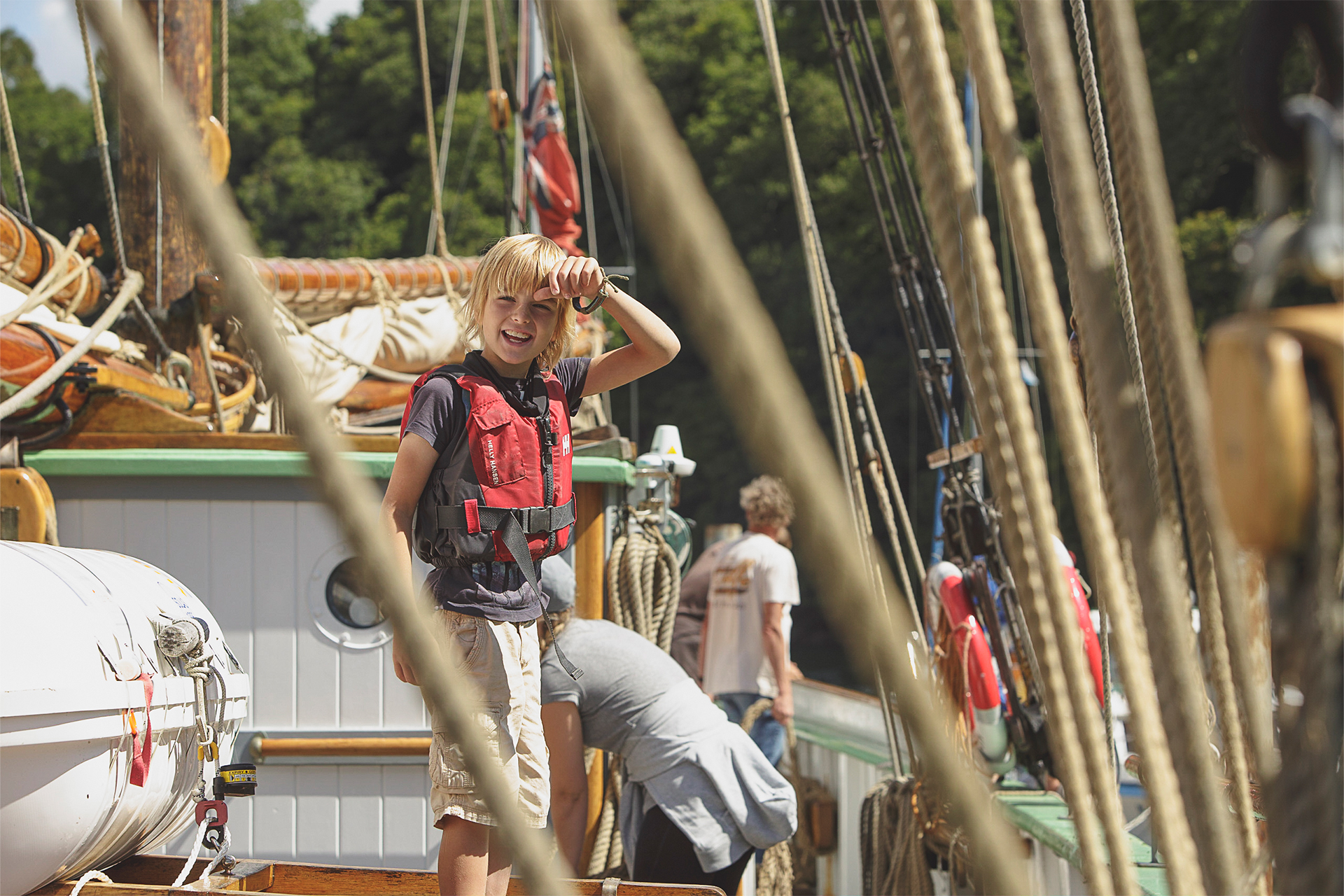
Whether you’re dreaming of Scandinavian summer sailing in Denmark, luxurious escapades in Indonesia, embarking on a thrilling adventure aboard a historic ship in Italy, or sailing the crystal-clear waters of the Saronic Islands in Greece, we have curated an array of remarkable experiences to cater to every family’s desires. Keep reading to discover five of the best family sailing holidays for 2024, handpicked by VentureSail.
1. Greek Island Sailing on Zorba
A short flight to Athens and you can be on board Zorba within a couple of hours of landing for your family sailing holiday in Greece. Teenagers will love the Instagram-worthy turquoise waters and out-of-this world scenery. There is also the chance for the whole family to swim, snorkel and explore ancient historic sites all whilst soaking up the Grecian sun. Each island is completely different so no two days are the same – boredom is not an option!

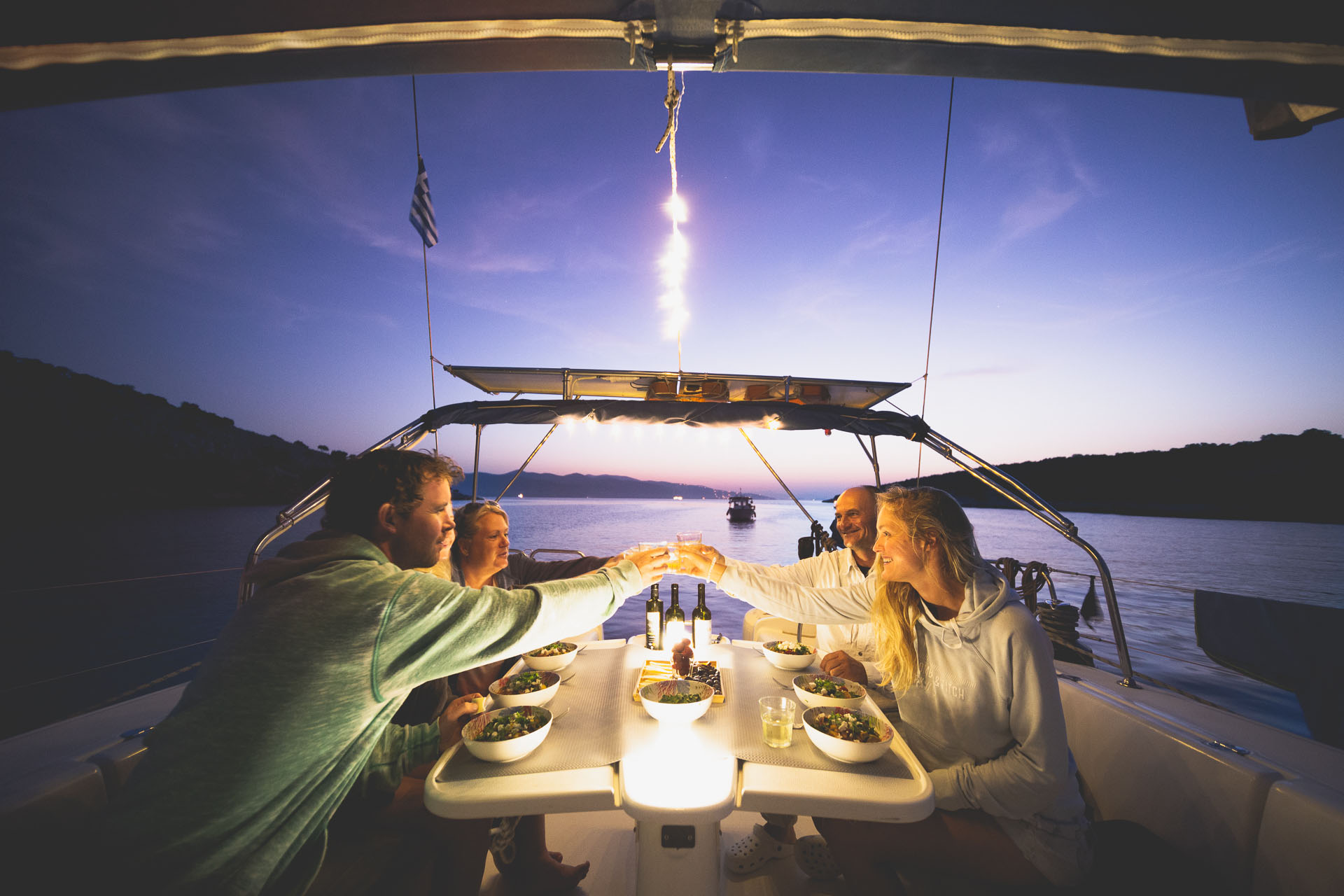
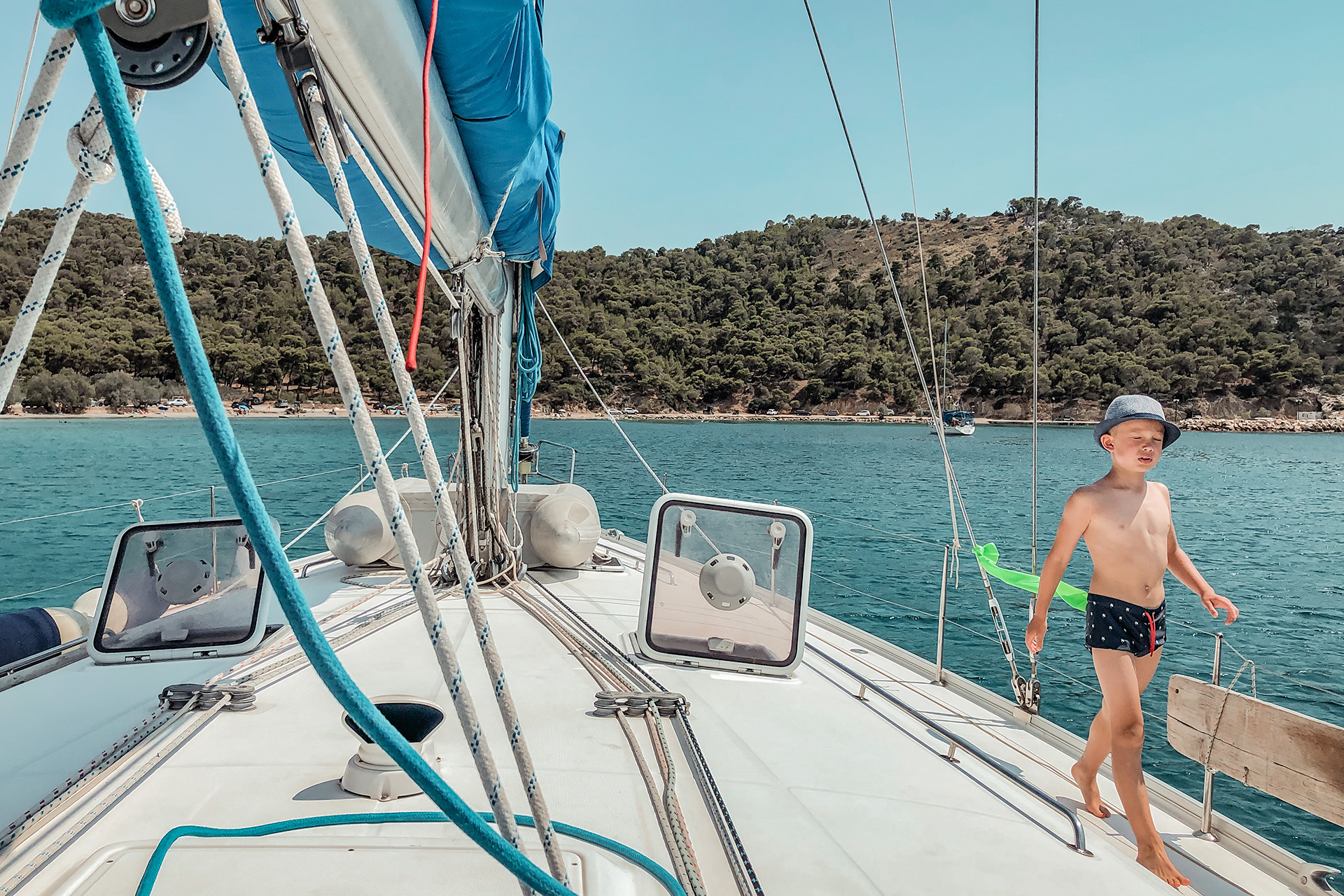
Warm evenings are spent in local taverna’s feasting on delicious traditional Greek cuisine. It’s the perfect way to switch off, relax and get back to simple family pleasures while enjoying good food, fabulous weather and comfortable accommodation. Owners Aga and Greg are the perfect hosts, making a stress-free sailing experience. The relaxed and friendly atmosphere aboard Zorba encourages quality family time. Spend evenings stargazing from the deck, sharing stories and laughter, and forging bonds that will last a lifetime.
View Zorba‘s 2024 Summer Schedule >
2. Sustainable Family Adventure Holiday in Denmark
A sustainable family sailing holiday in Denmark’s South Funen will certainly capture the imaginations of parents and children alike. Step aboard magnificent schooner Aron, a beautifully preserved historic tall ship. A family sailing holiday with Aron is a journey where time seems to slow down, and the cares of the world fade away. This traditional sailing holiday also presents a unique blend of relaxation, exploration, and cultural immersion. Children will undoubtedly delight in helping hoist the sails and steer the ship, fostering a sense of adventure, teamwork, and independence.

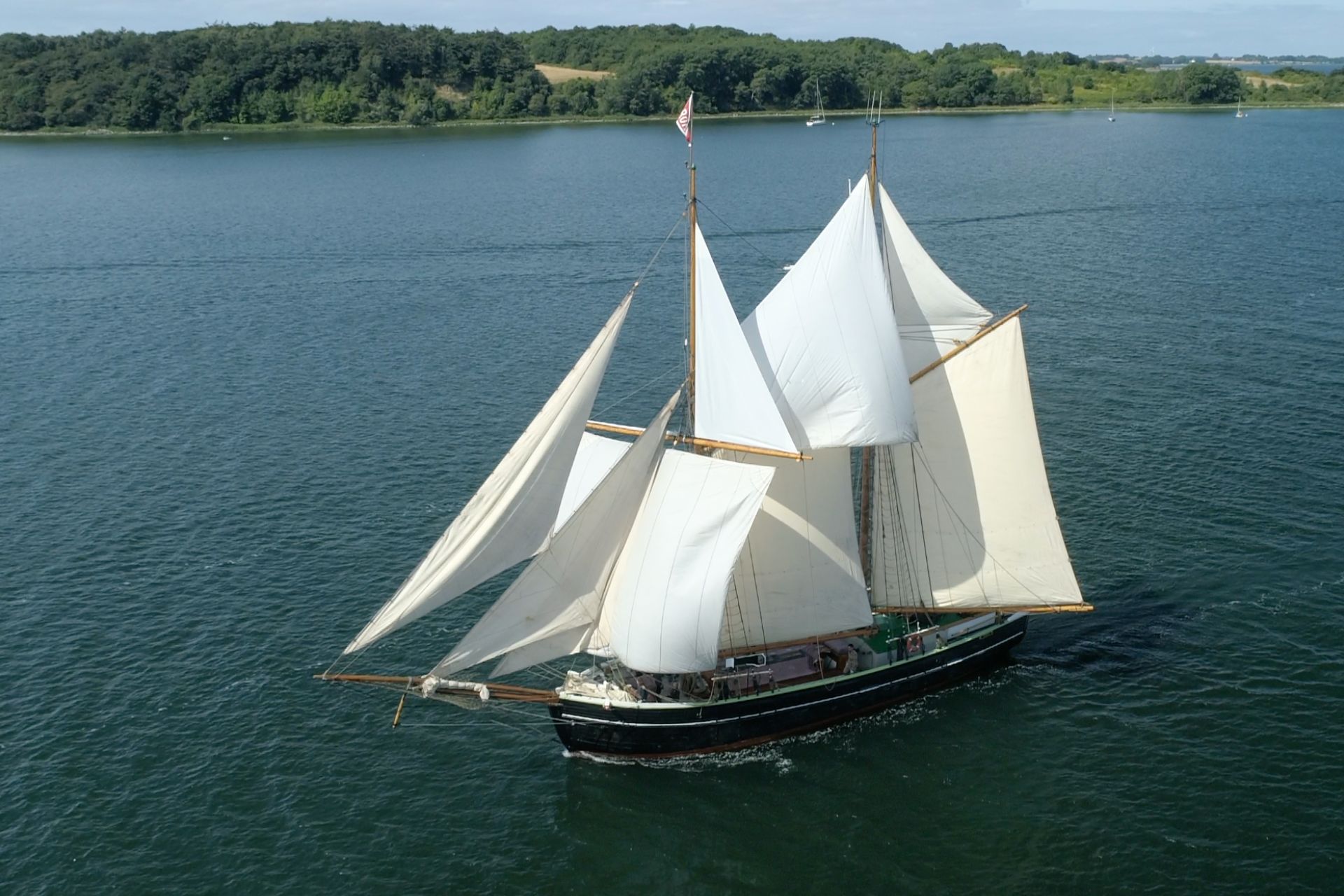
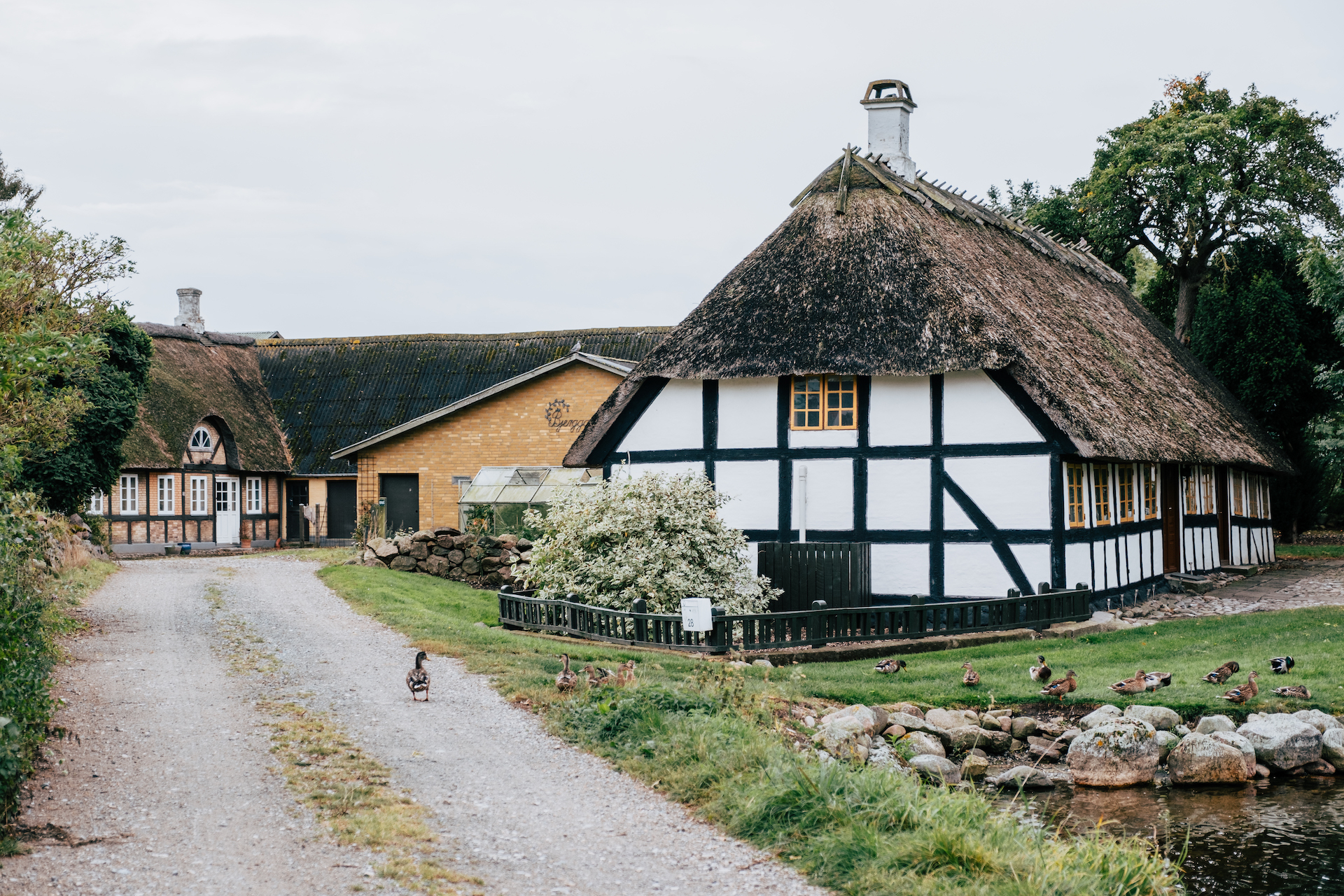
The islands of South Funen reveal a world of enchantment, with each possessing its own distinct personality and landscape. From the charming island of Skaaro, renowned for its delectable ice cream and idyllic thatched cottages, to the fairy-tale town of Ærøskøbing on the island of Ærø, where 18th-century architecture transports you to a bygone era. Embracing the power of the Baltic winds, this journey emphasises ecological consciousness, sustainability, and local experiences.While you indulge in delicious home-cooked meals using locally sourced produce, you can also relish the tranquility of the sea, the sound of wind-filled sails, and the gentle creaking of the wooden ship. Children of all ages are welcome aboard Aron, while it is advisable for younger children to have some prior experience at sea. The ship provides a safe and comfortable environment for families to create lasting memories together.
View Aron of Svendborg’s 2024 Schedule >
3. Adventure Sailing in the Aeolian Islands
Ahoy, pirates! Set sail on a thrilling holiday to the Sicilian islands aboard the historic tall ship Florette. Here families, children, and teenagers will experience the adventure of a lifetime, learning the ropes, whilst exploring this volcanic archipelago. Her Italian family sailing holidays offer a perfect blend of island hopping, exhilarating sailing, and endless opportunities for discovering the fascinating history of the area. The experience of sailing on this magnificent vessel is certainly integral part of the adventure, allowing children and teenagers to witness the power of the wind as they hoist the sails and steer the ship.
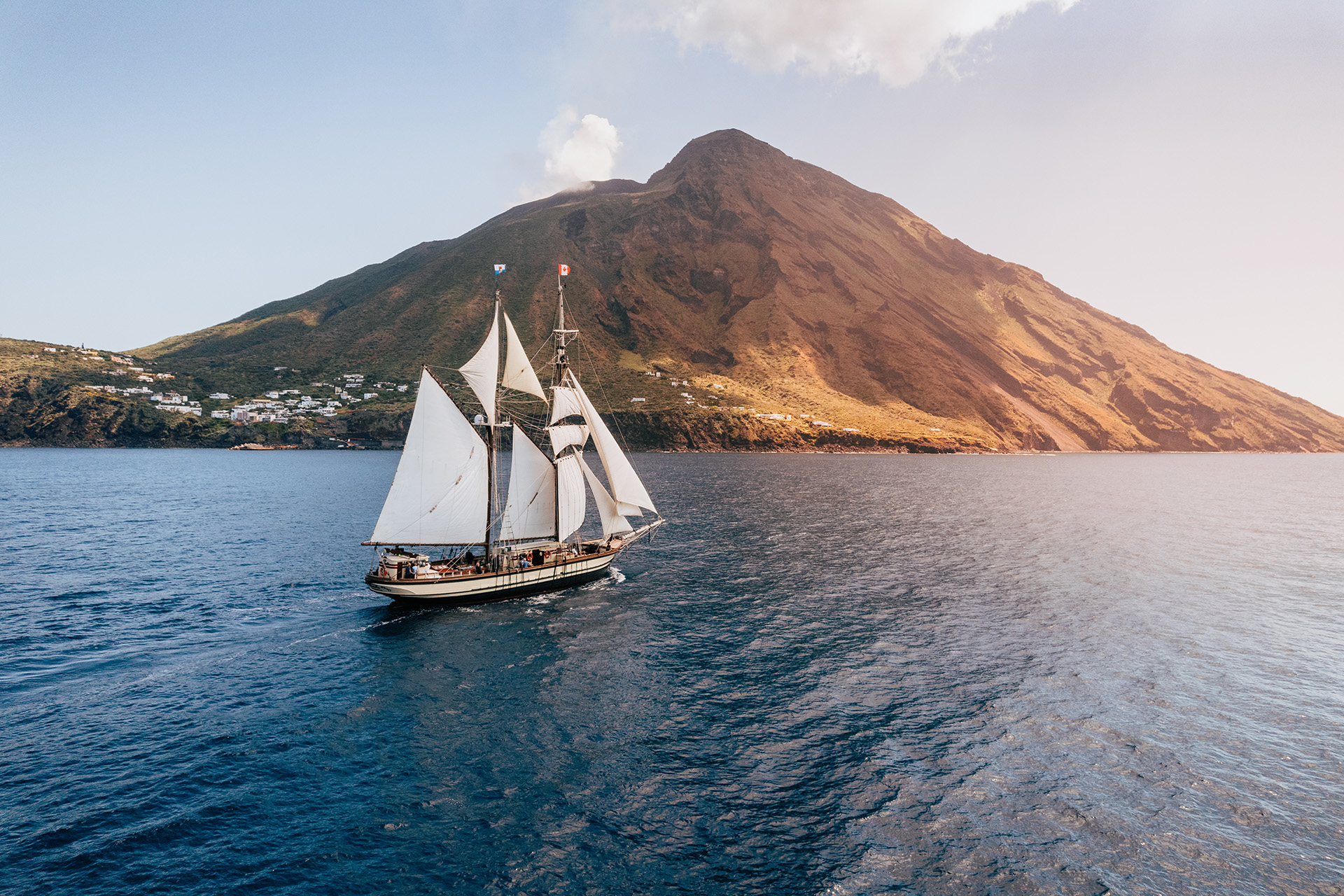

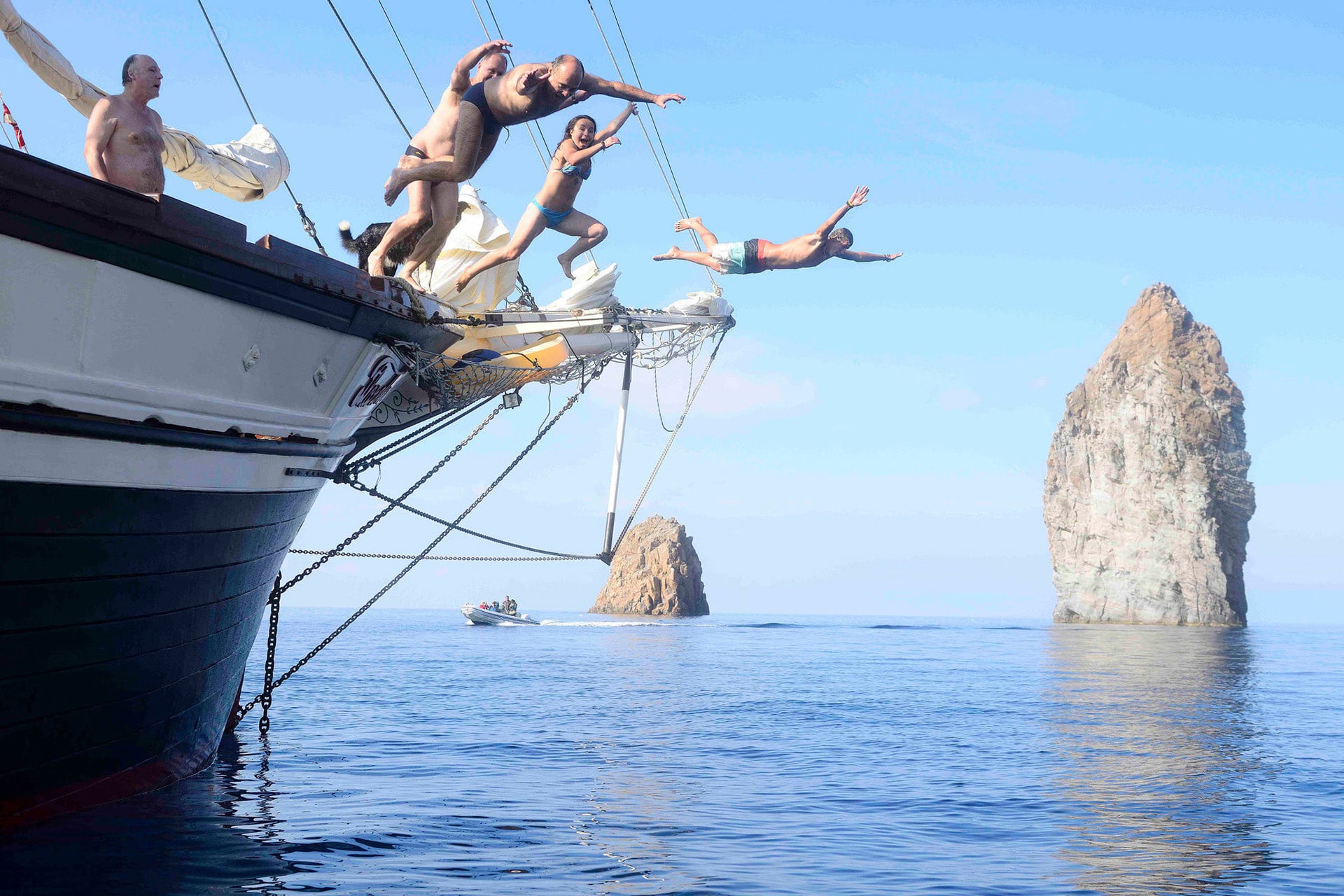
Discover secluded bays of black lava sand, with crystal-clear waters, perfect for swimming, snorkelling, and kayaking. Sailing on board Florette is a true family experience, as Captain Ron, who grew up on the ship himself, now sails with his two daughters. The live-aboard family love nothing more than sharing the ship’s fascinating history with guests, captivating young minds with tales of adventure and exploration.
View Florette’s Sailing Schedule >
4. Luxury family holiday in Indonesia
Set sail on an extraordinary family sailing holiday with traditional Indonesian vessels Katharina and Ombak Putih for a once in a lifetime family adventure to the furthest corners of this island nation. Both vessels offer a range of experiences, from encountering the Orangutans of Borneo to witnessing the mighty dragons of Komodo and swimming alongside the legendary whale sharks. Indonesia’s endemic species, protected coral reefs, and ancient rainforests provide a haven for wildlife enthusiasts and adventure seekers. As you watch the sunrise over the stunning volcanic landscapes, you’ll breathe in the fresh ocean air and immerse yourself in the wonders of Indonesia.
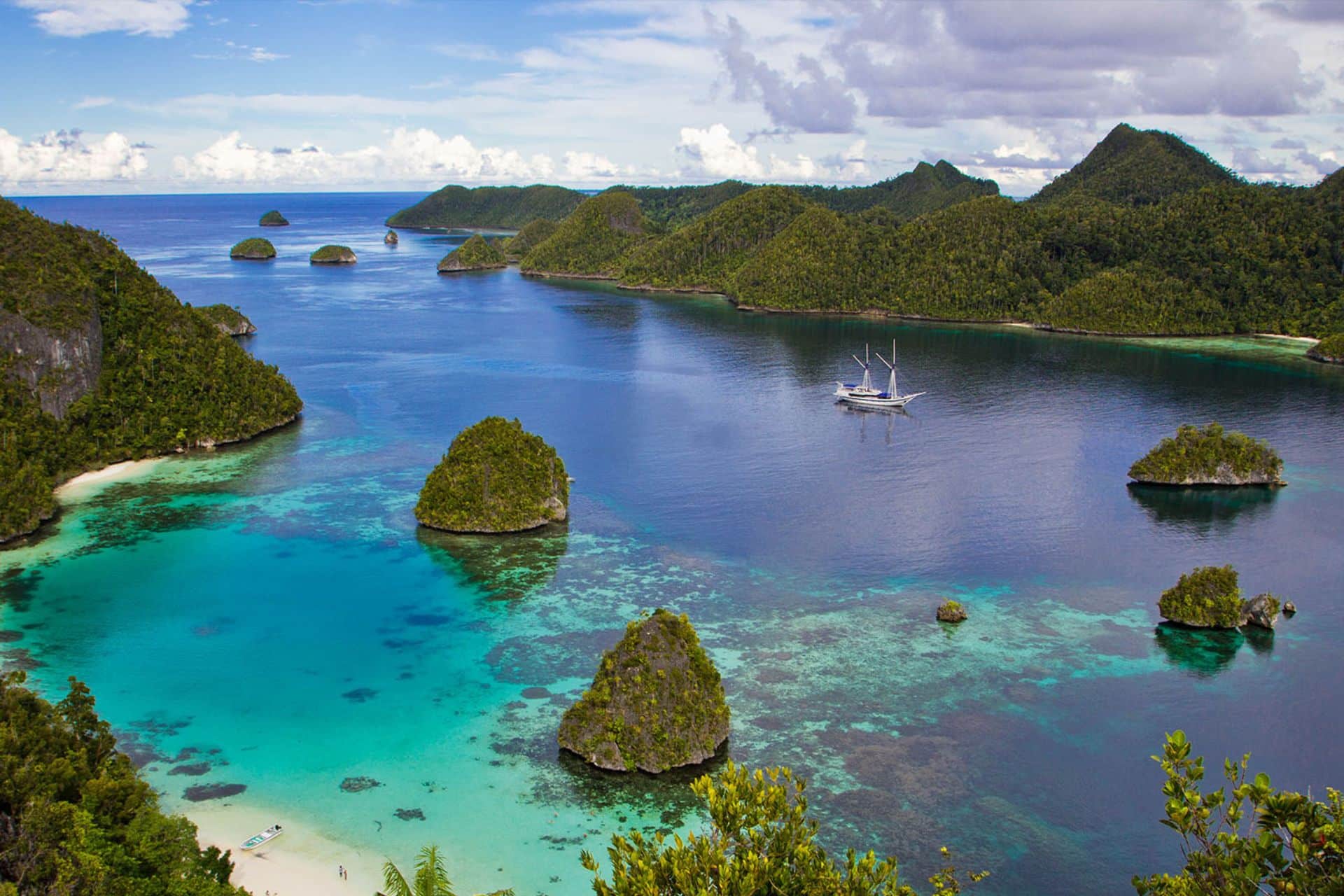
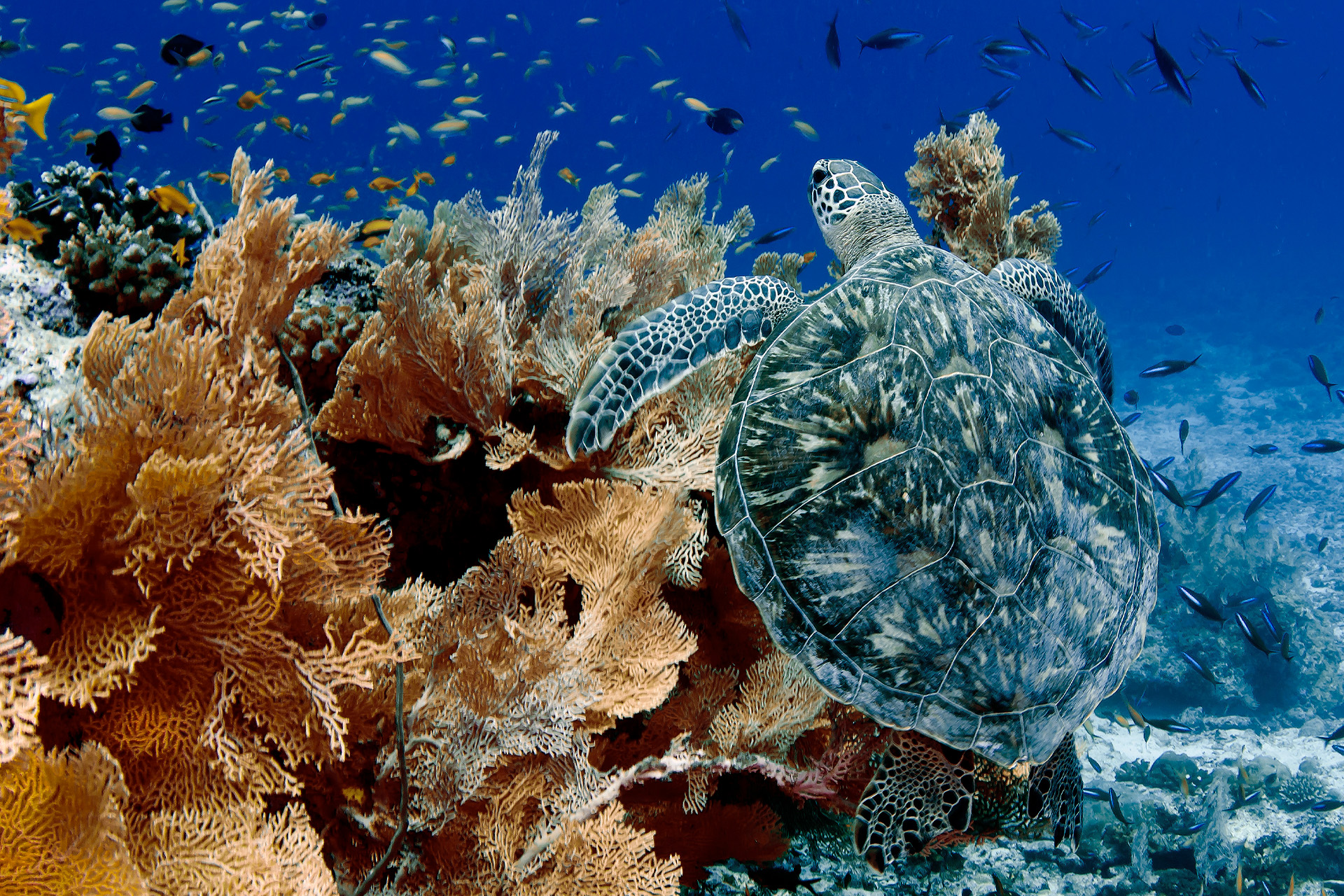
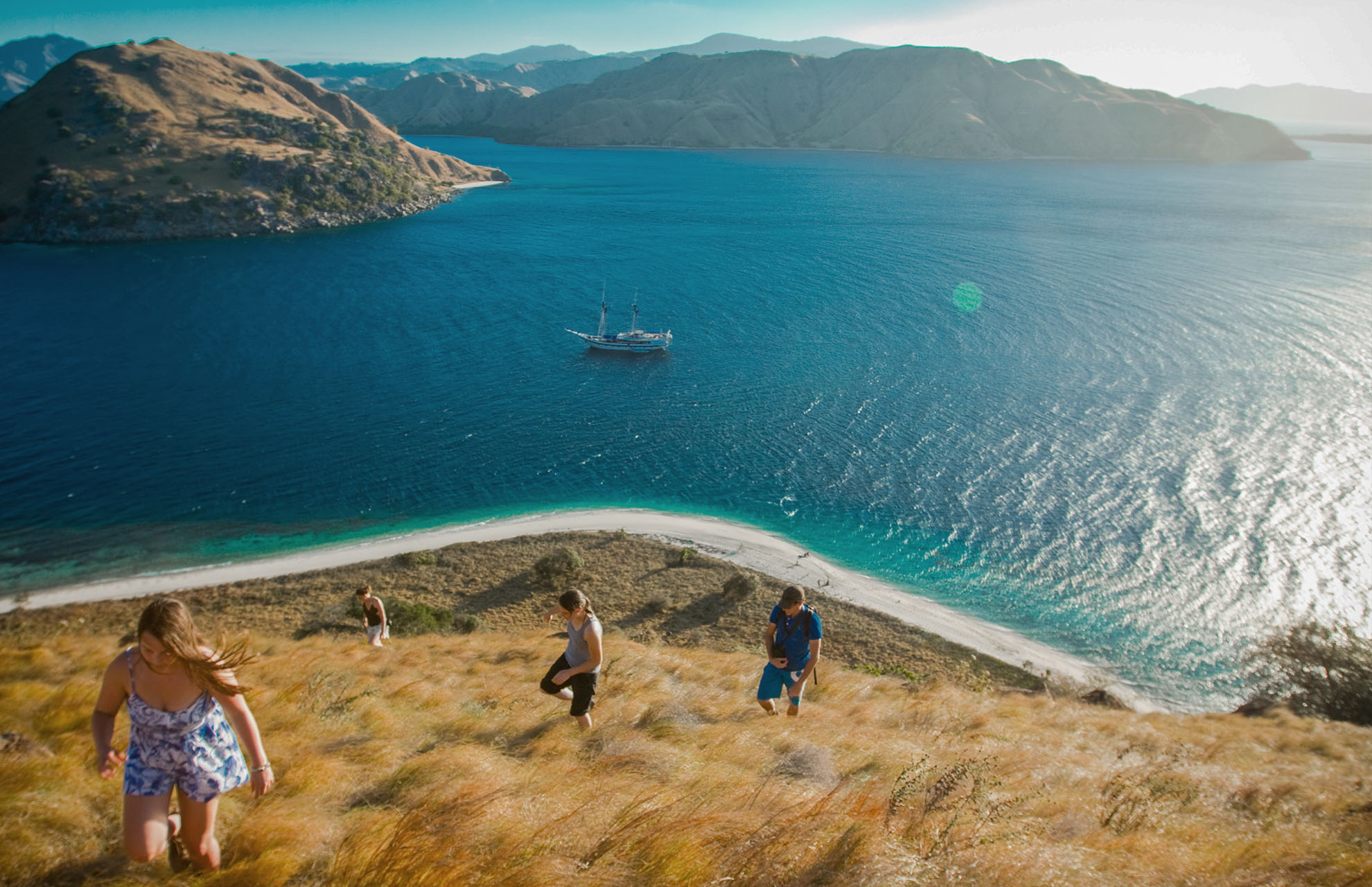
On board both vessels, your family will experience the warmth of Indonesian culture and hospitality. Each ship offers kayaks, snorkeling gear, and SUPs for guests to enjoy, while the attentive crew can organize additional activities ashore. Indonesia’s pristine coral reefs, teeming with a rich variety of marine species, offer unparalleled snorkeling opportunities. Escape the tourist crowds and discover the untouched beauty of these remote areas, where the reefs have flourished undisturbed. Our family sailing holidays in Indonesia provide the perfect chance to explore these remarkable underwater worlds, ensuring a truly unforgettable experience for families, children, and teenagers alike.
View all our family sailing holidays to Indonesia >
5. Private Charter family sailing in Cornwall, Devon, and the Isles of Scilly
Embark on a bespoke private charter on board yacht Emma Claire. Create your own itinerary, and sit back and relax as you explore the coasts of Cornwall and Devon, or even venture across the the Isles of Scilly! Emma Claire’s modern rig and stable hull mean she is the perfect boat for sailing beginners, and can be sailed single-handedly if you’d prefer to sit back and take in the view. Skipper Chris is more than happy to teach children and grown ups the ropes if they’d like to learn!
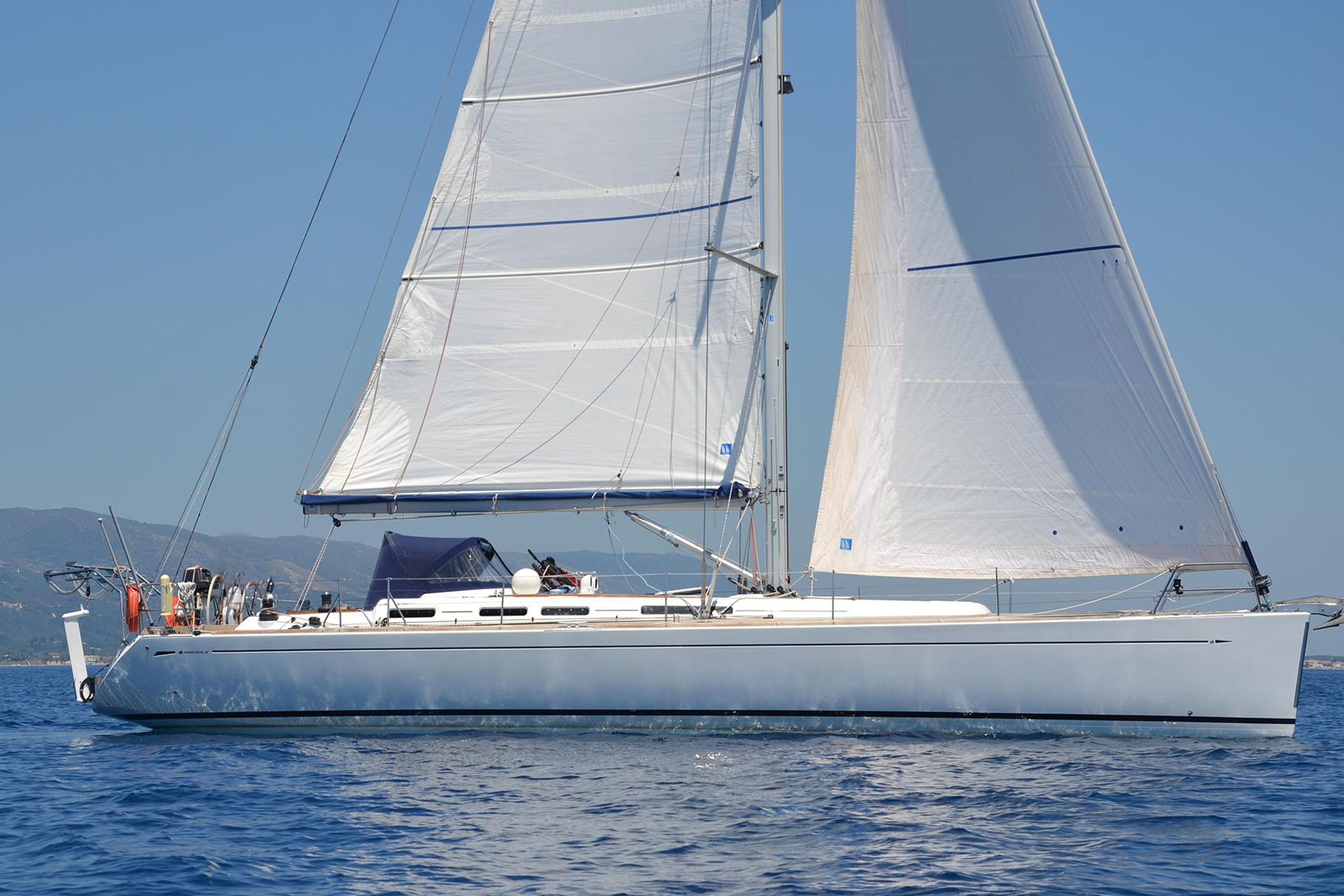
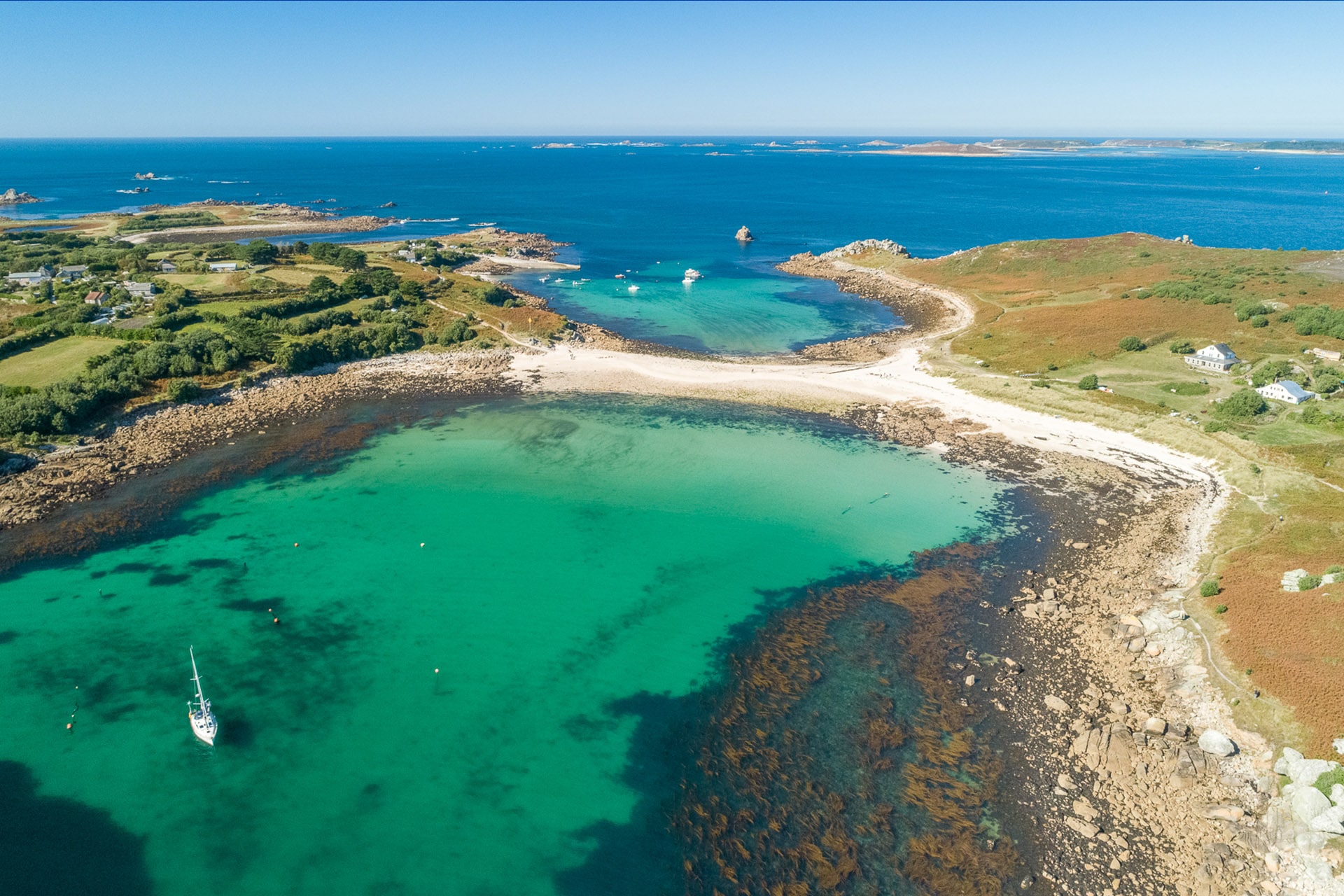
Set sail and explore the quaint Devonshire coast for just a weekend or a longer weeks break. Here you’ll find charming fishing villages and sheltered coastal sailing, perfect for a relaxing family sailing holiday on the water. For more adventurous souls, embark on an adventure to the sub-tropical Isles of Scilly, with the UK’s clearest and warmest waters. Wherever you sail with Emma Claire you’ll have the flexibility to plan your own route and create your perfect adventure on this bespoke family private charter.
View Emma Claire’s private charter schedule >
If you have any questions about a skippered family sailing holiday or would like to find out more please contact [email protected] or call one of our friendly team on 01872 487288.

